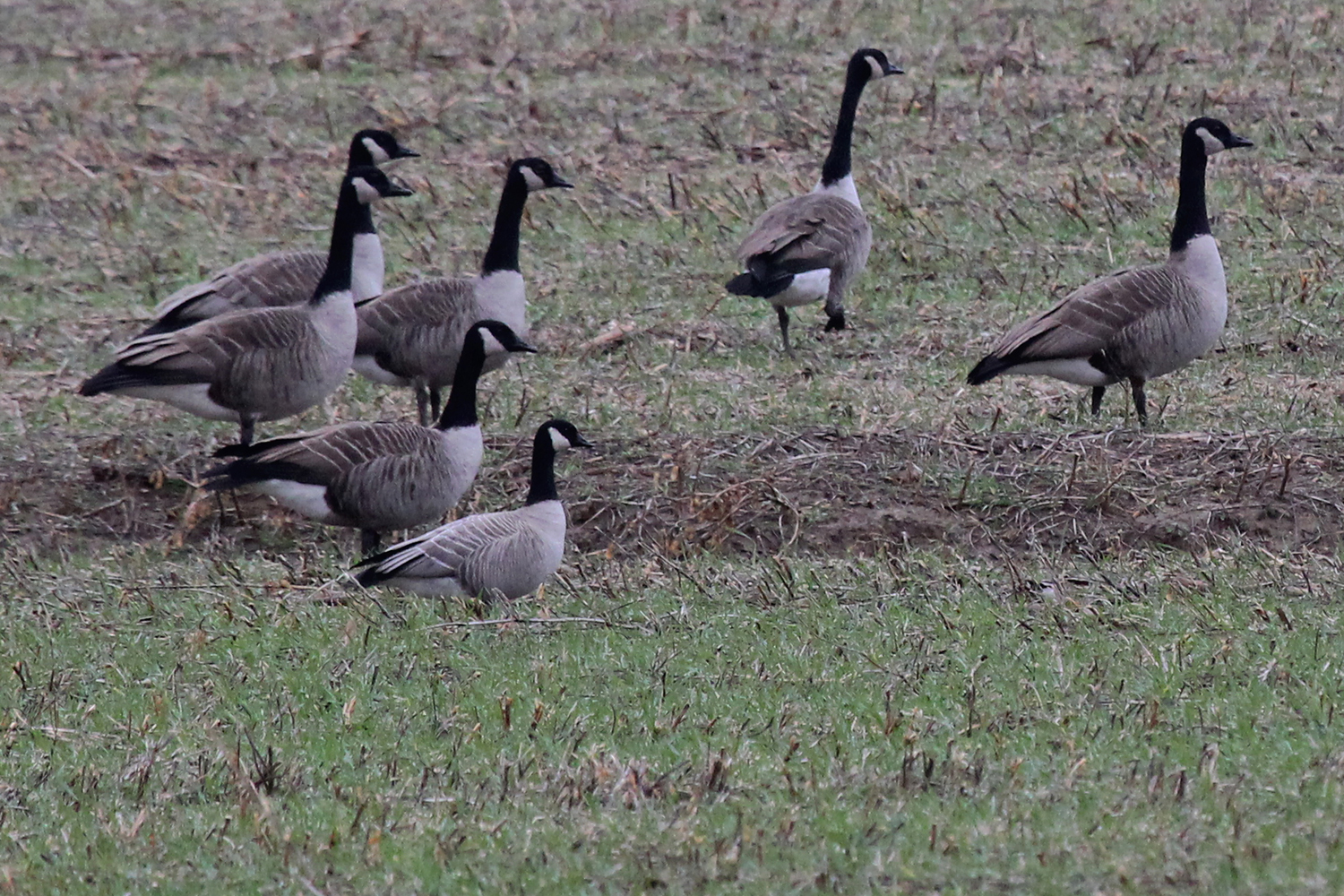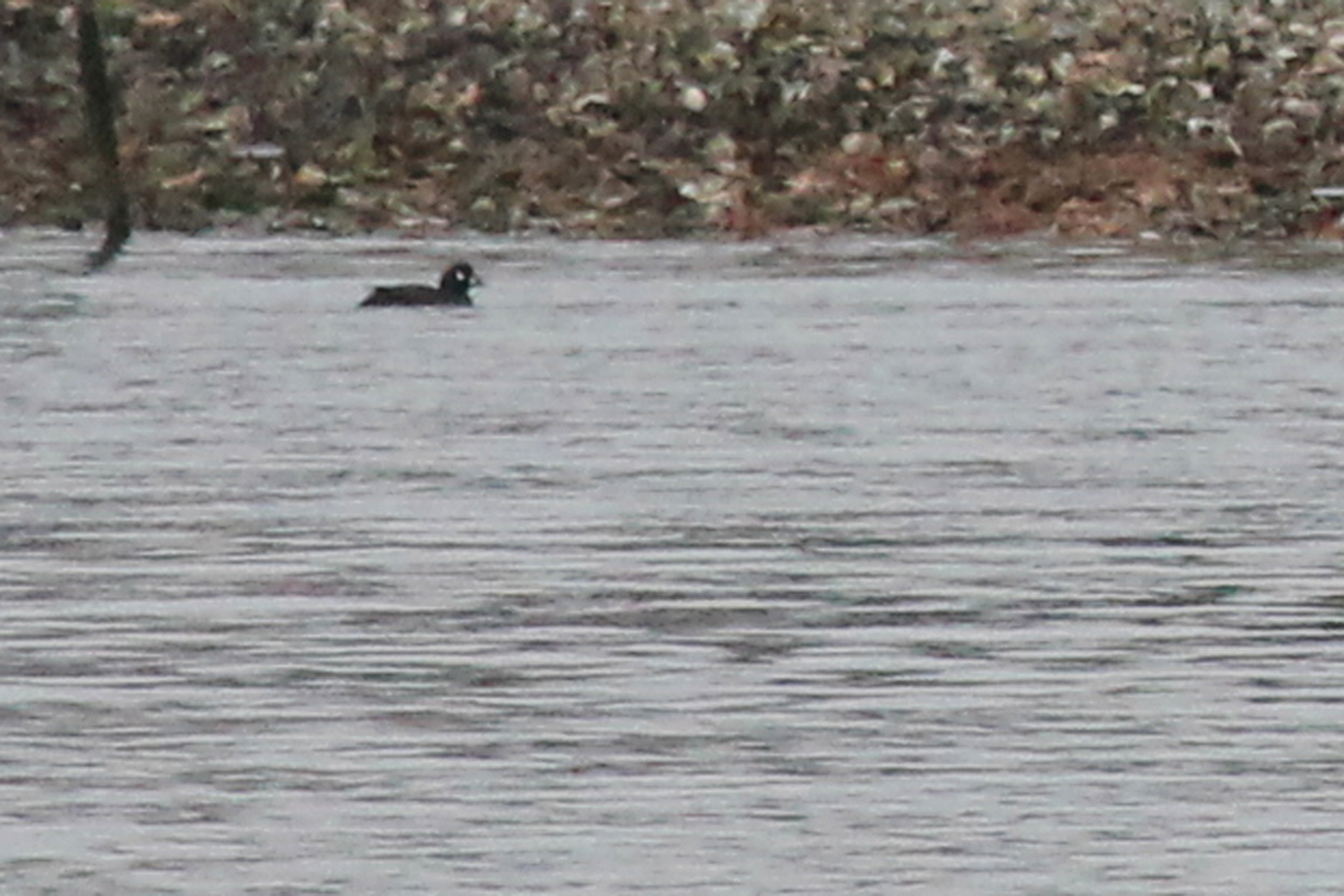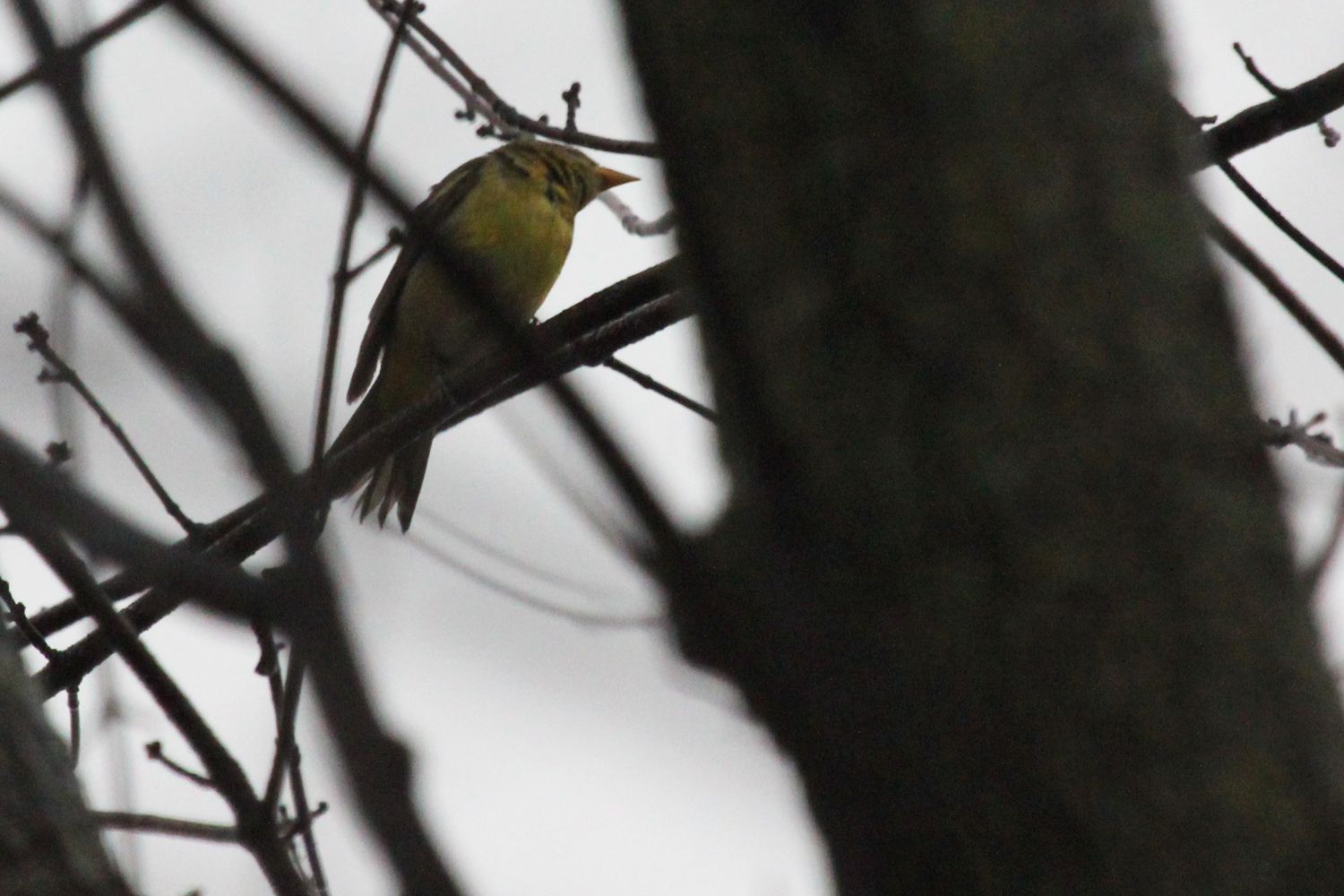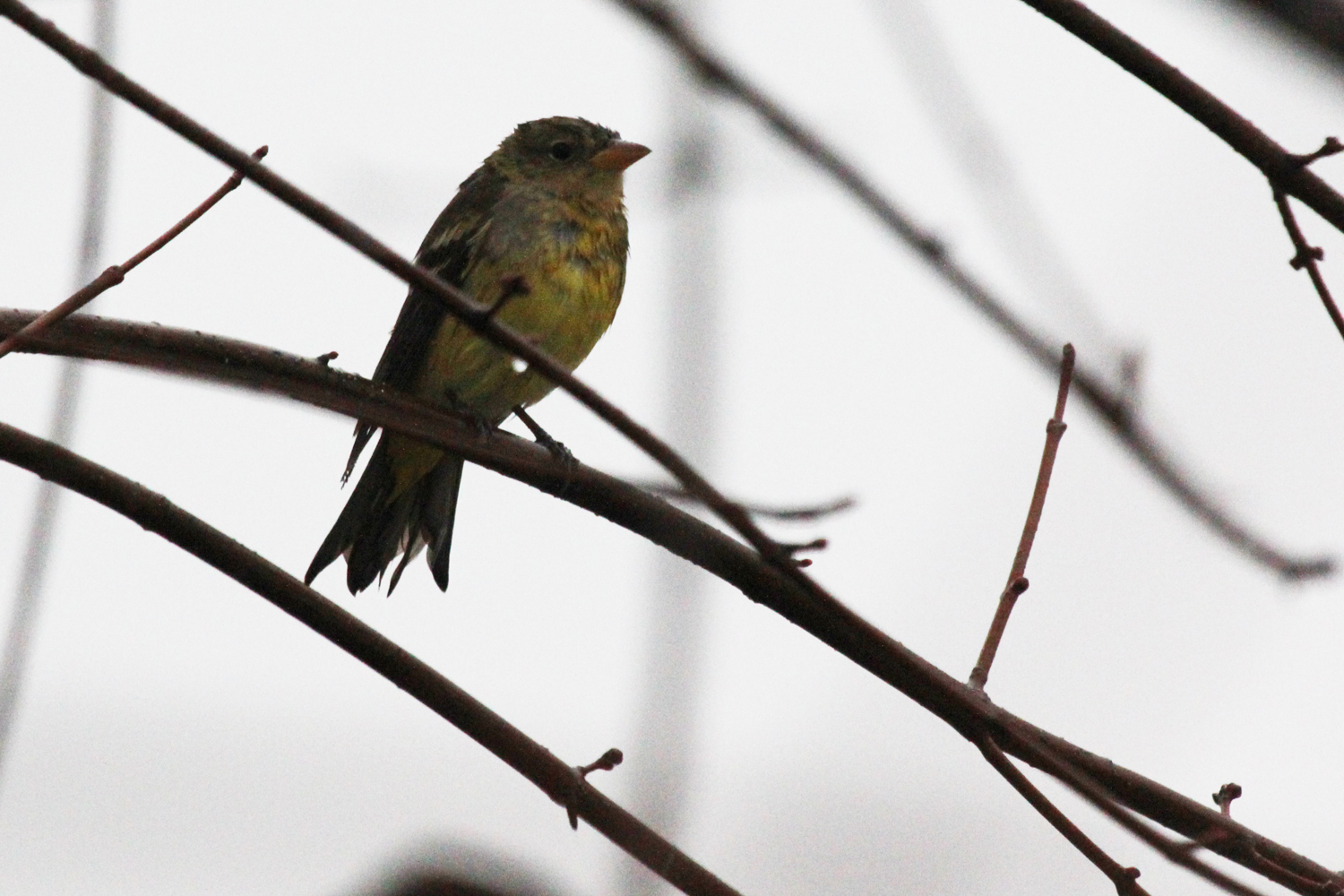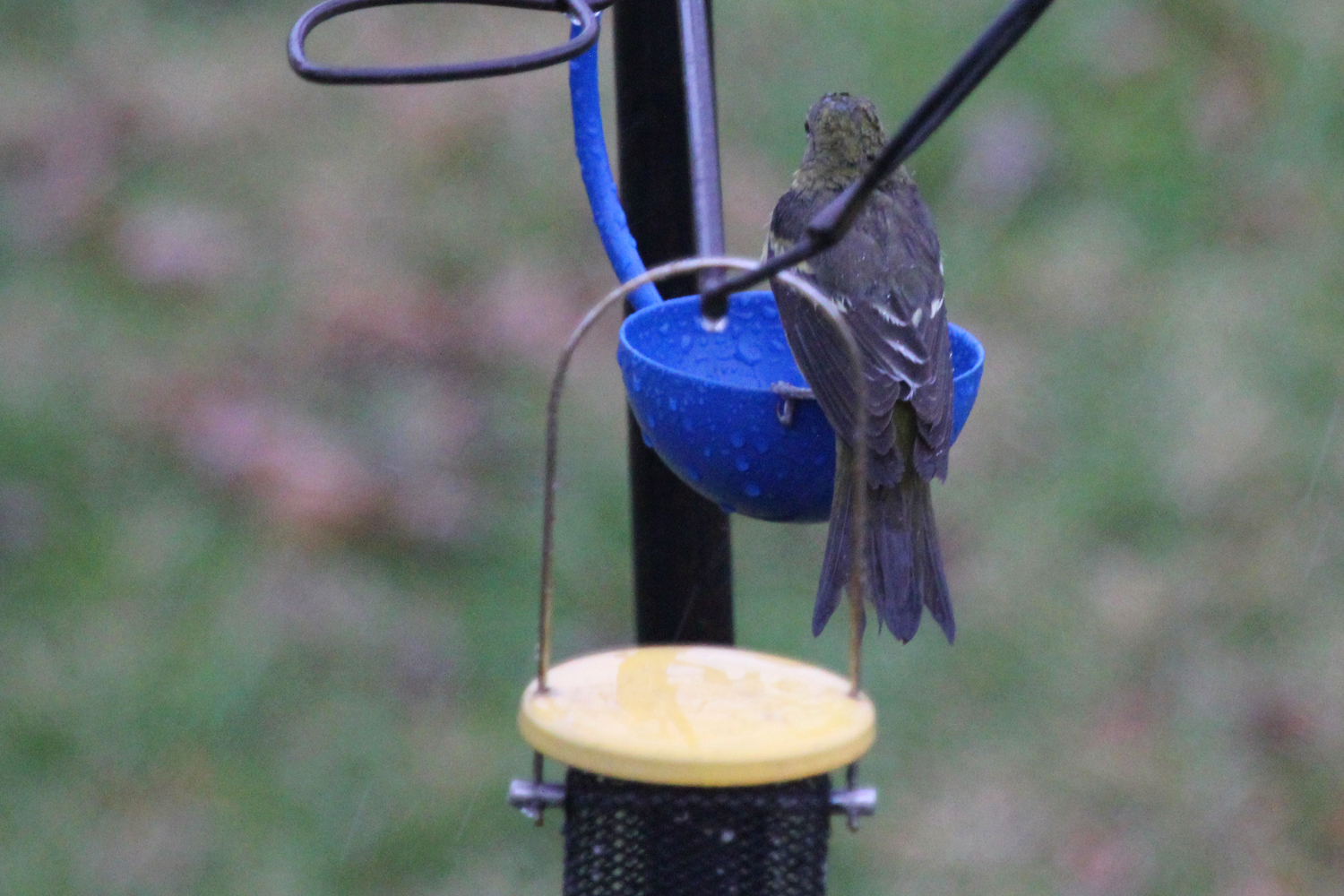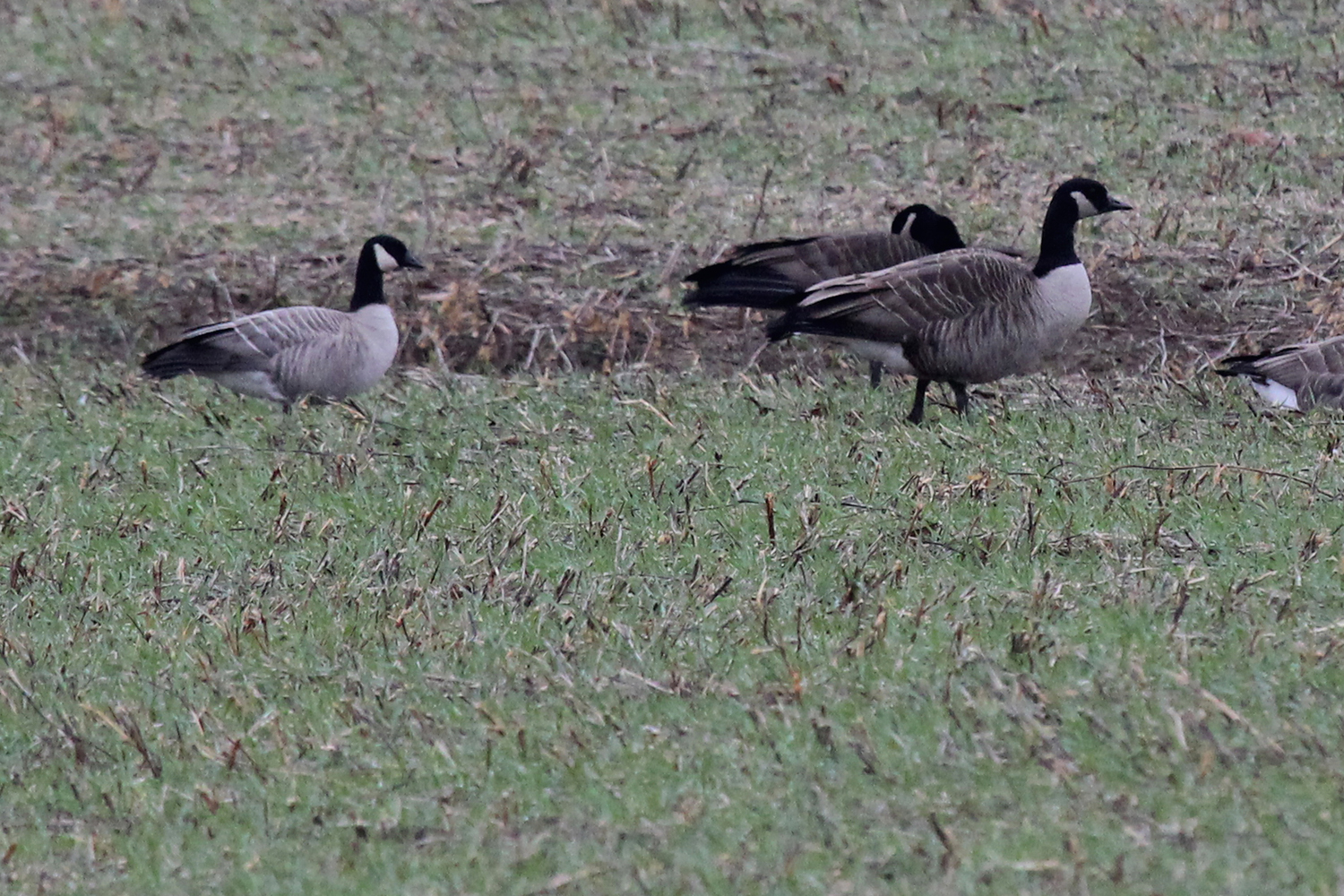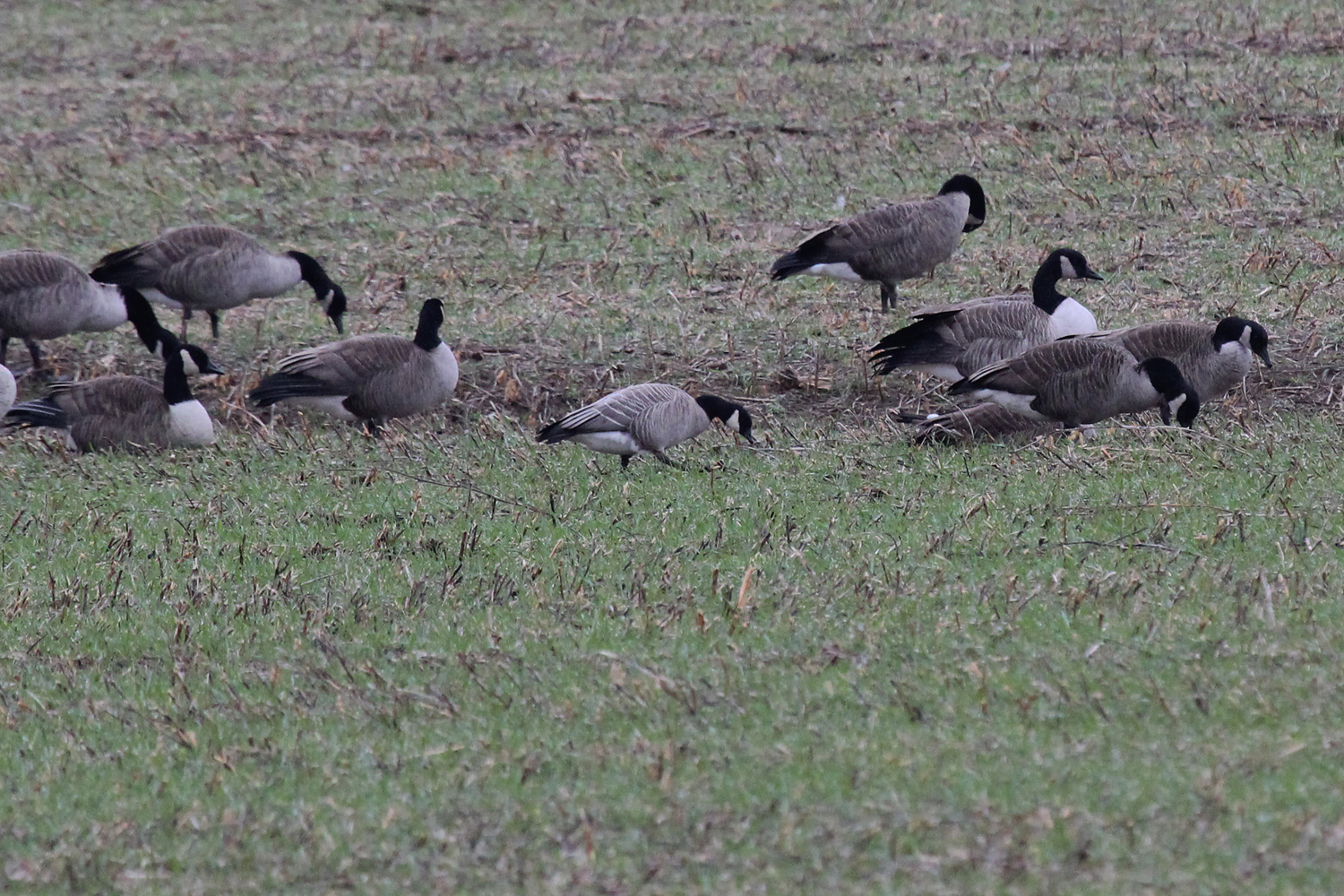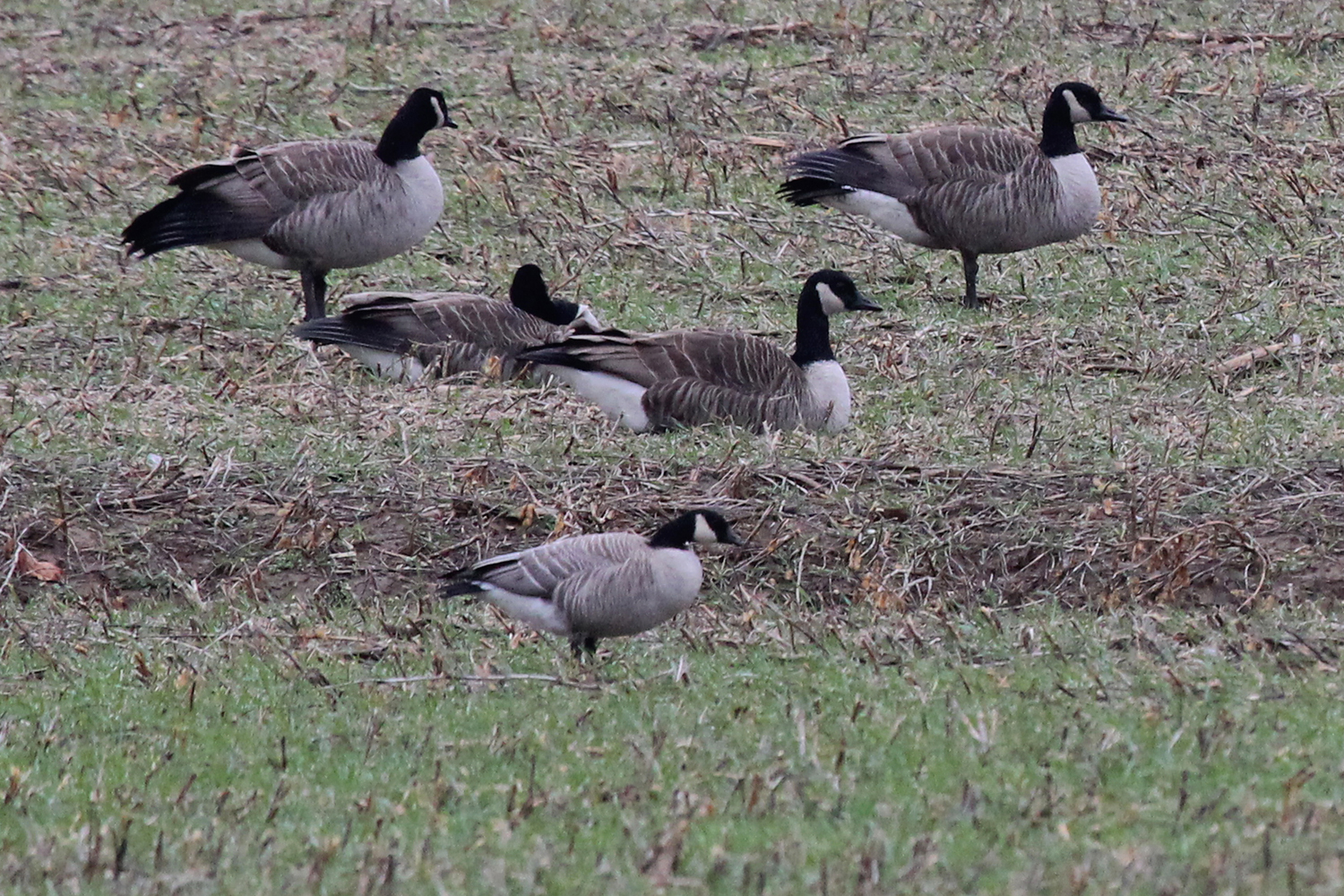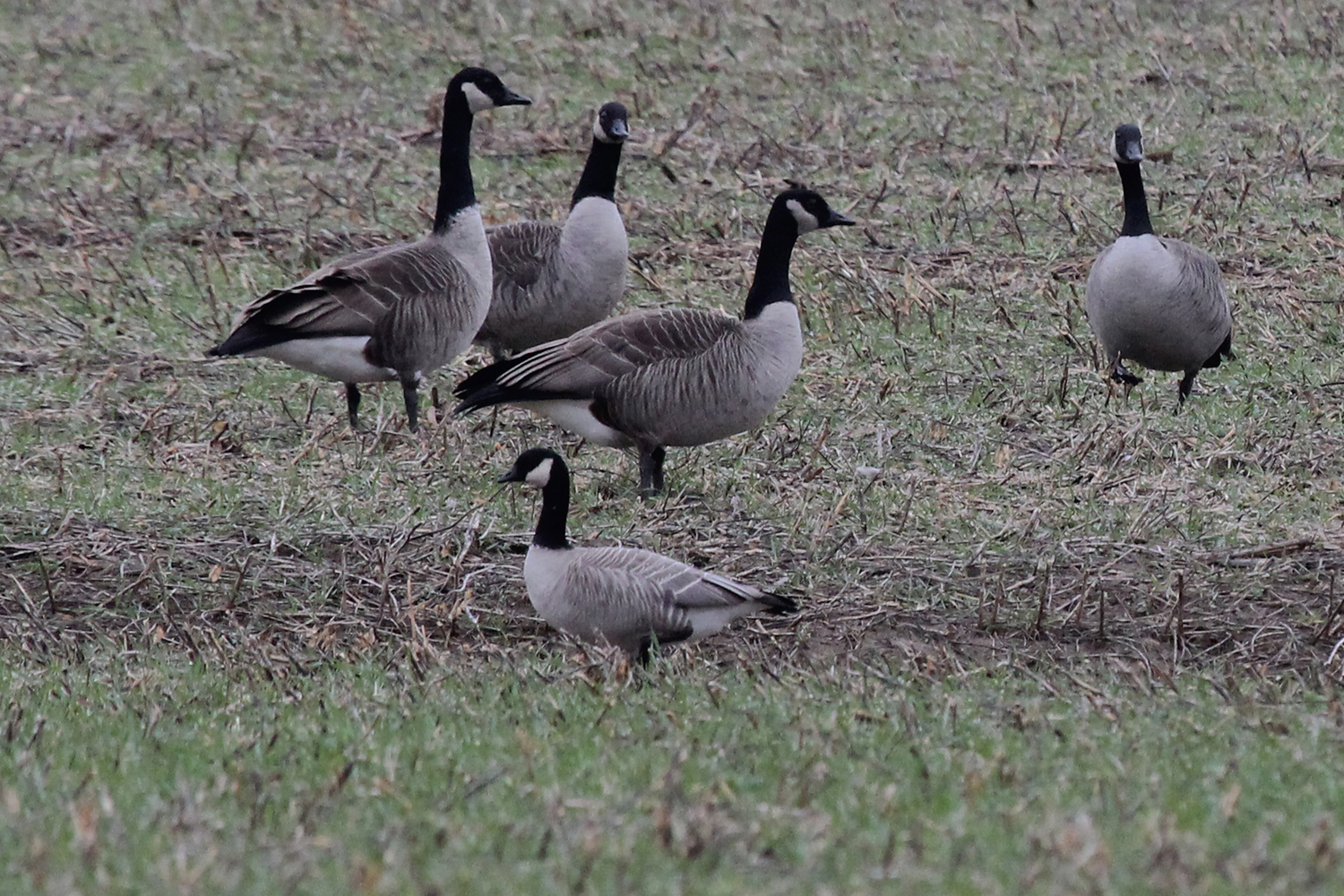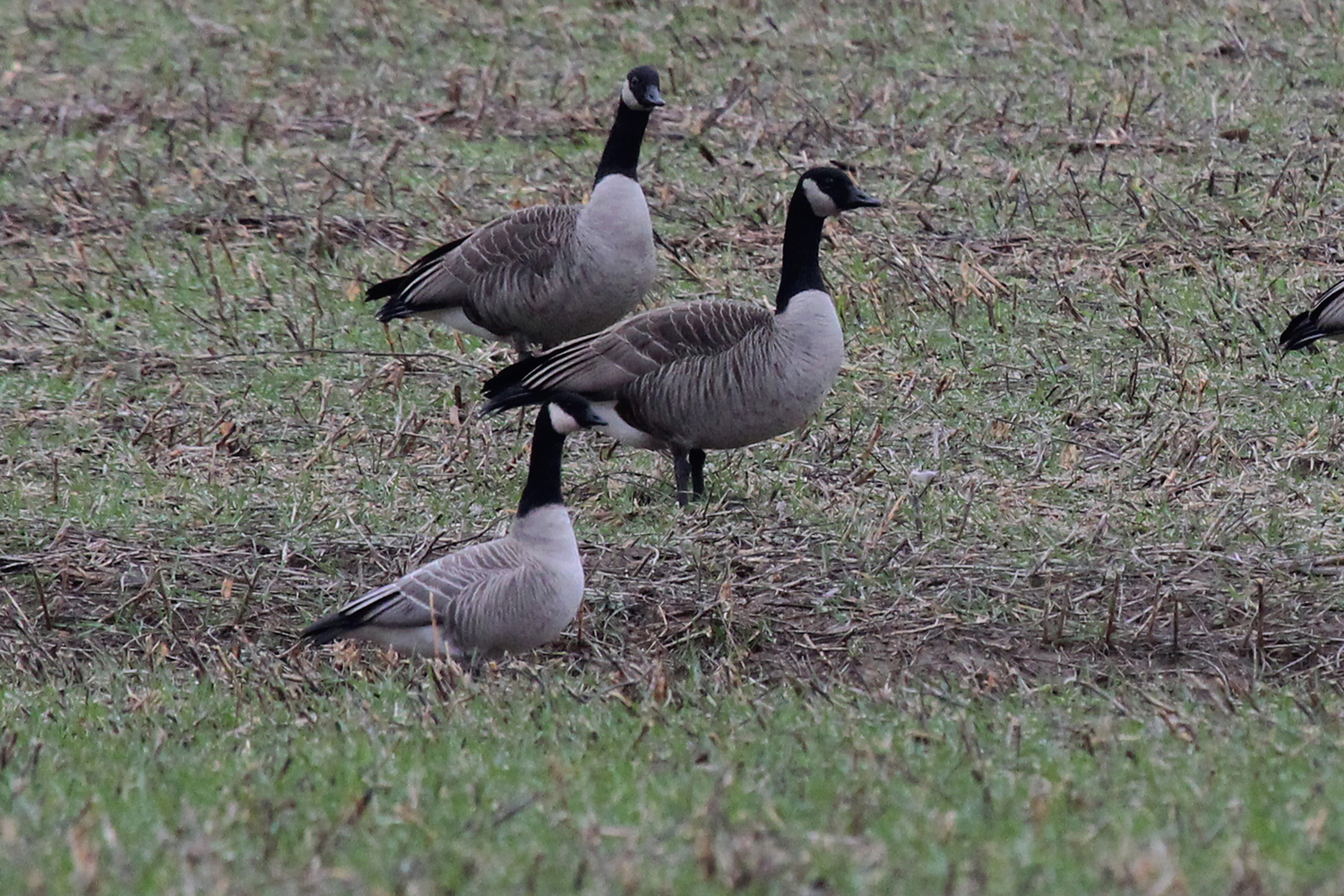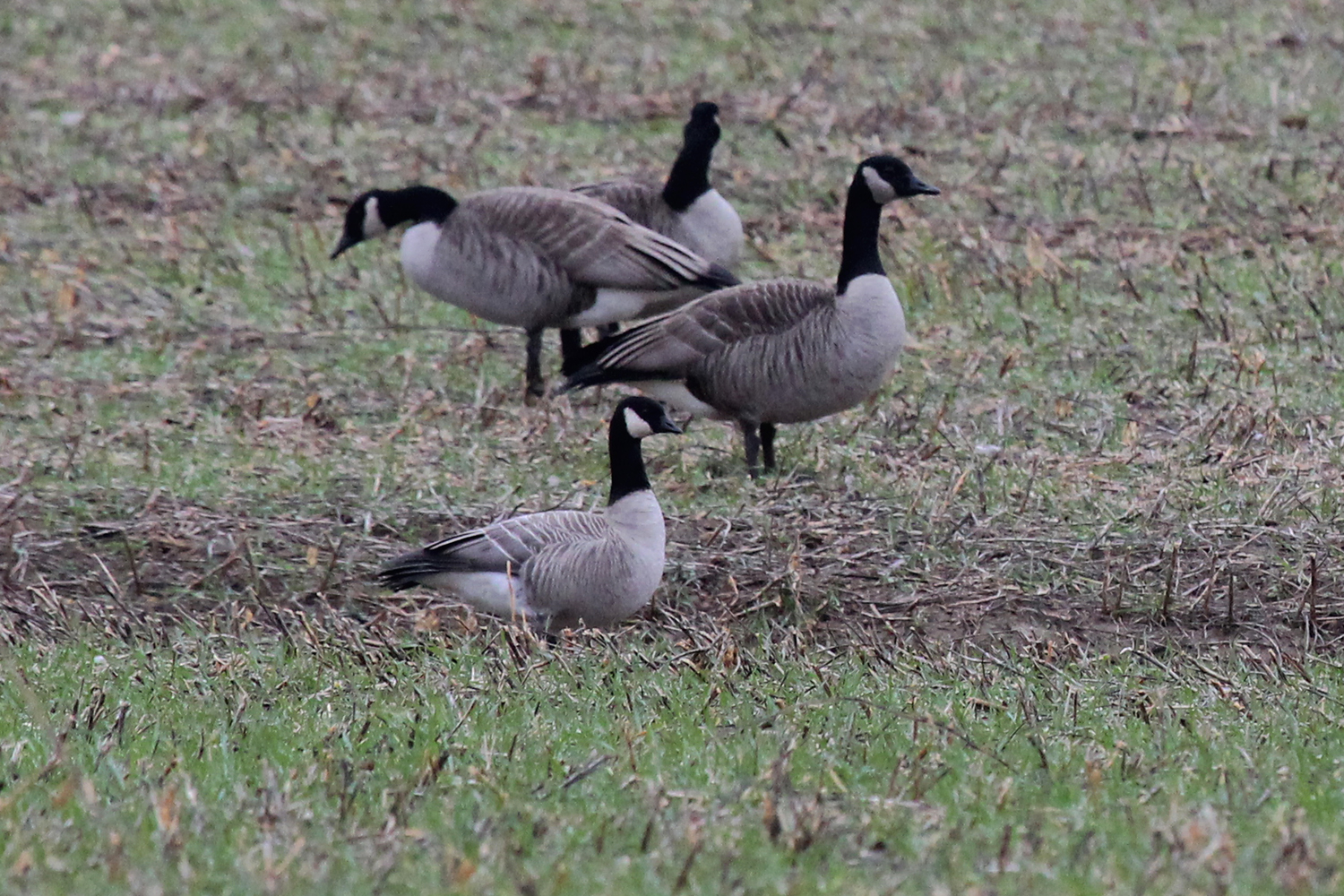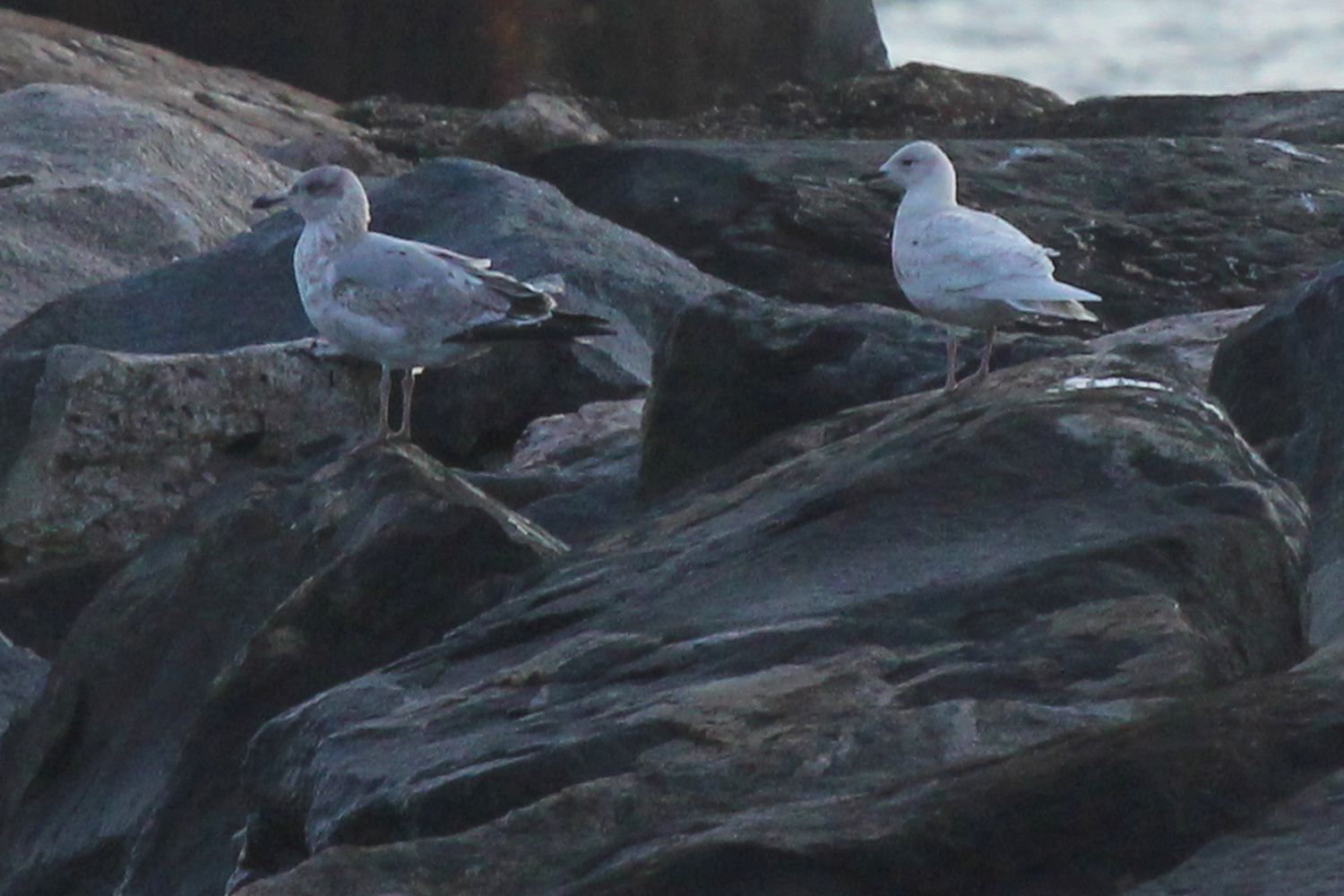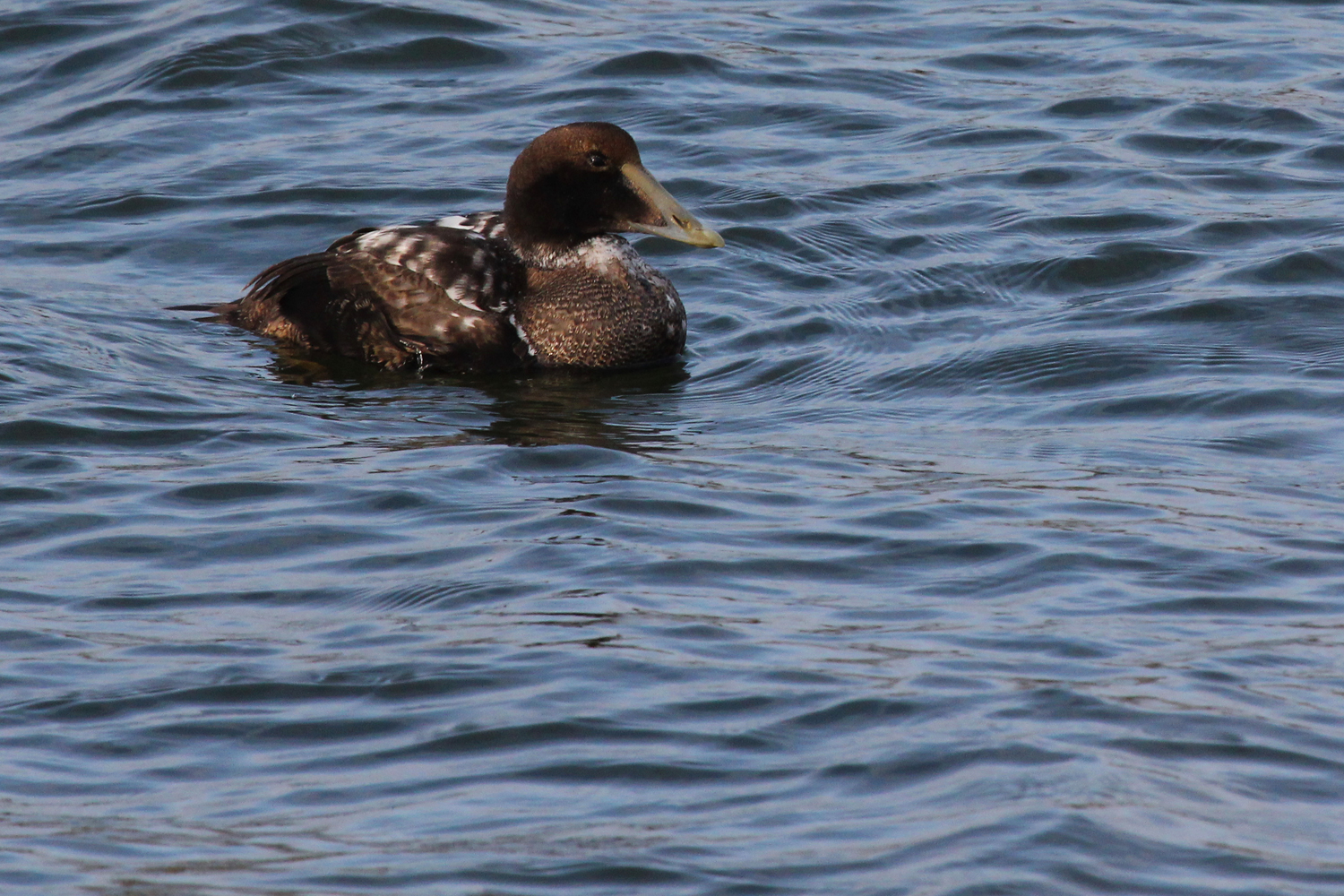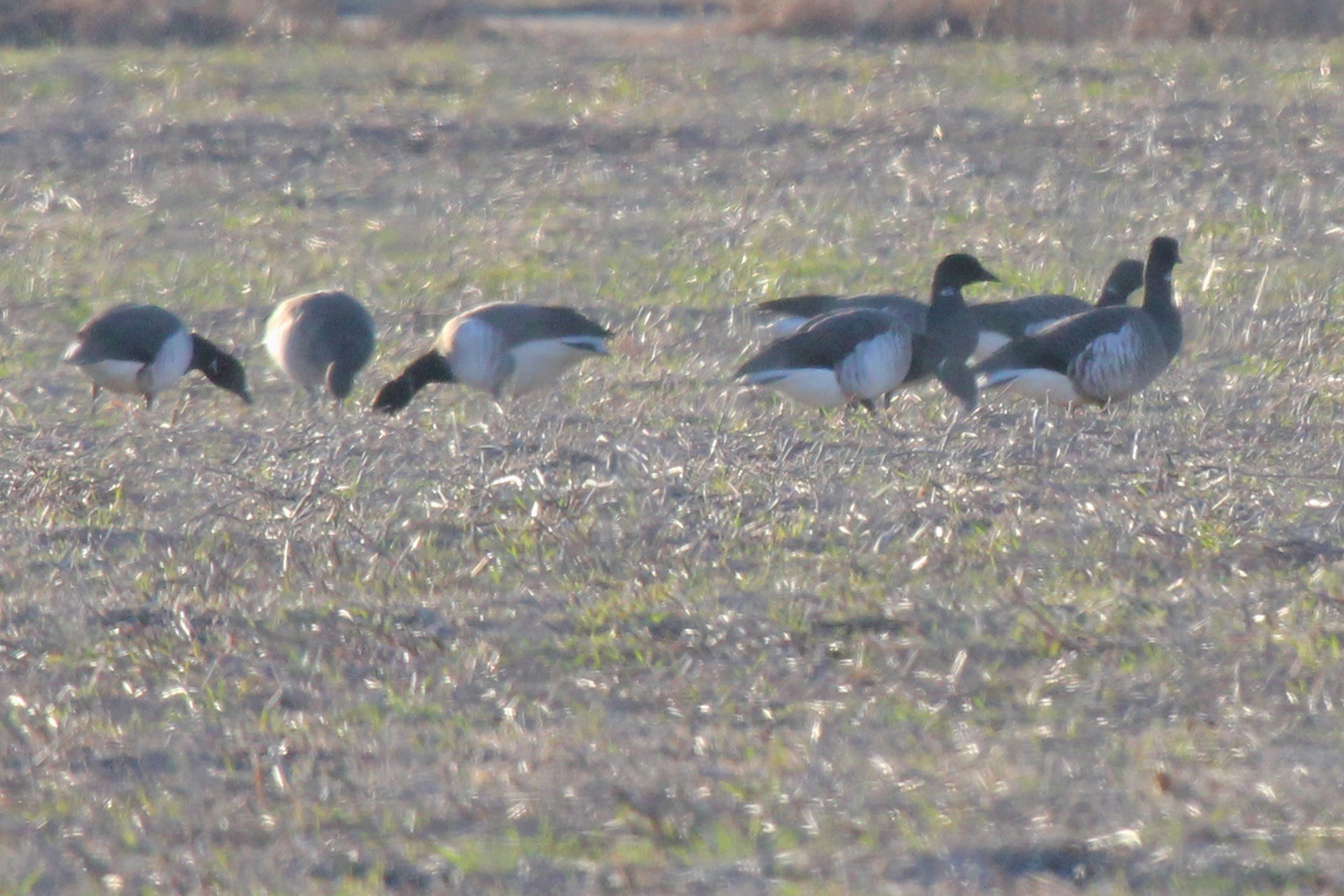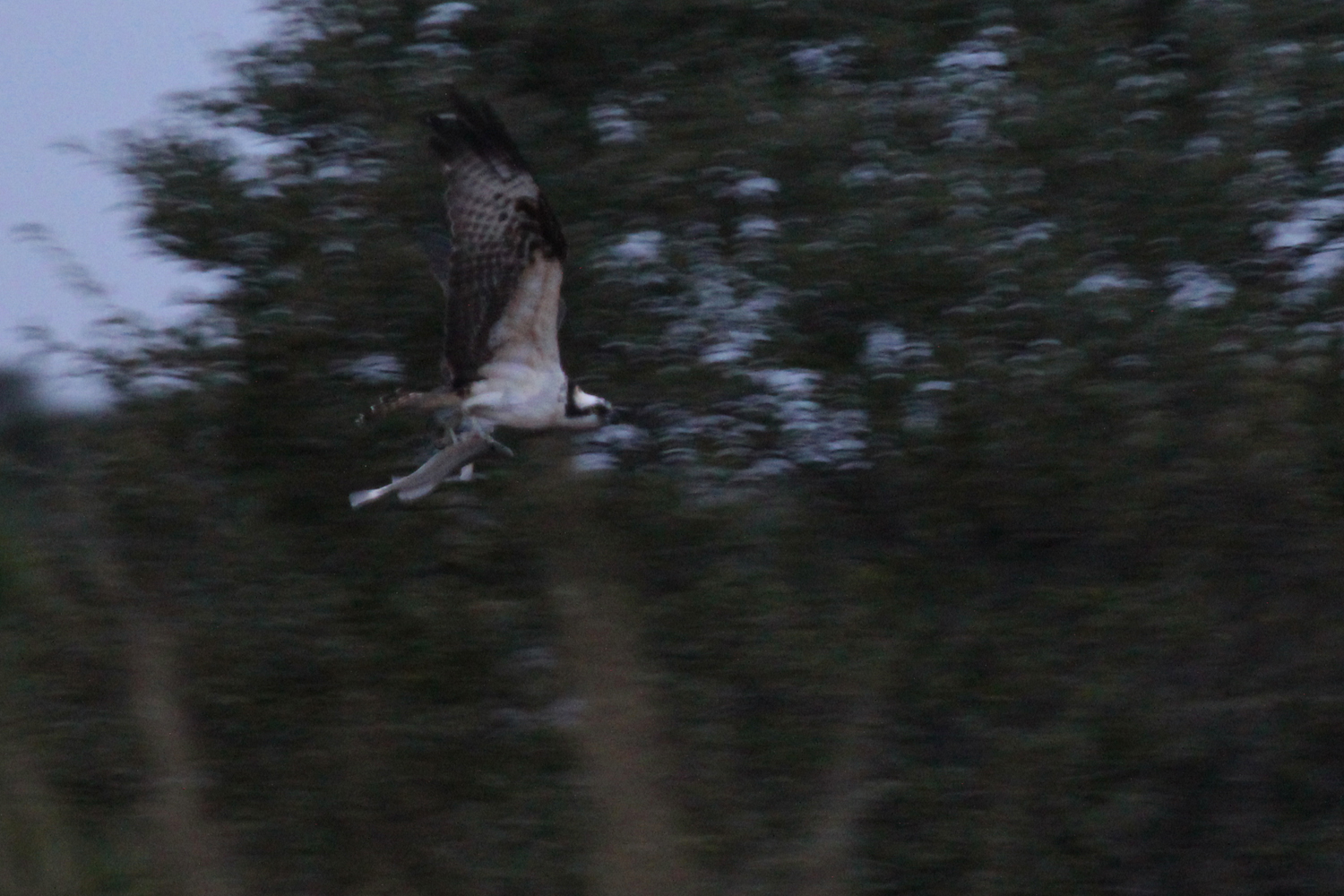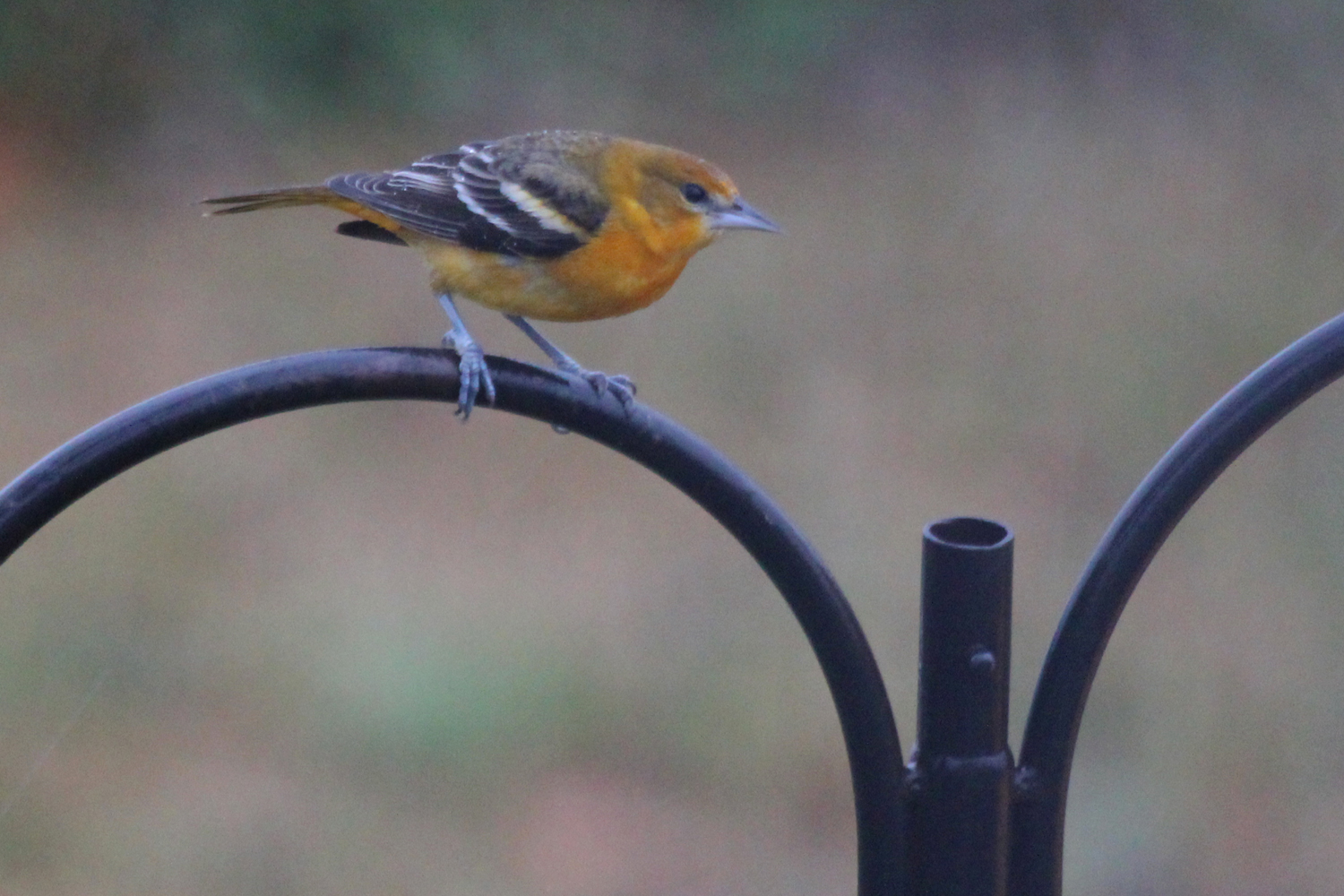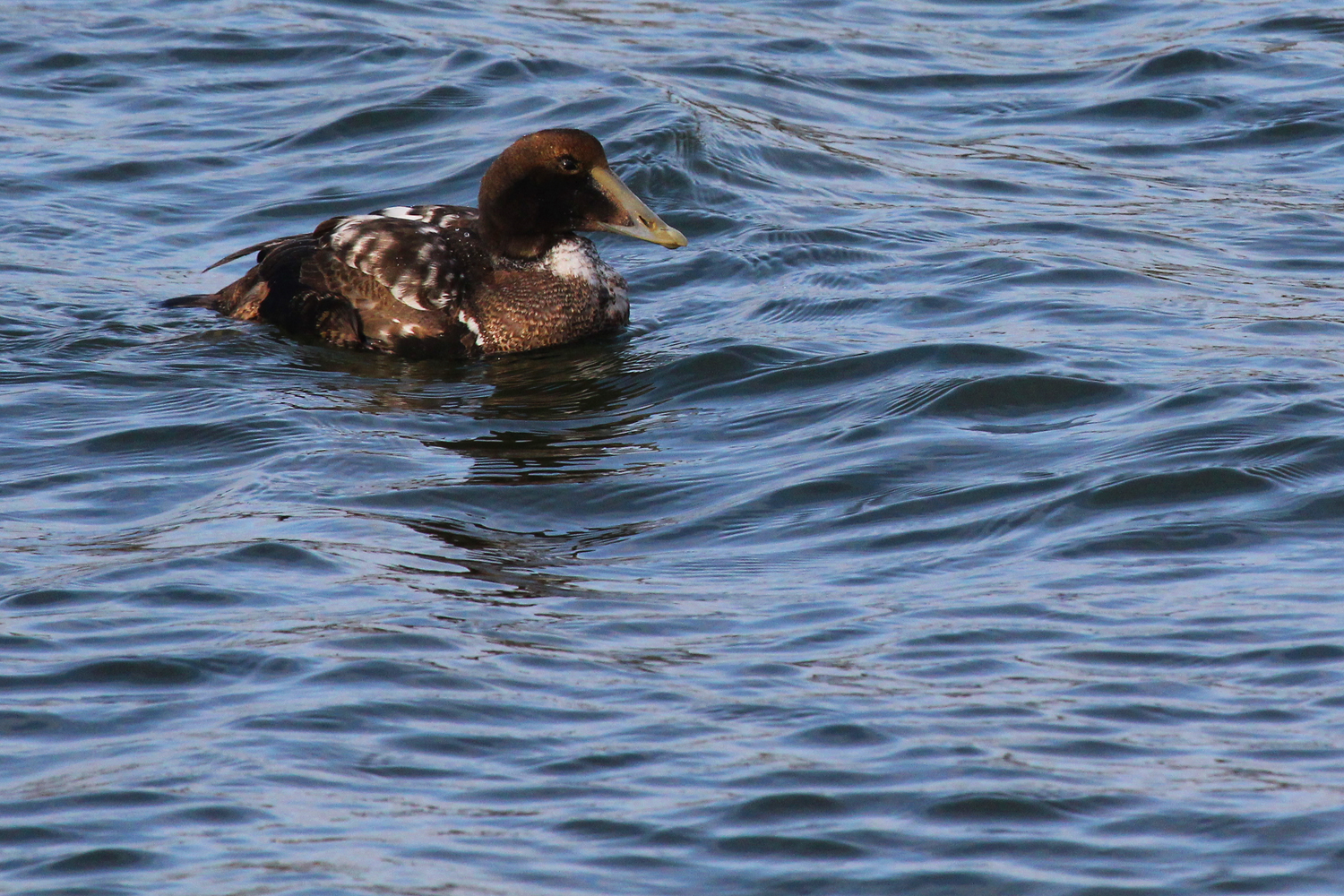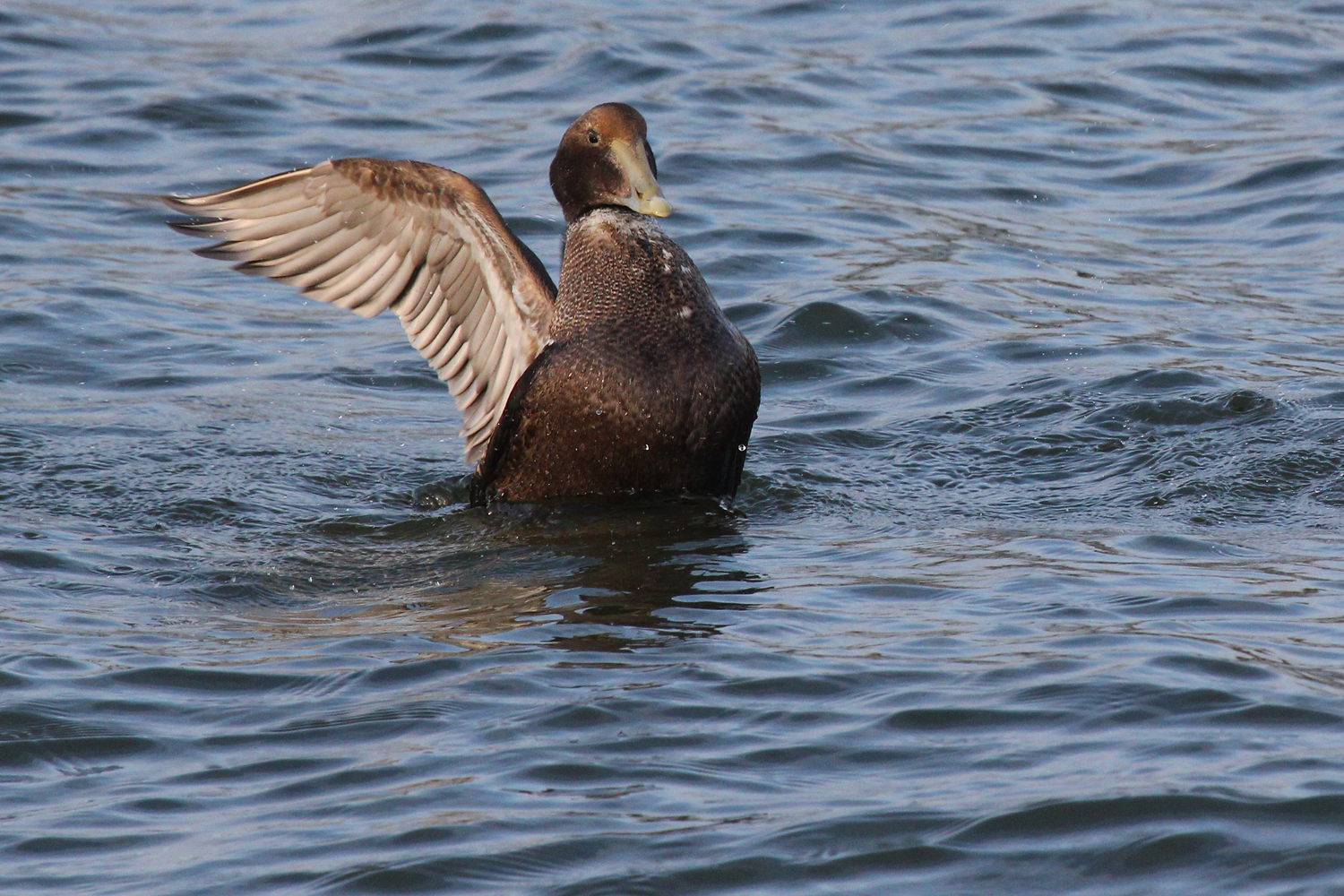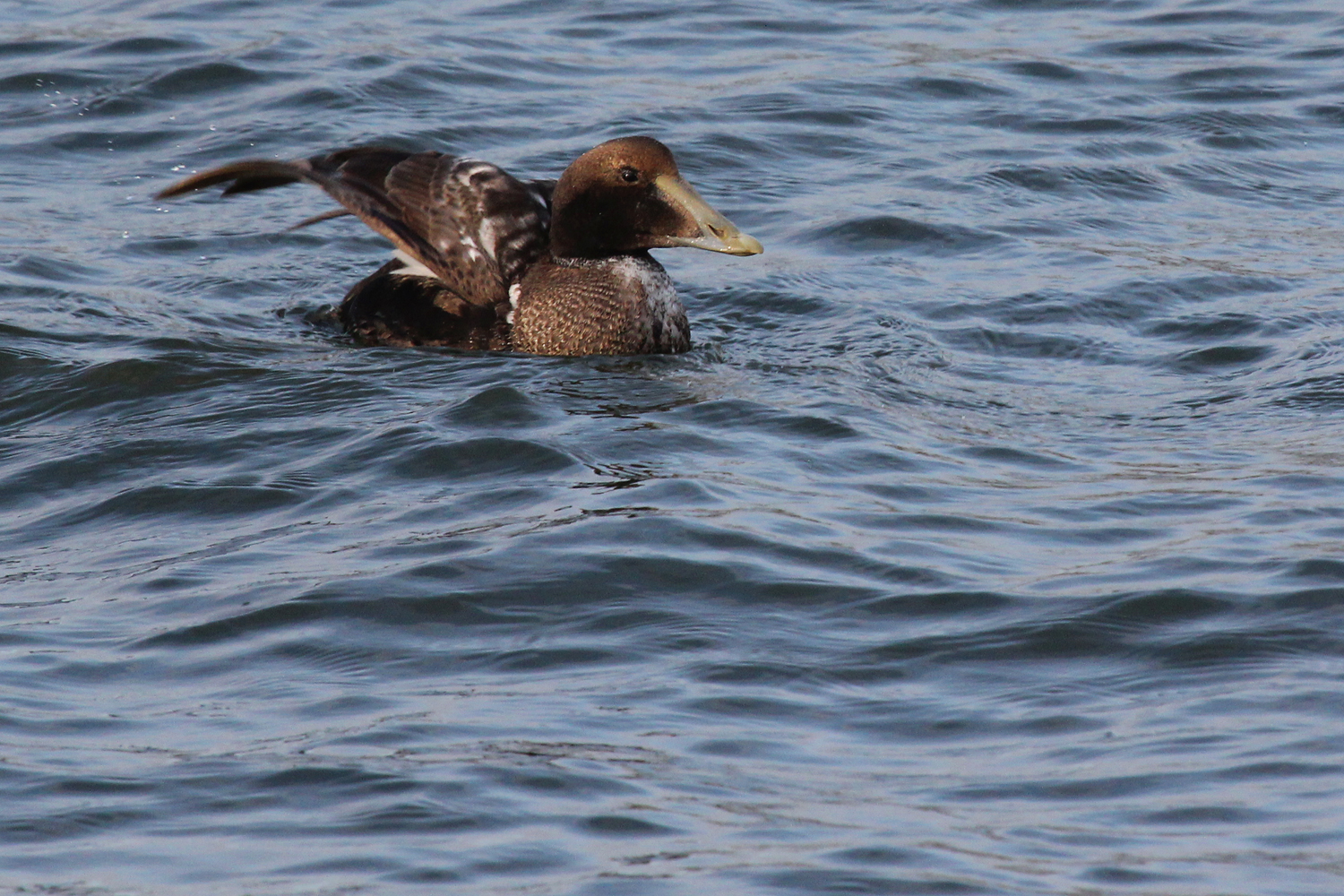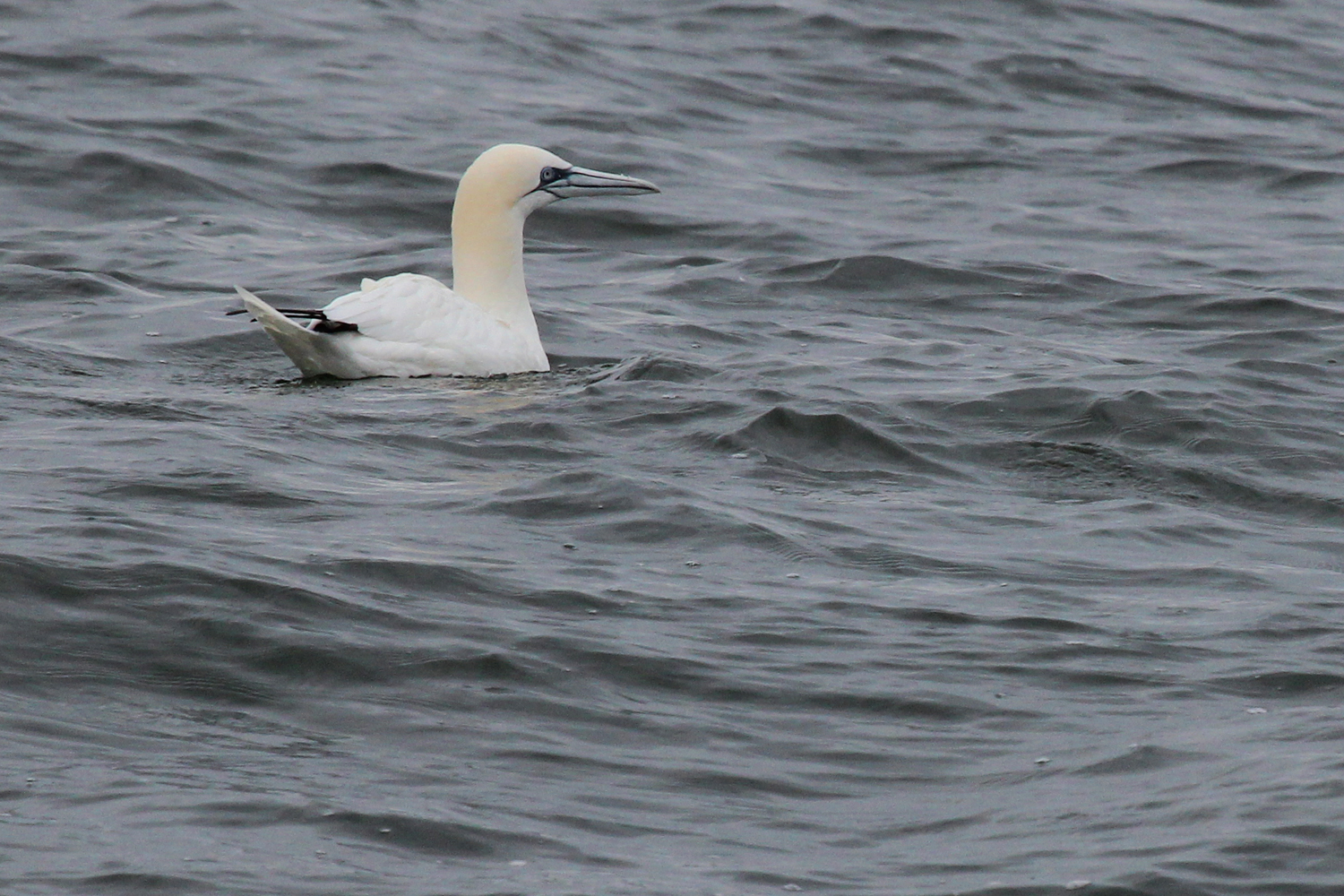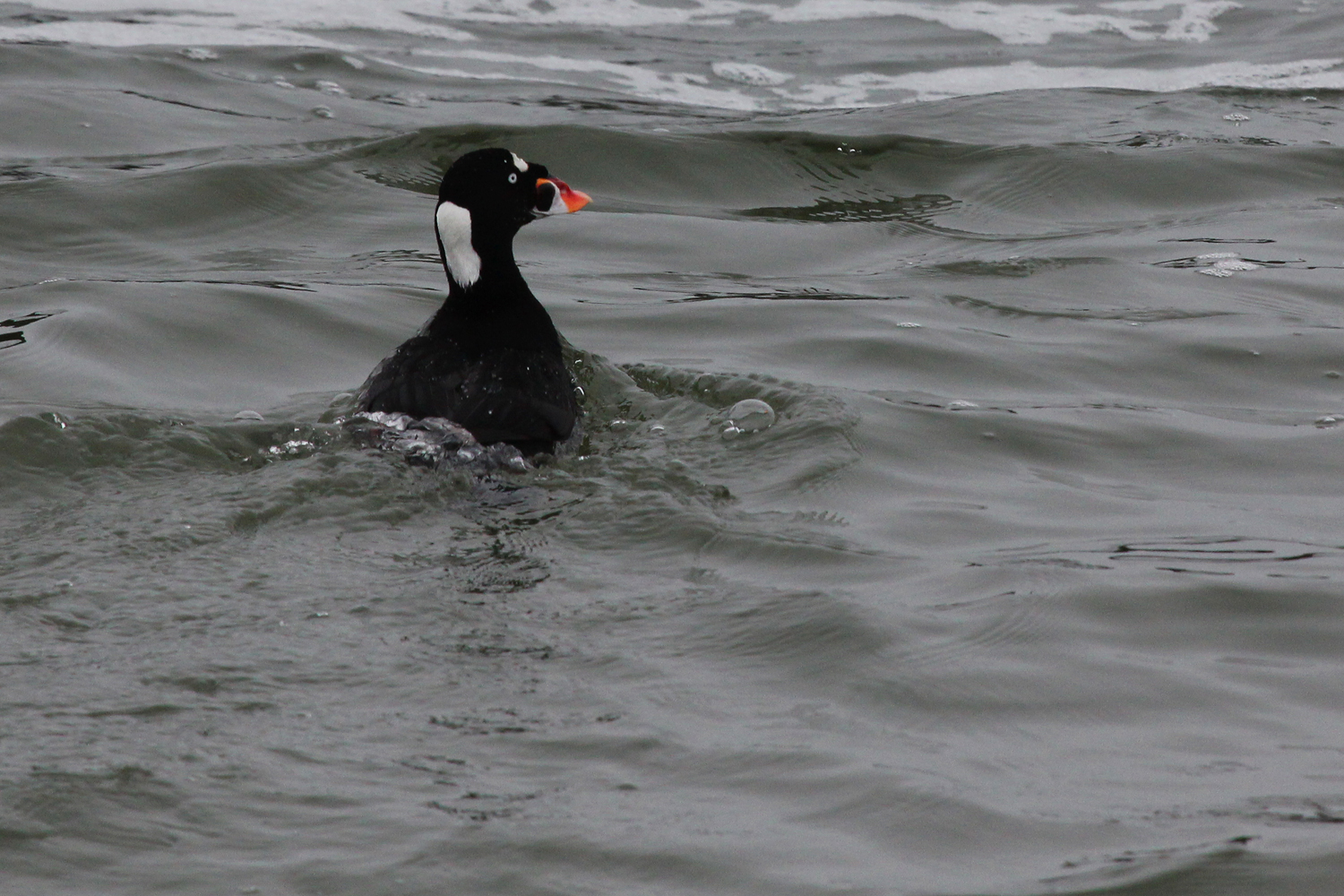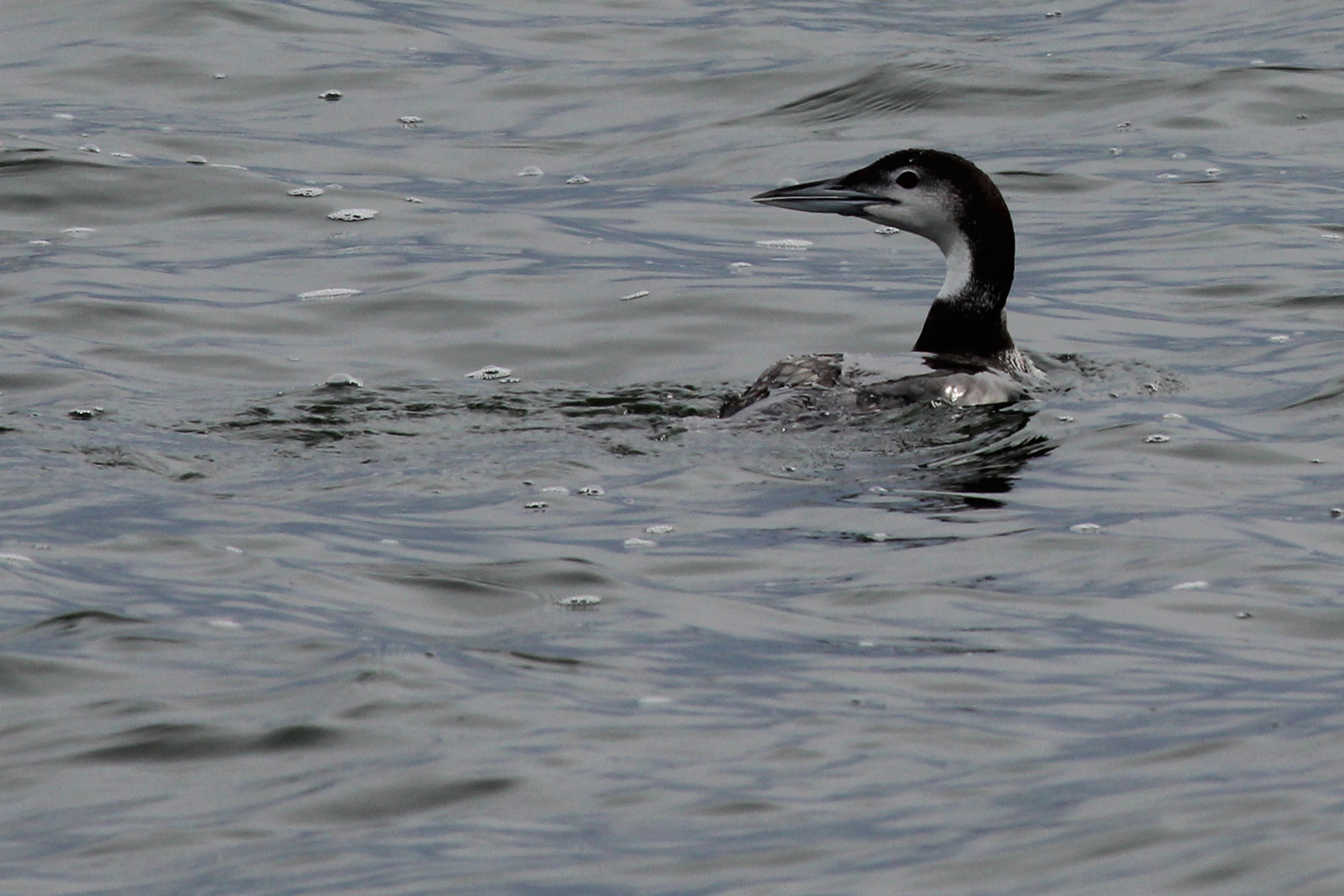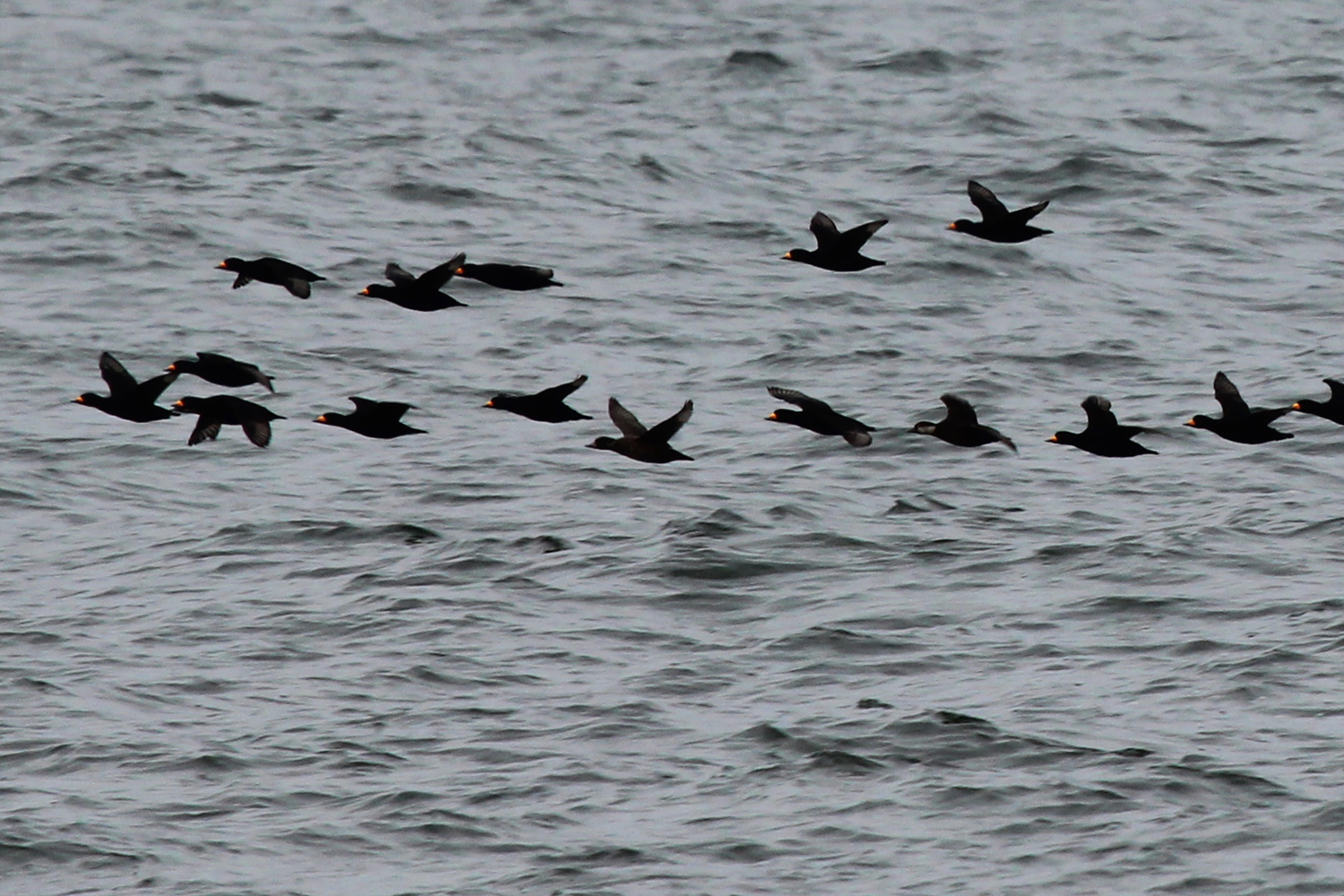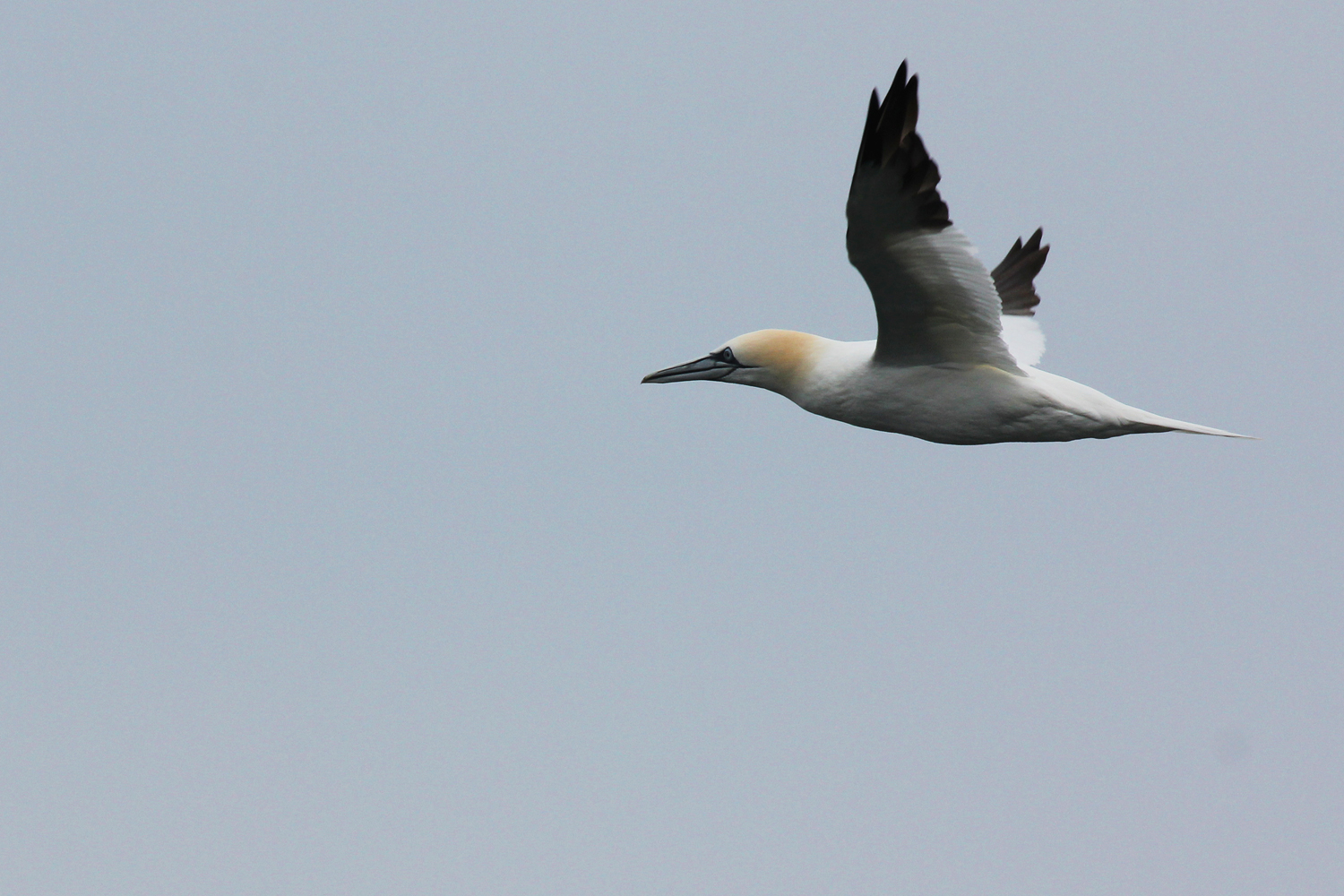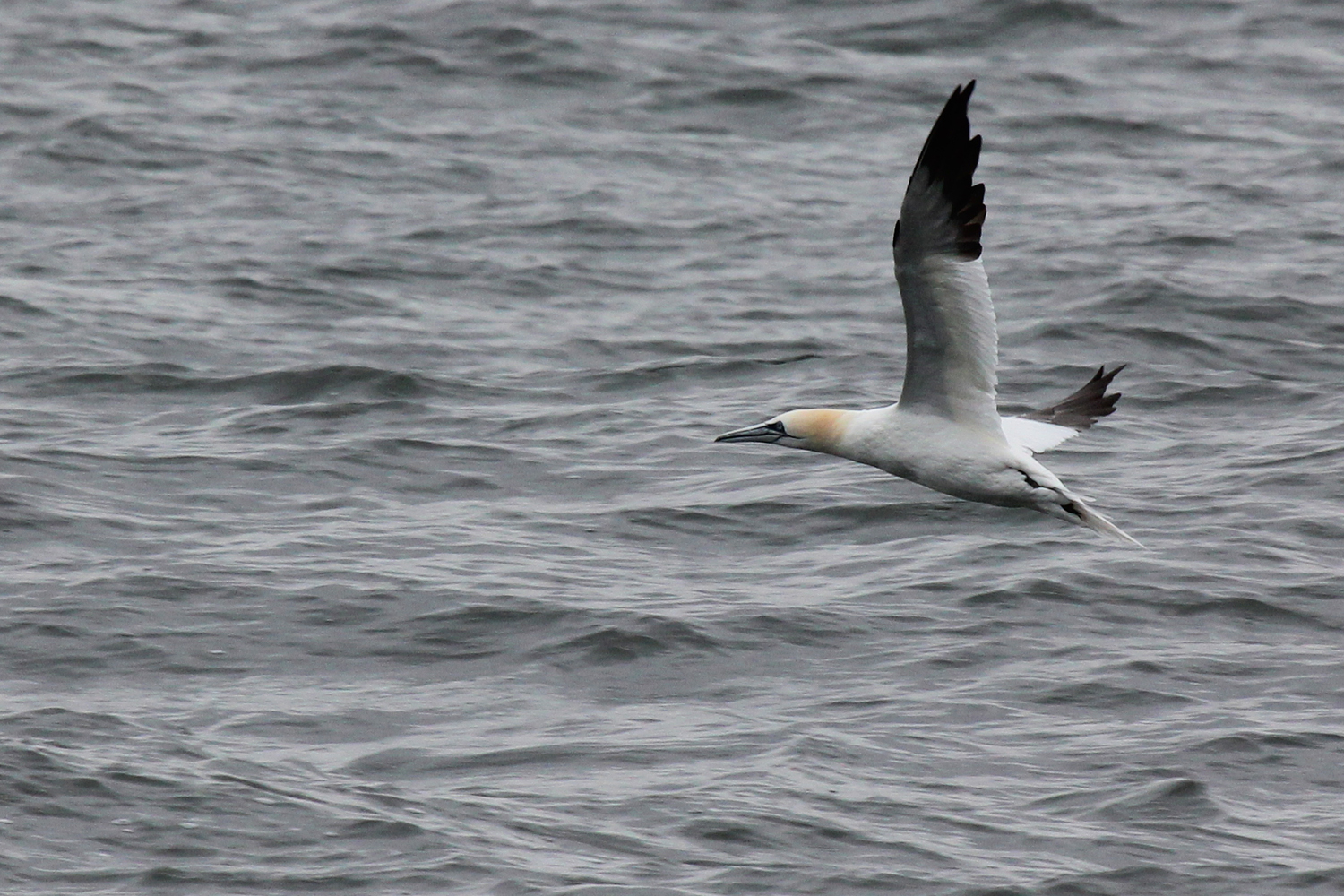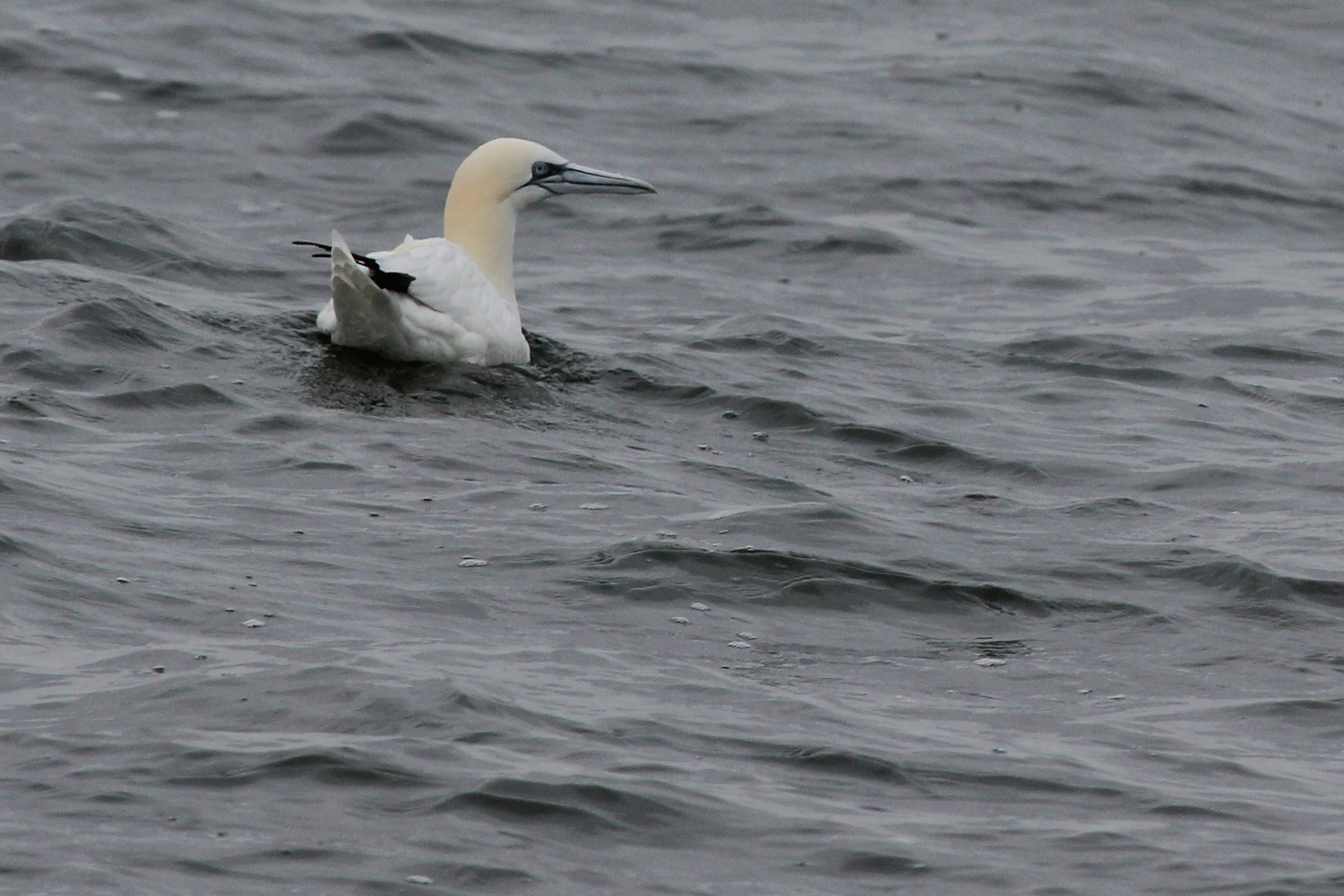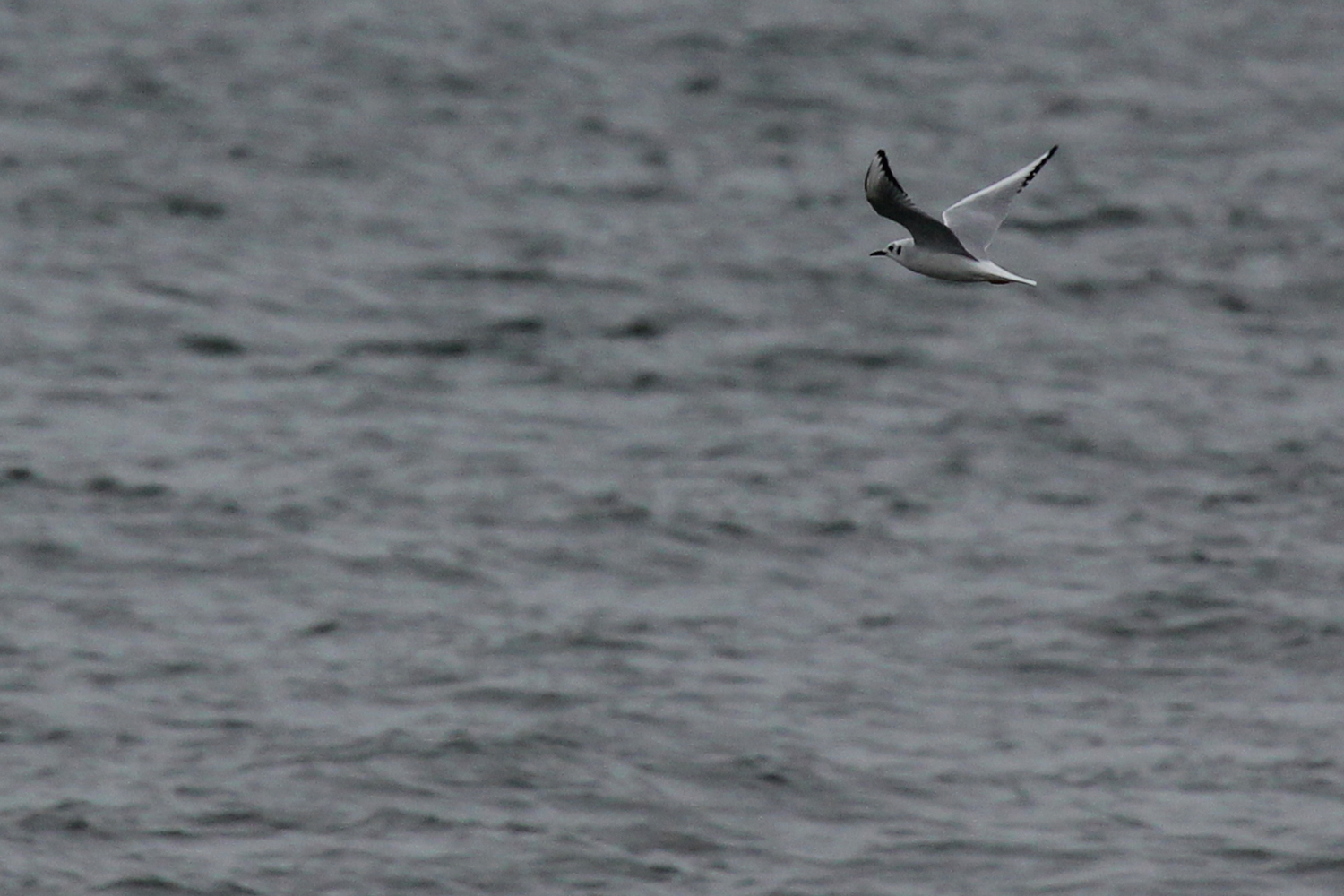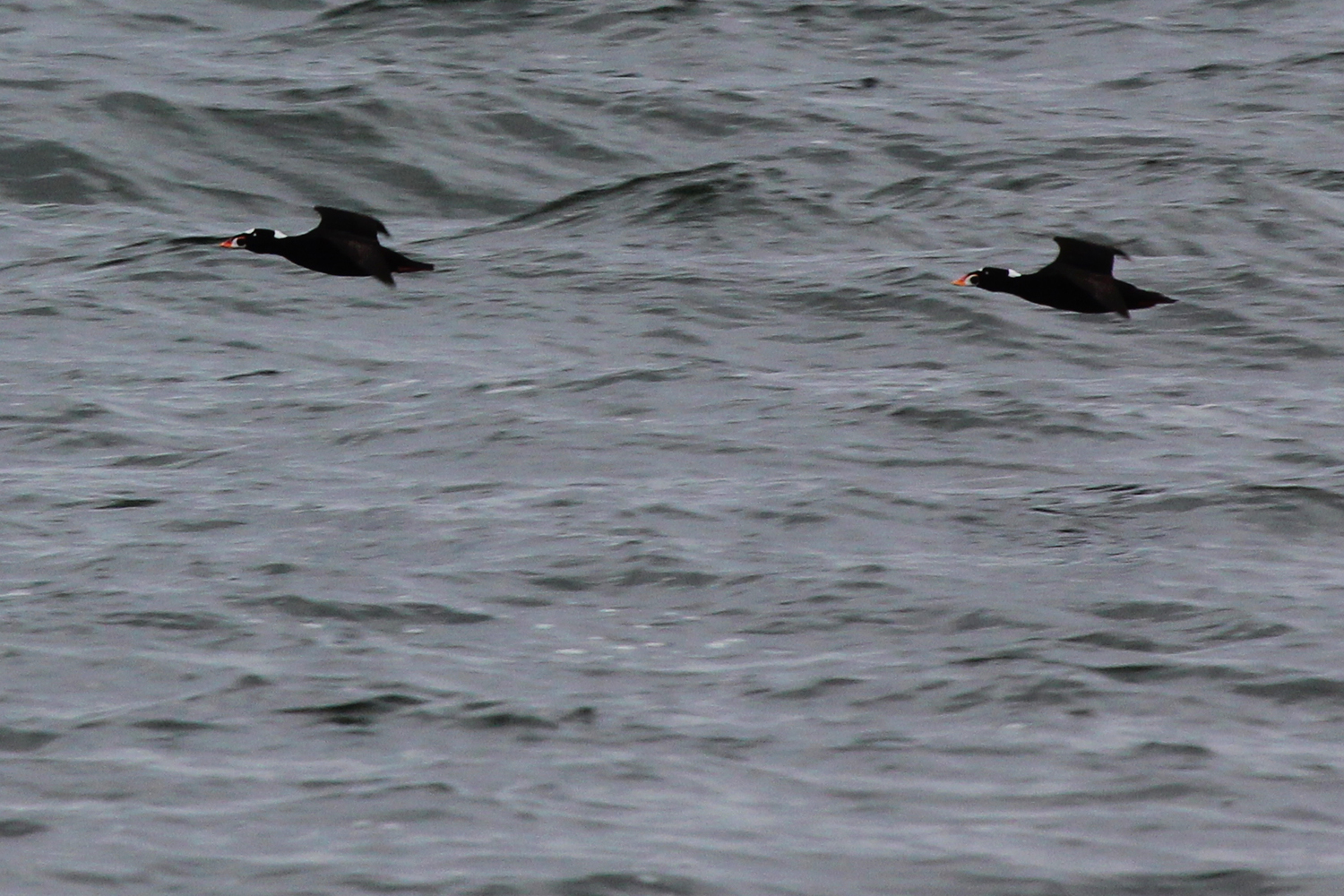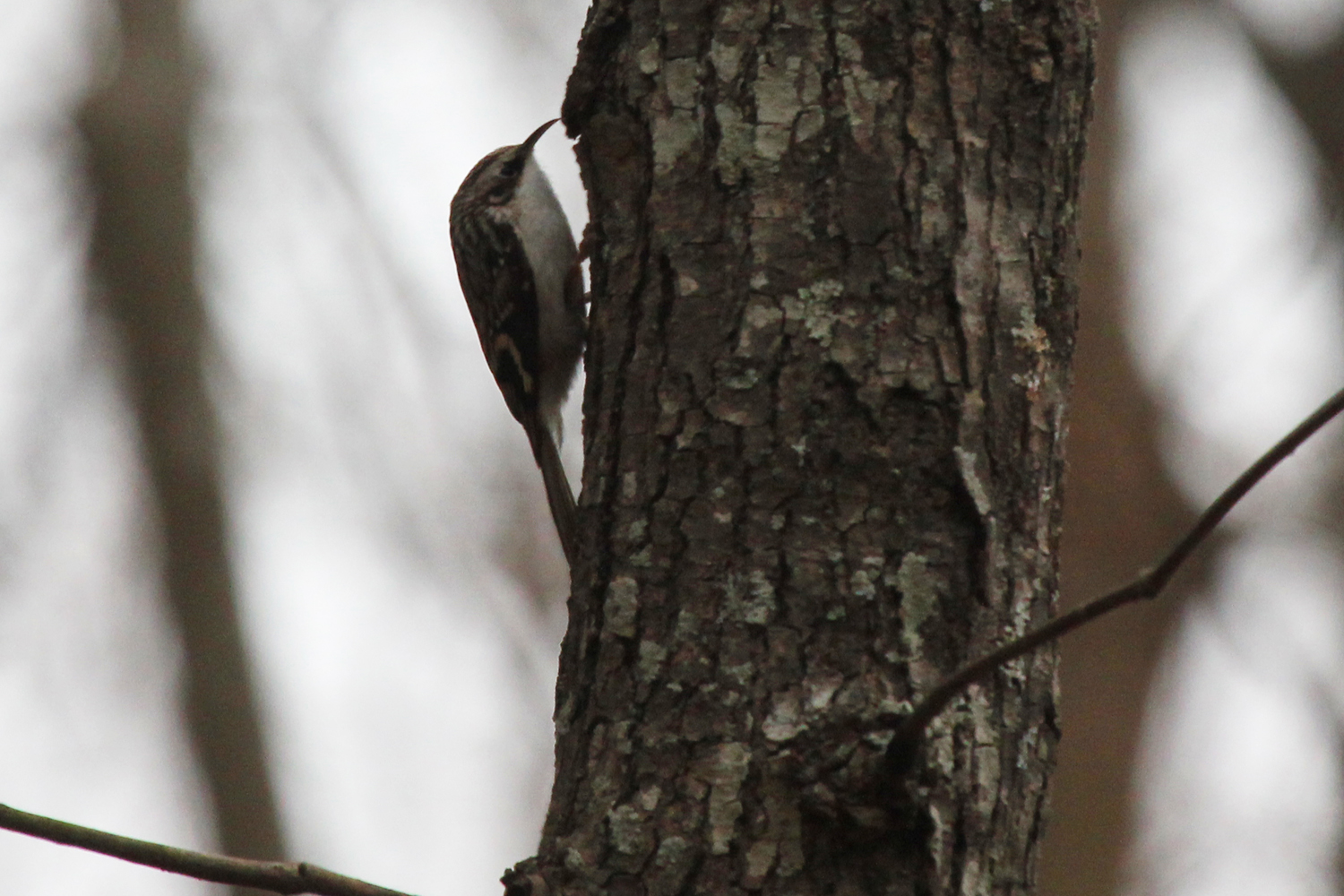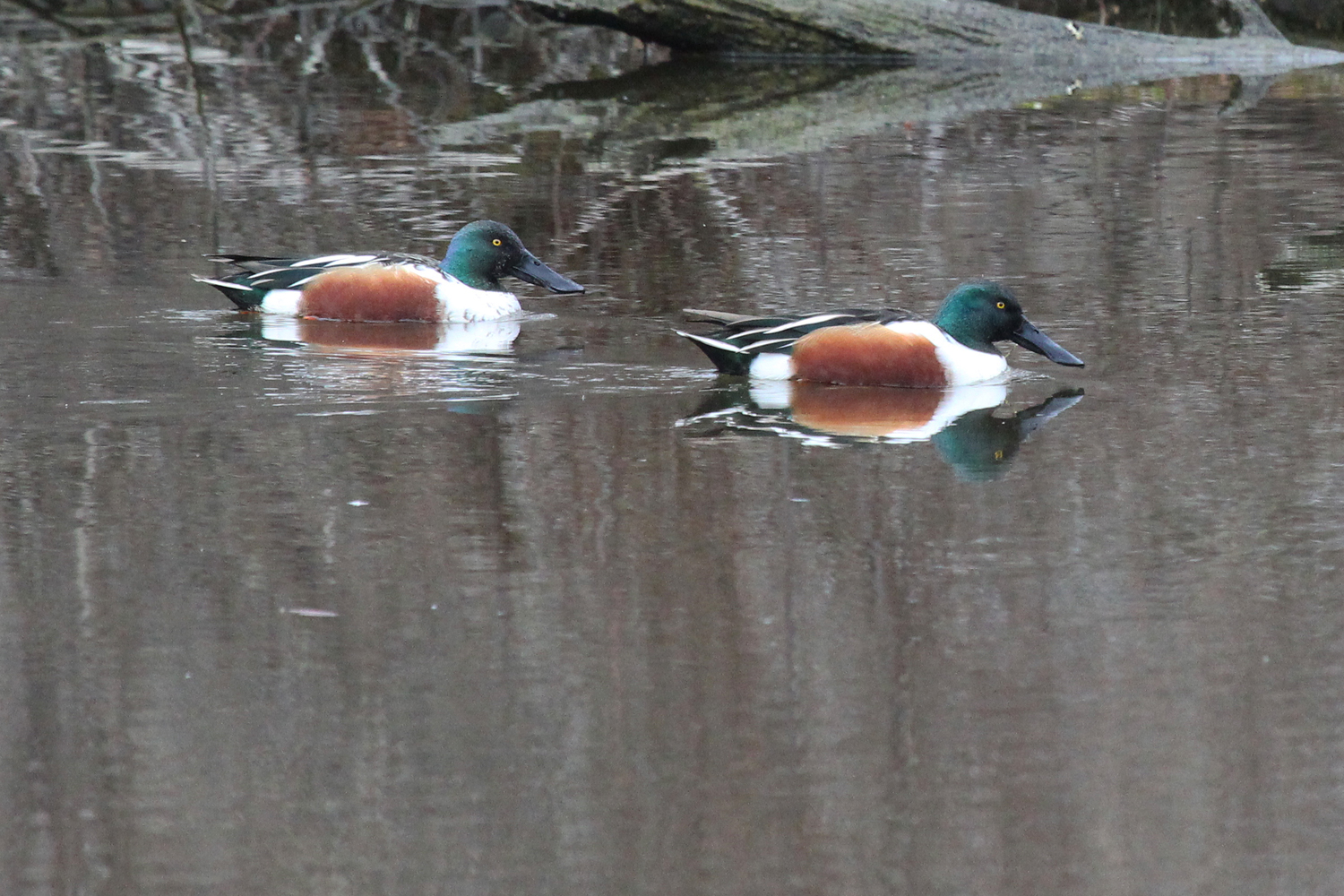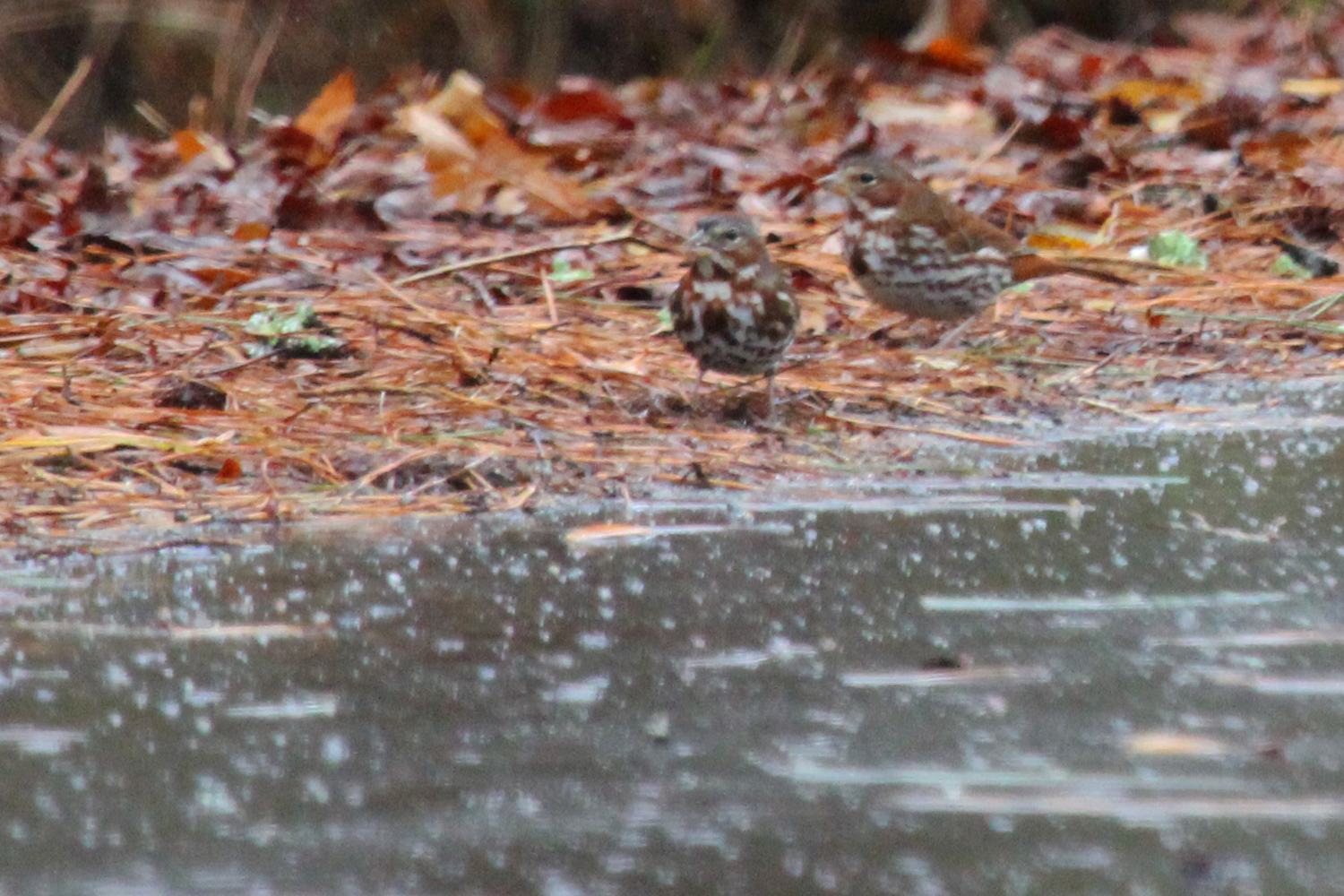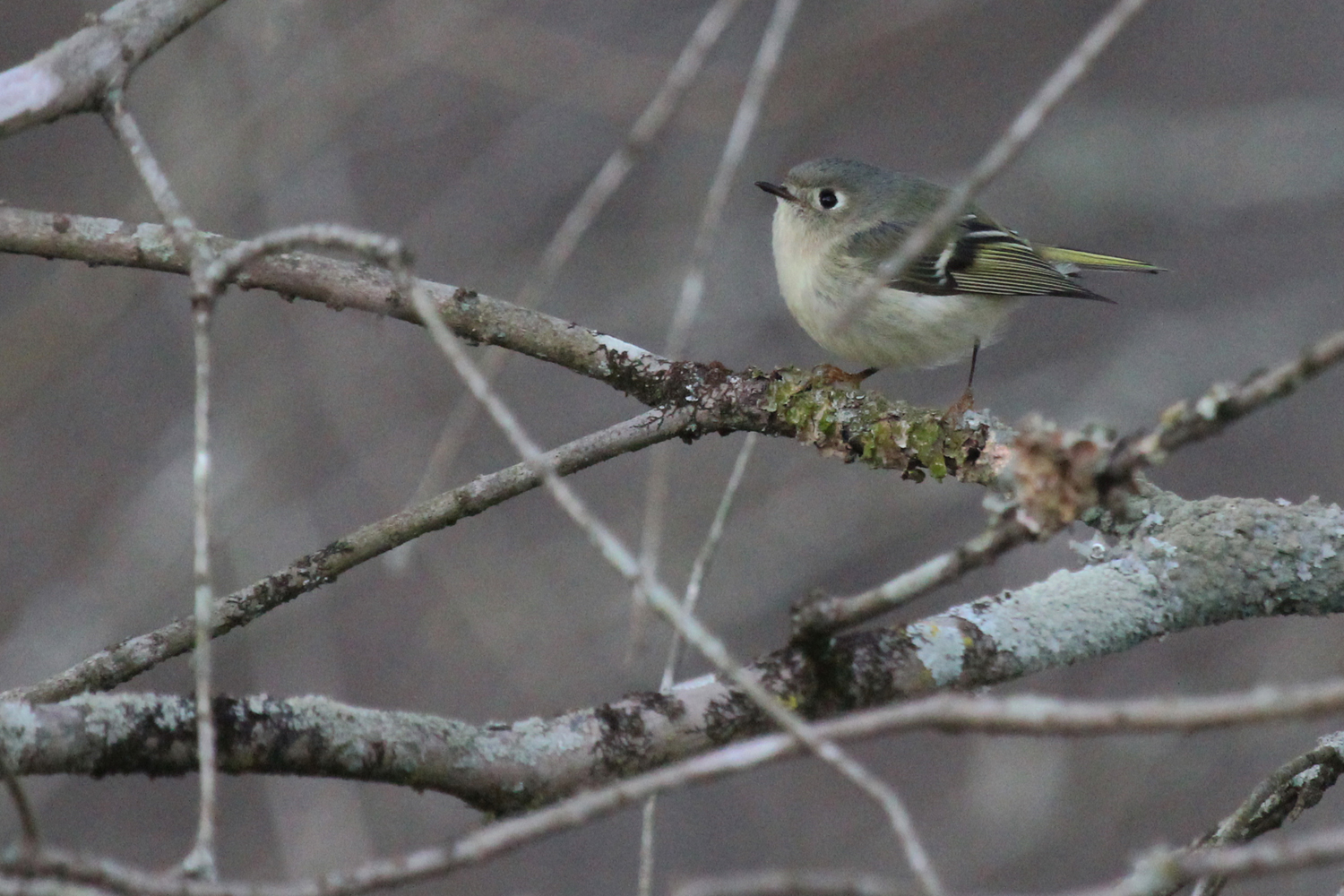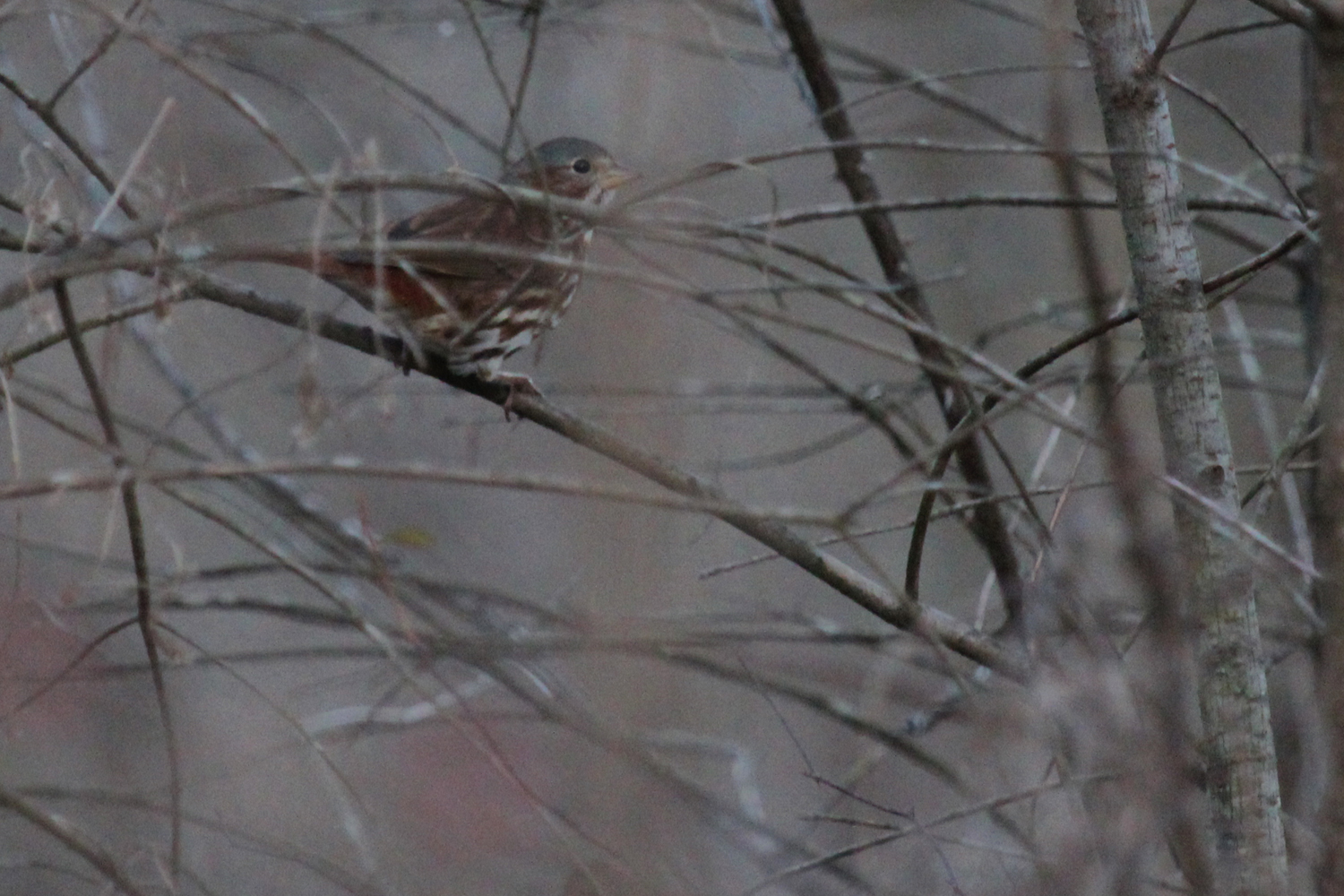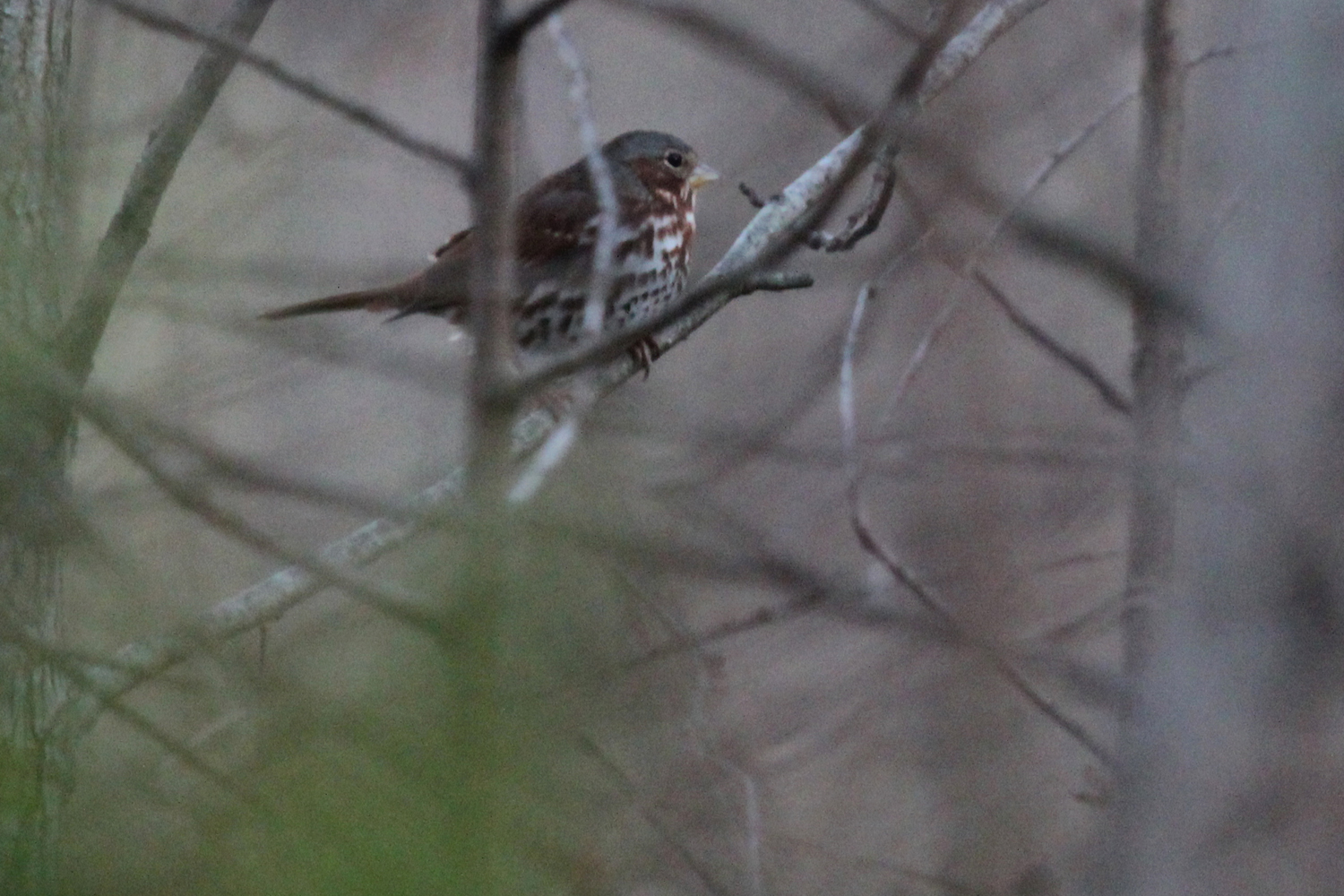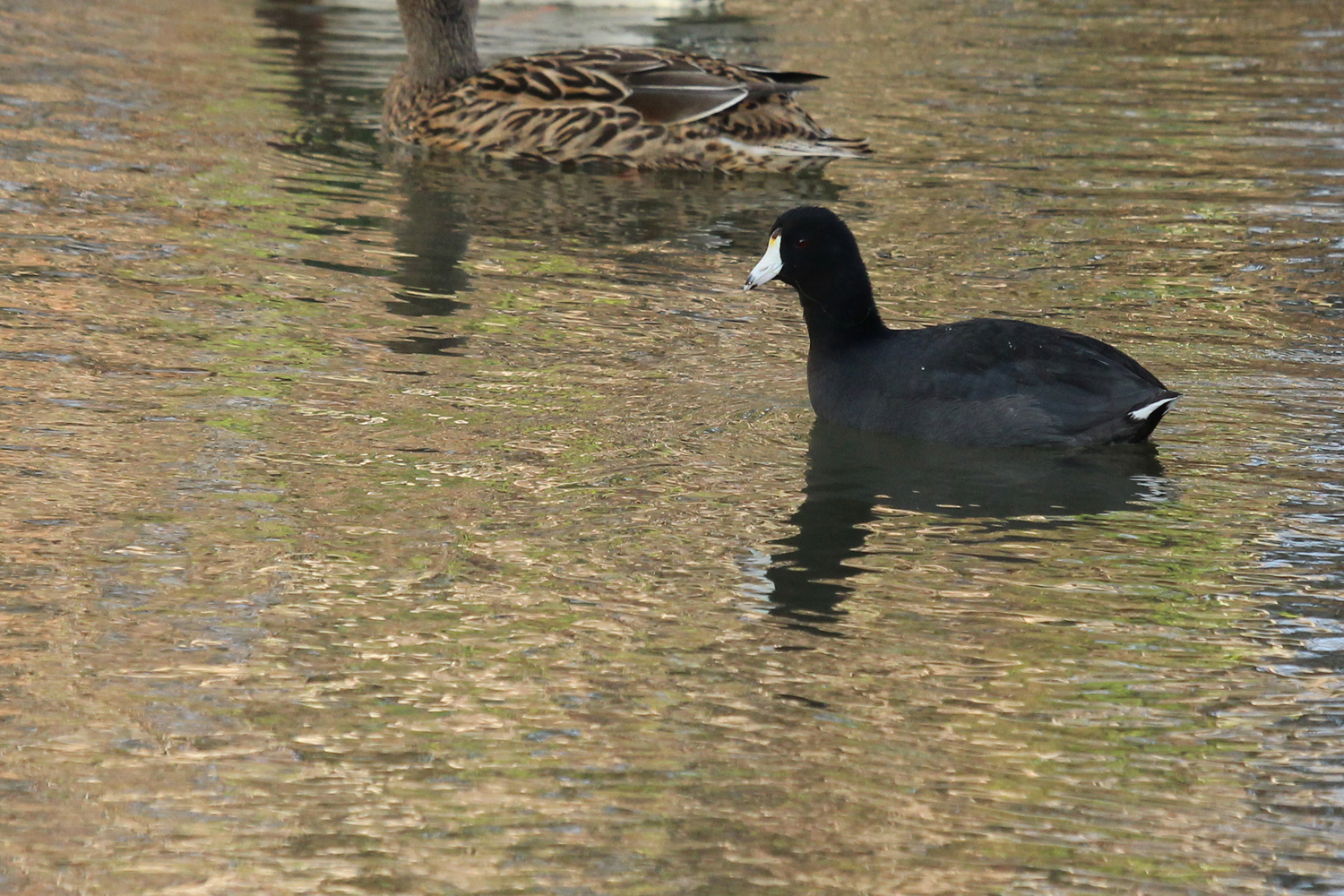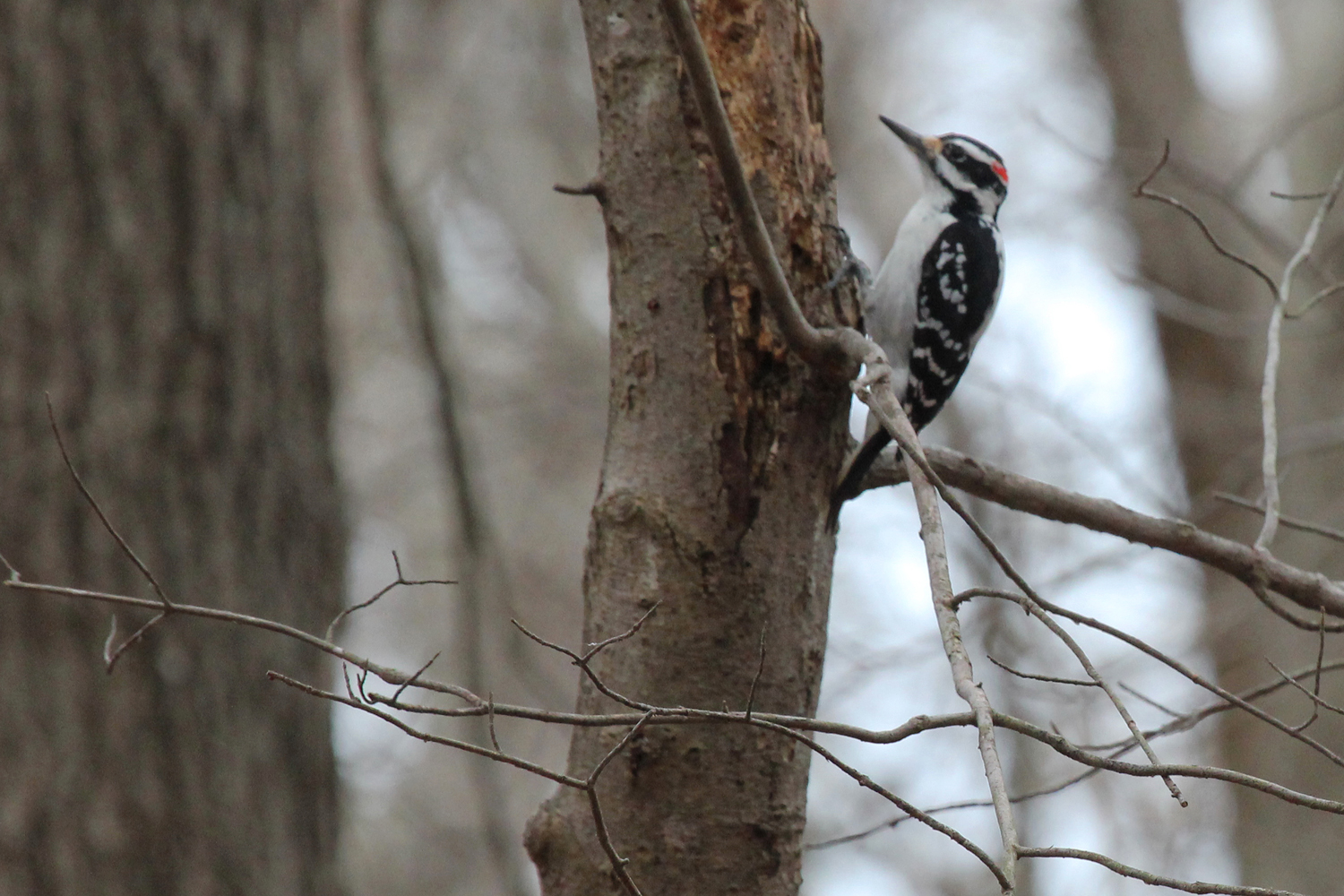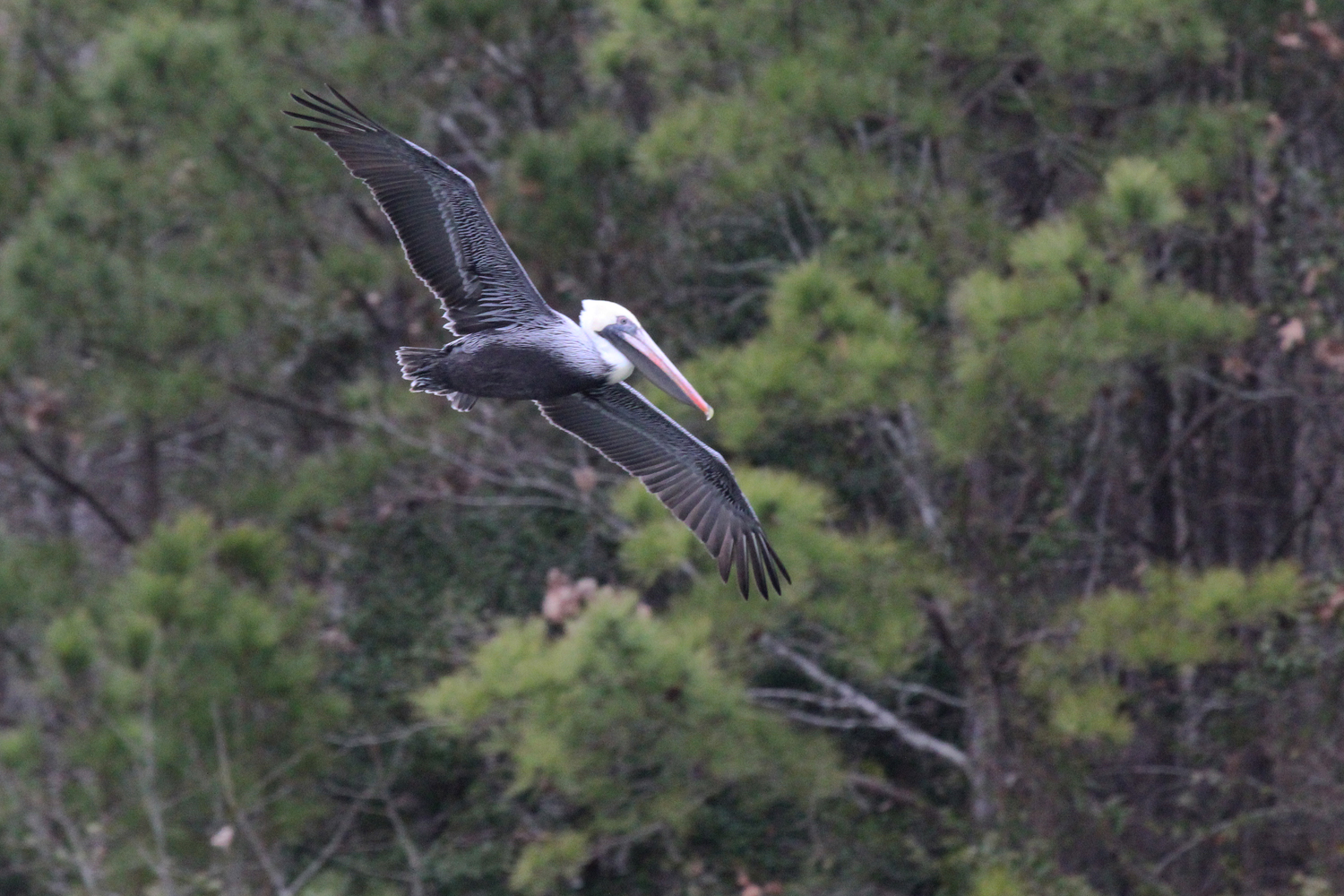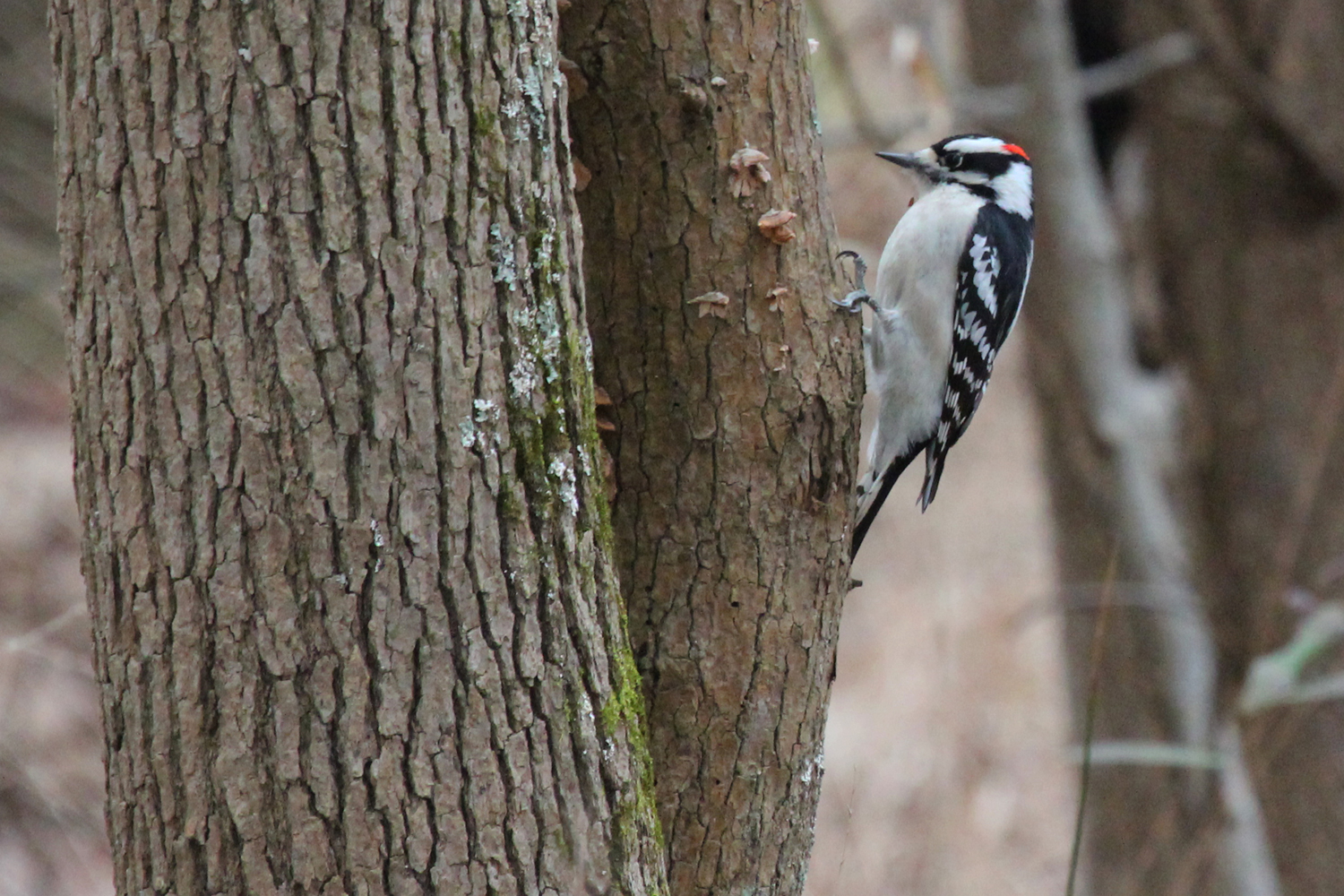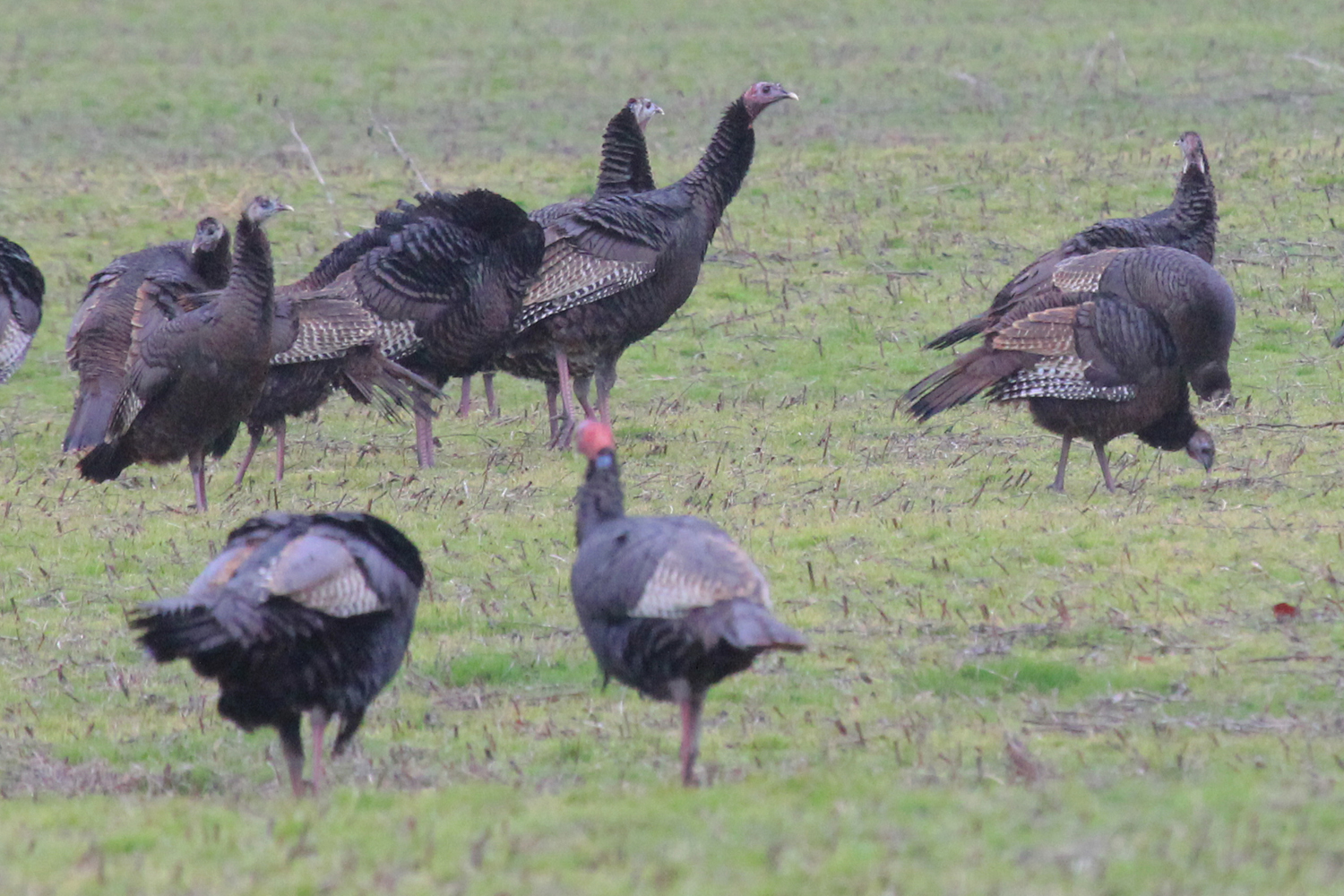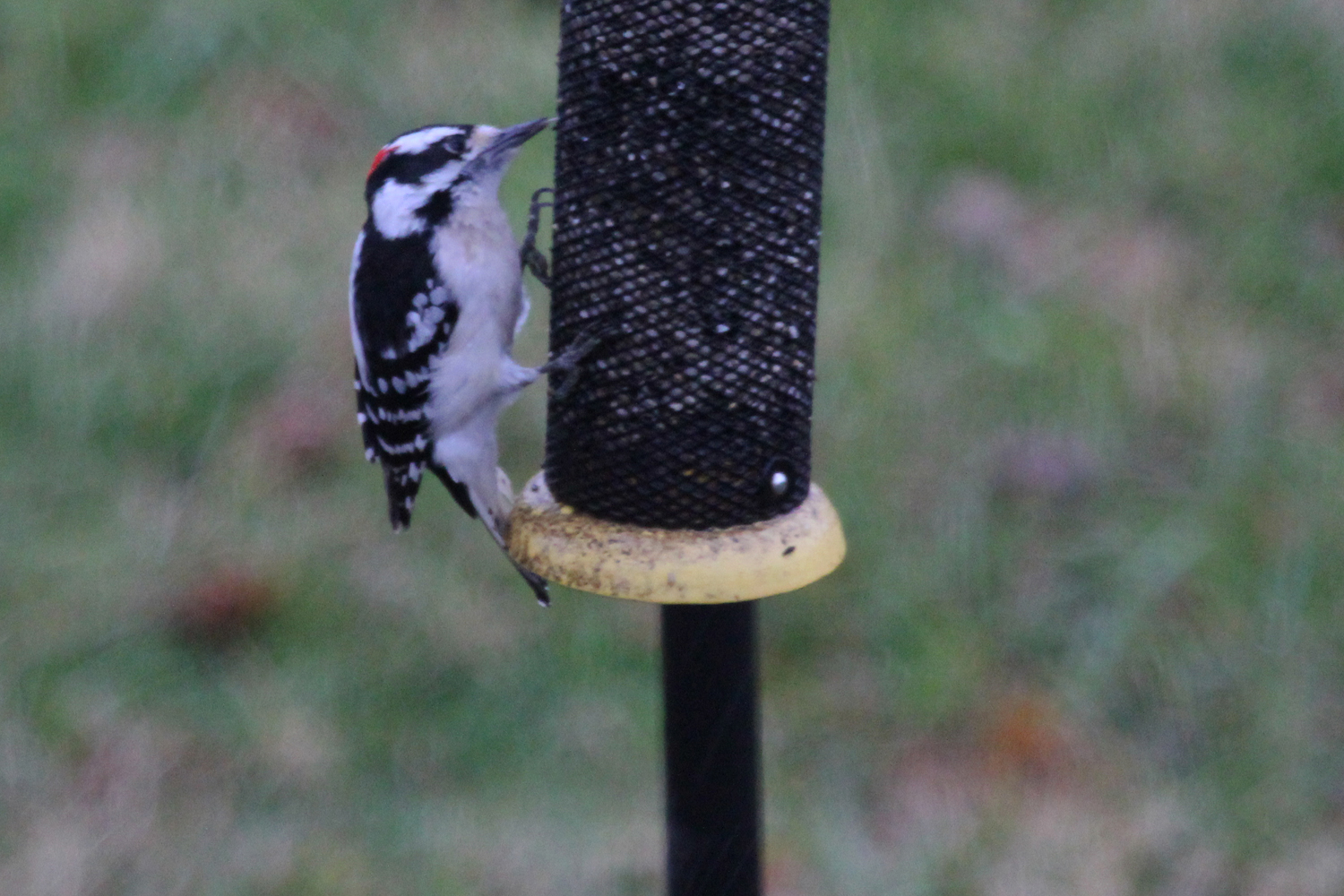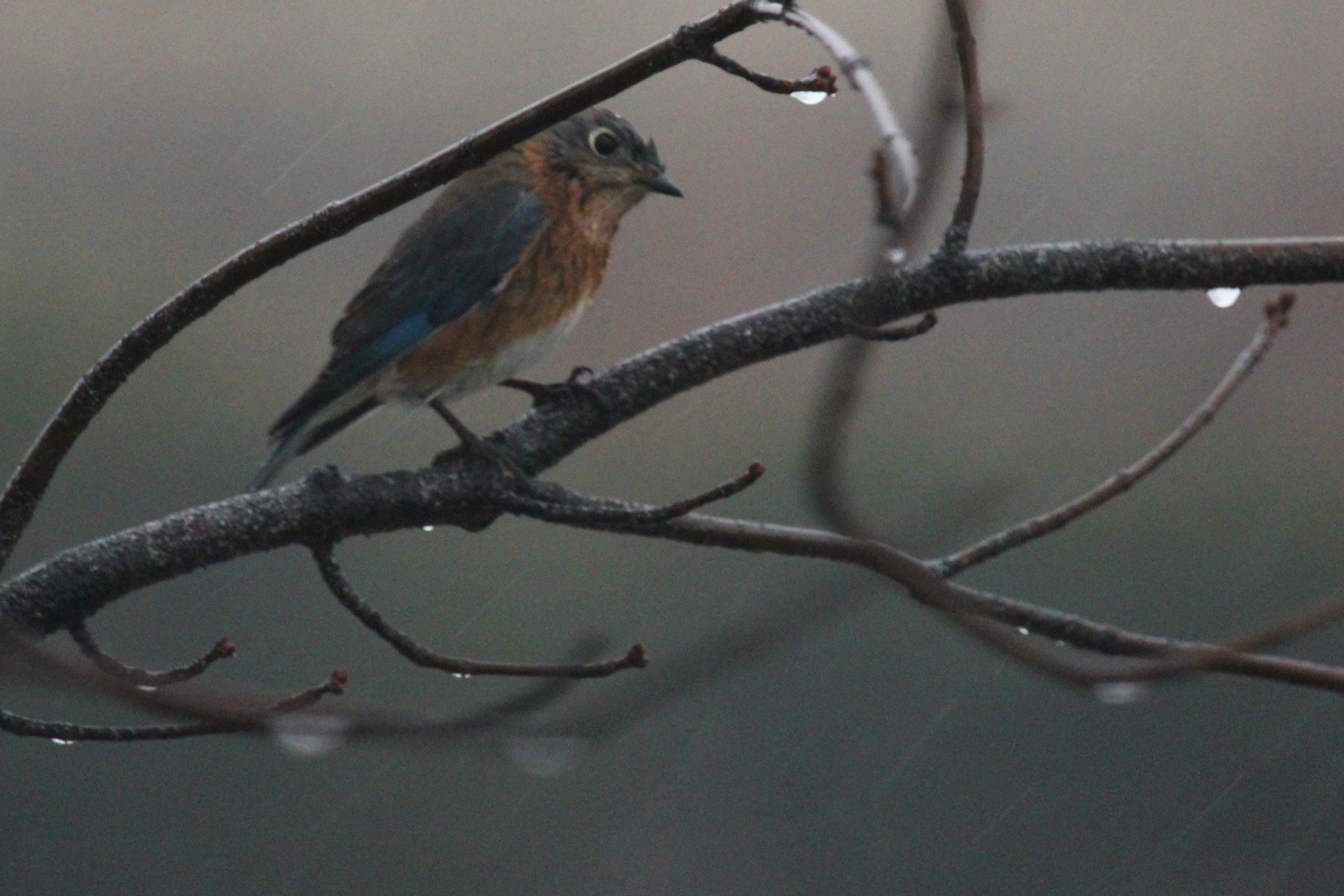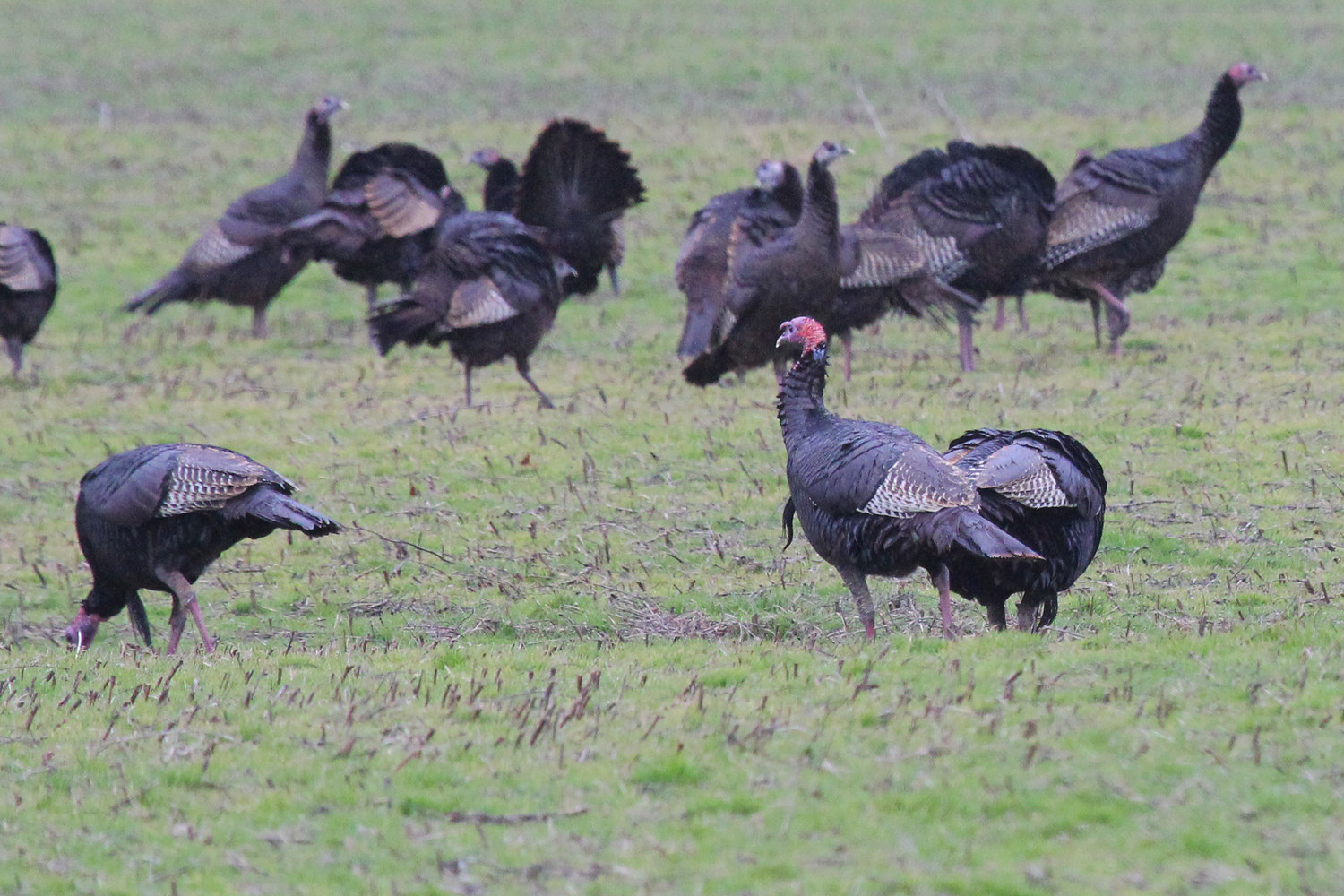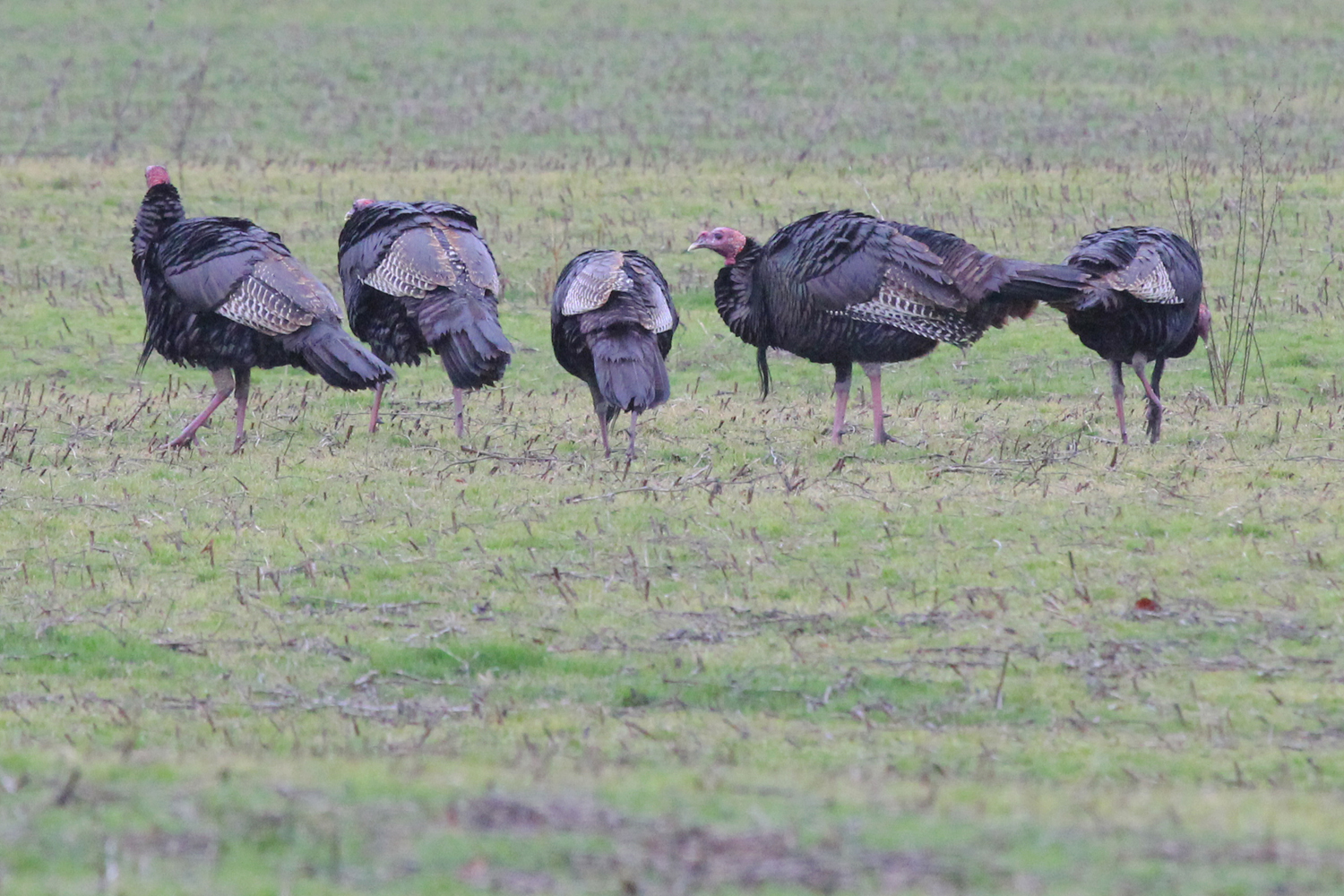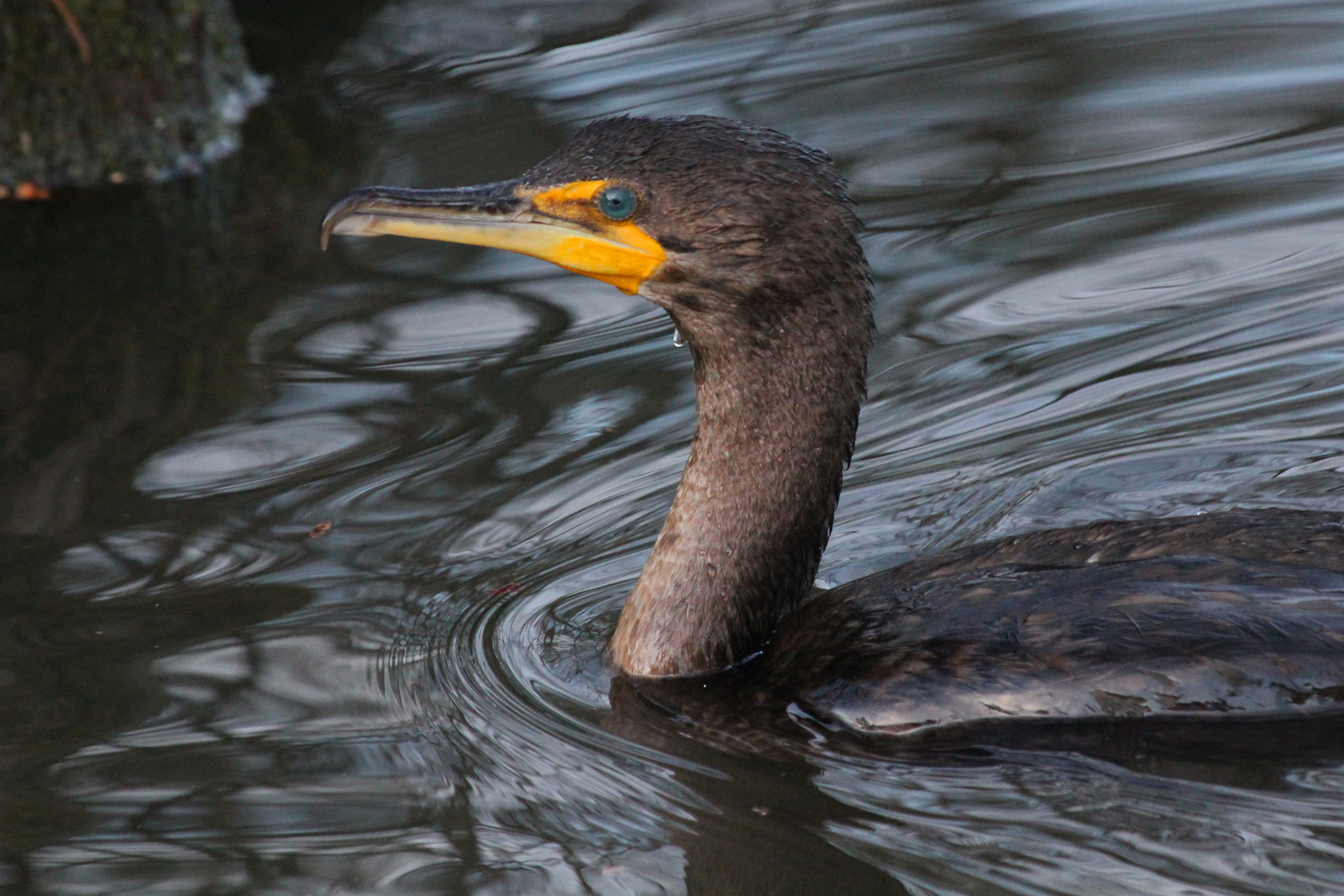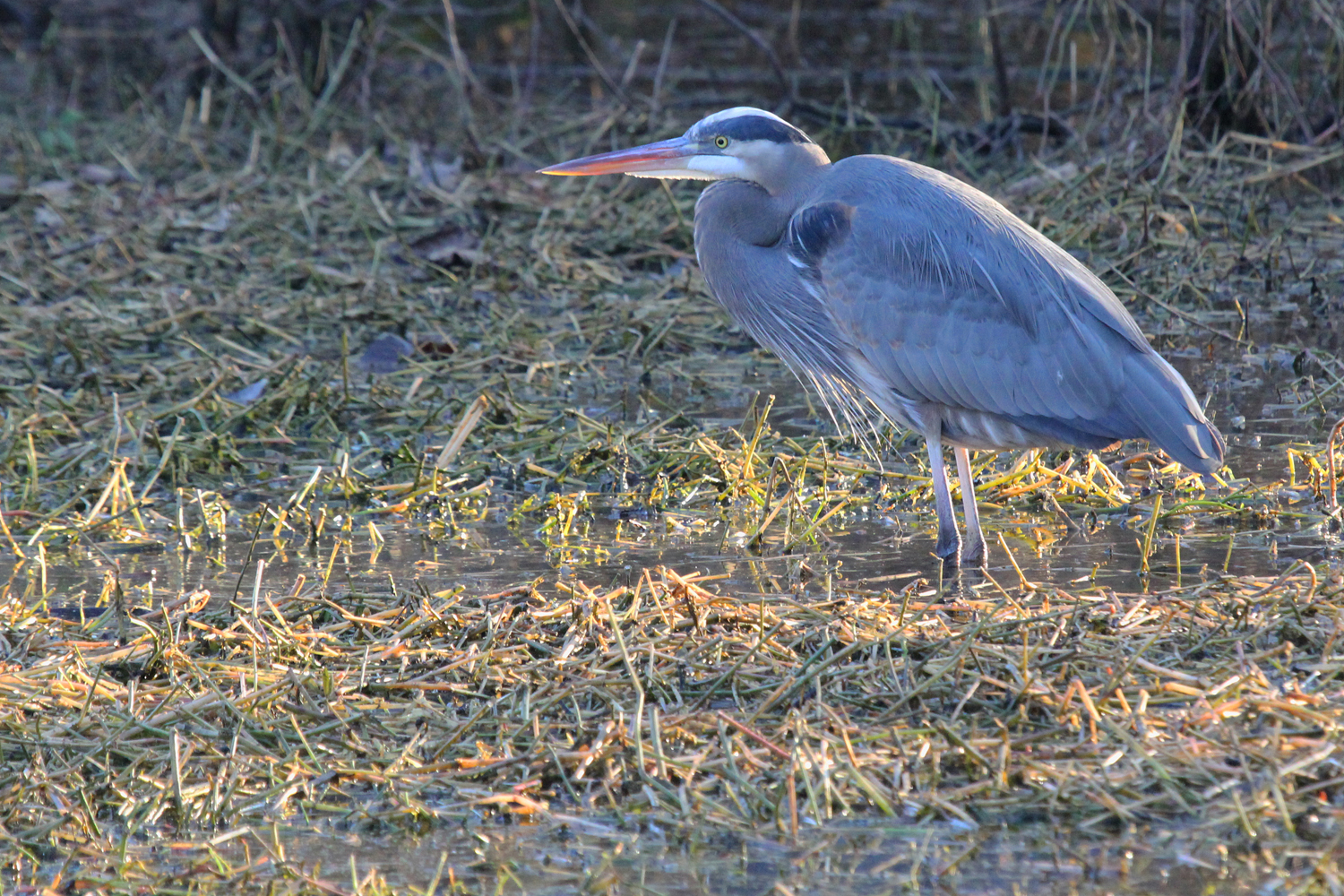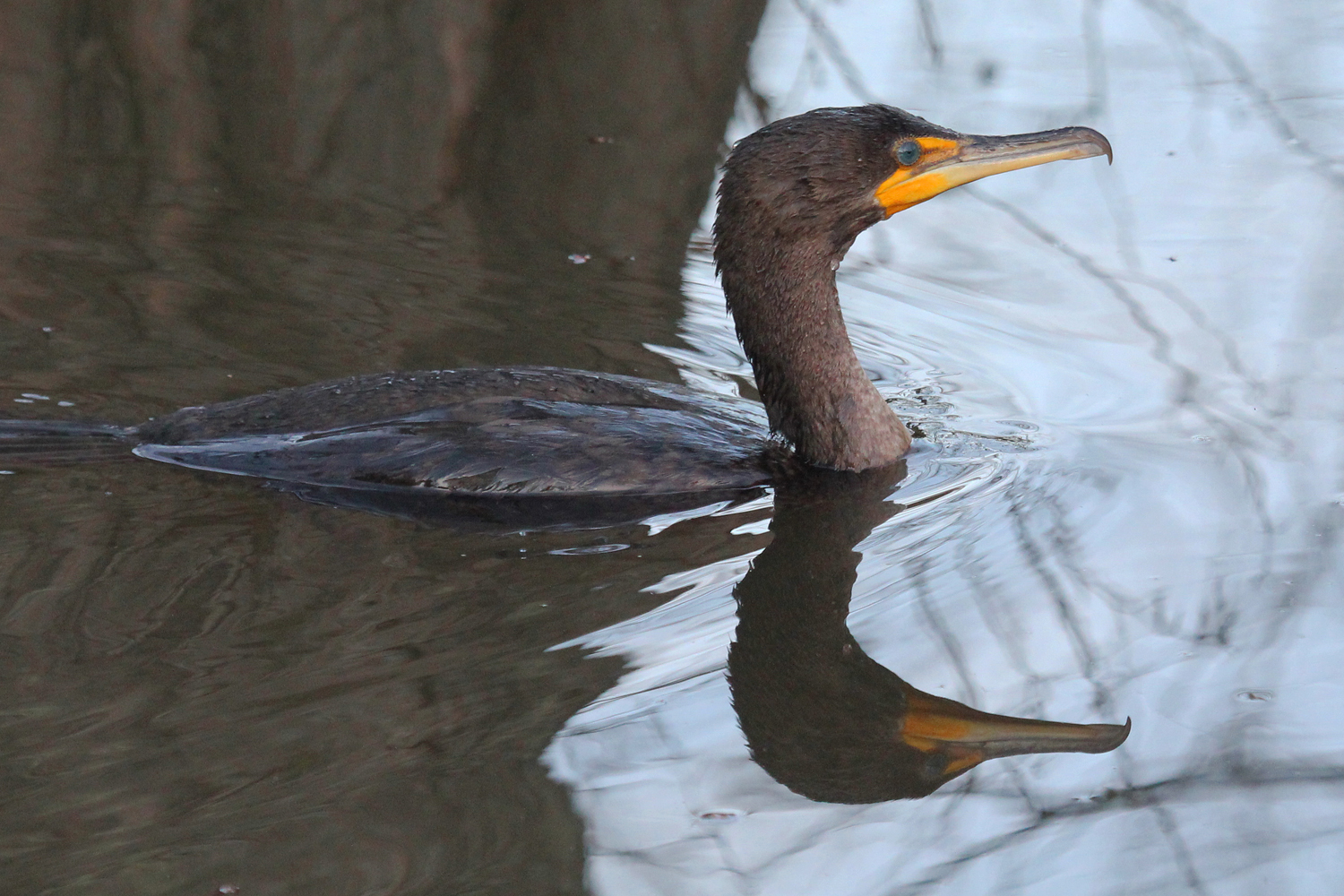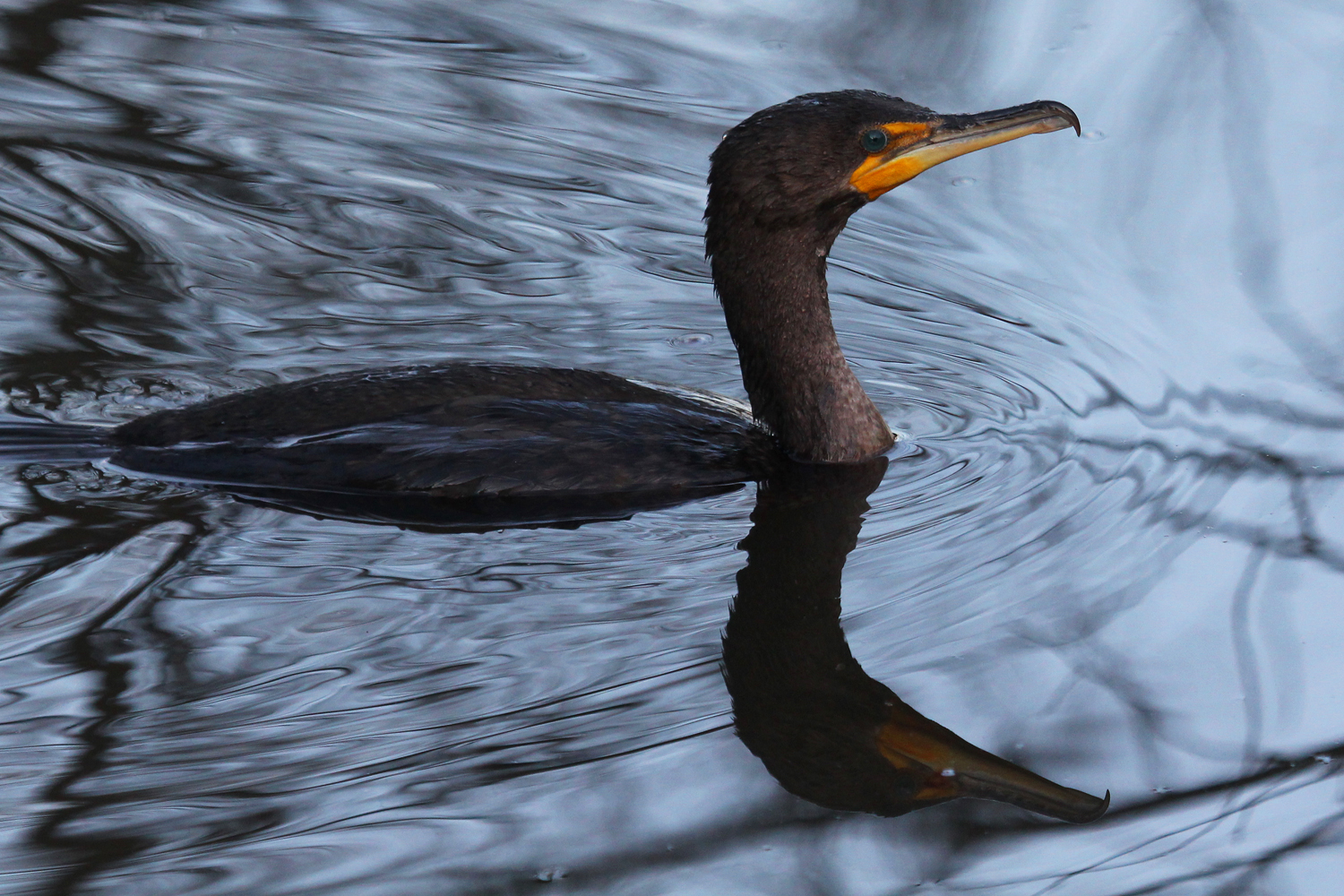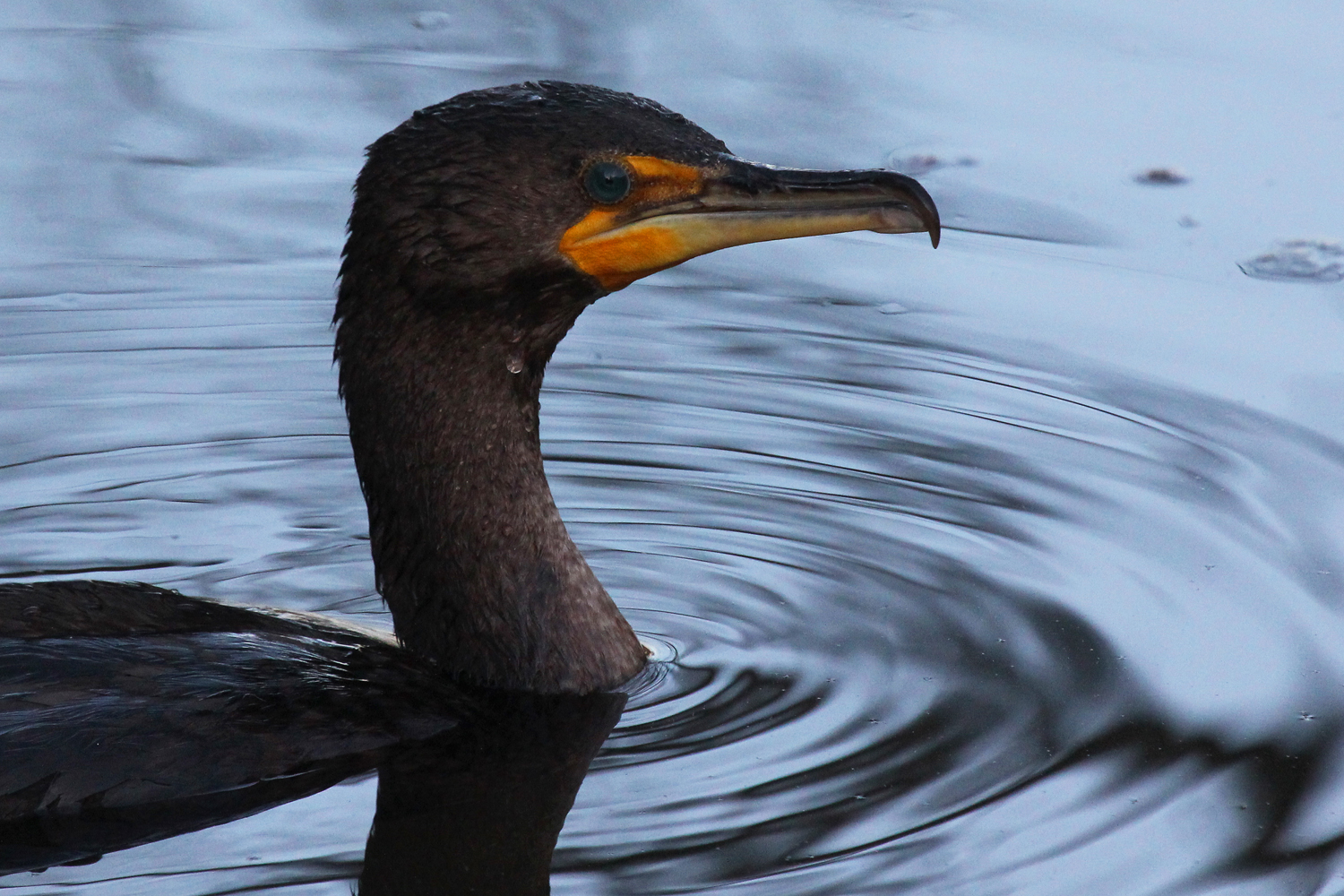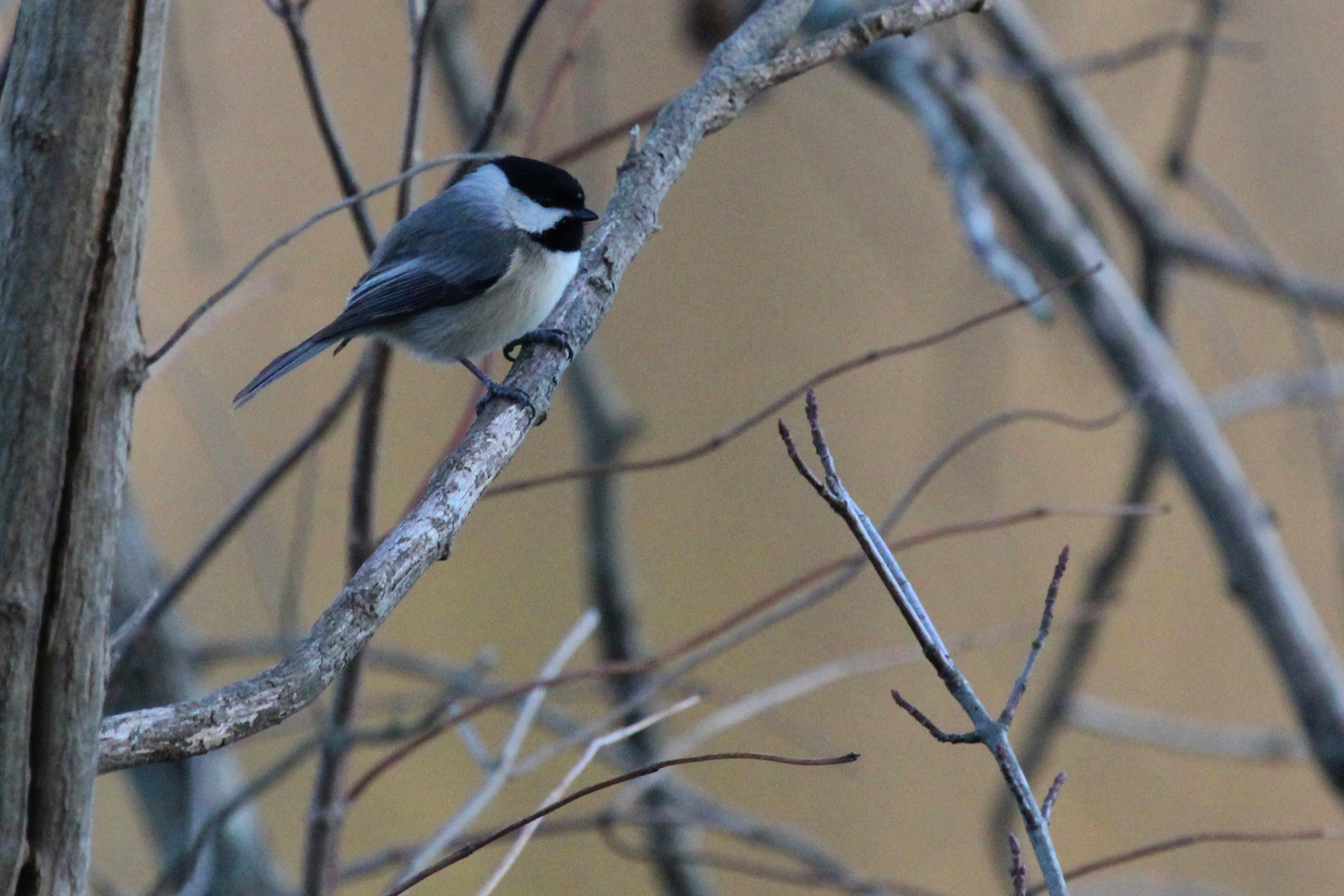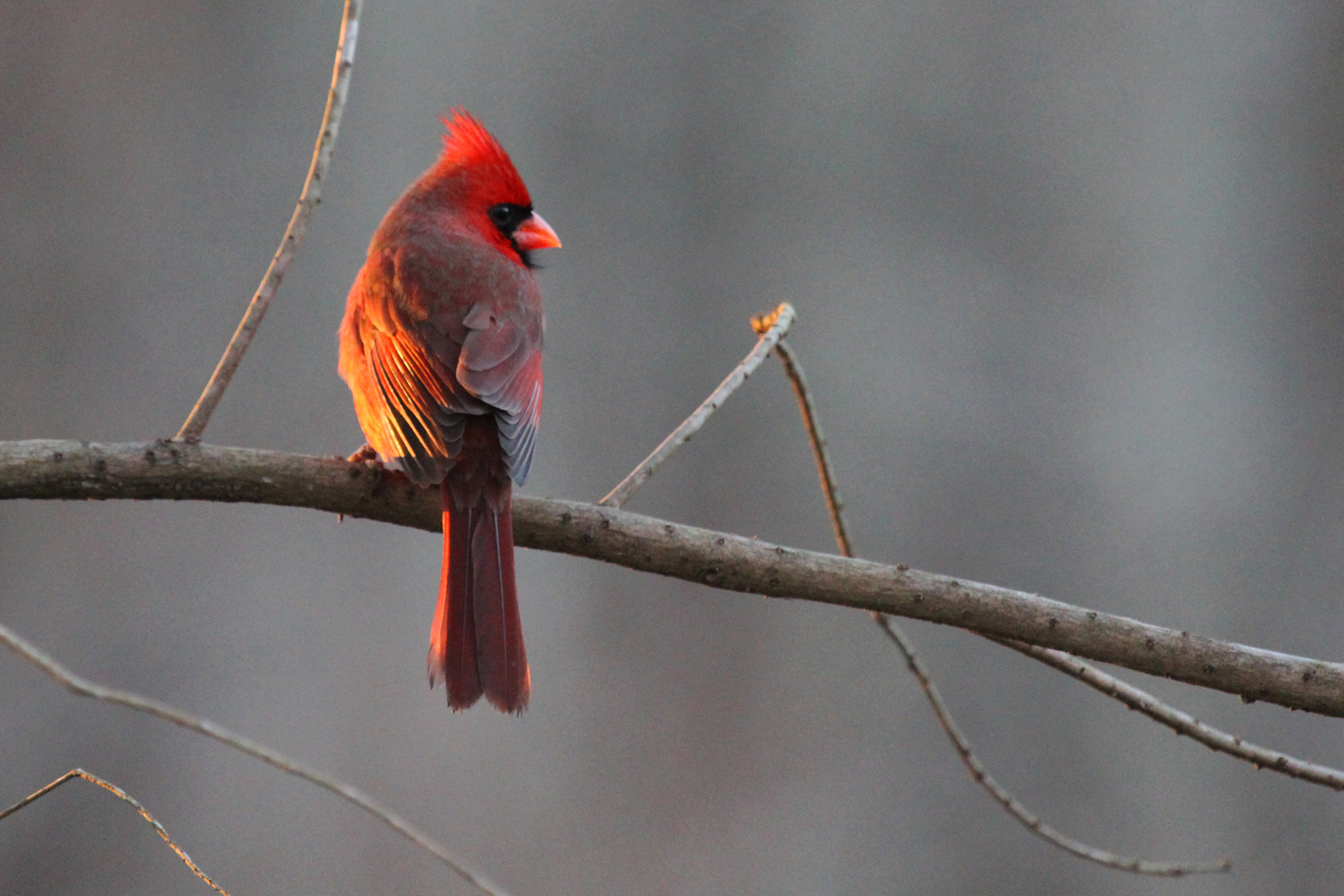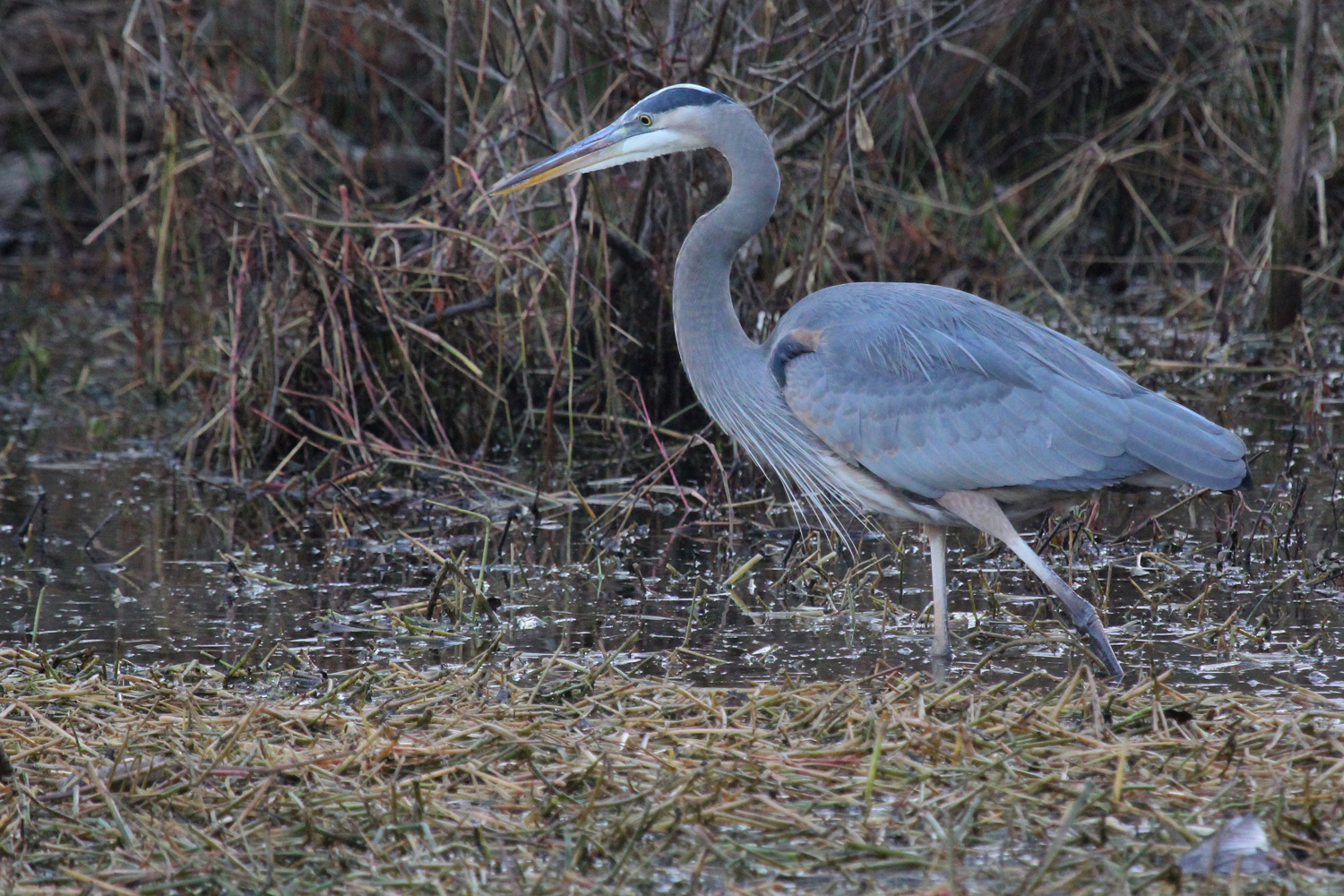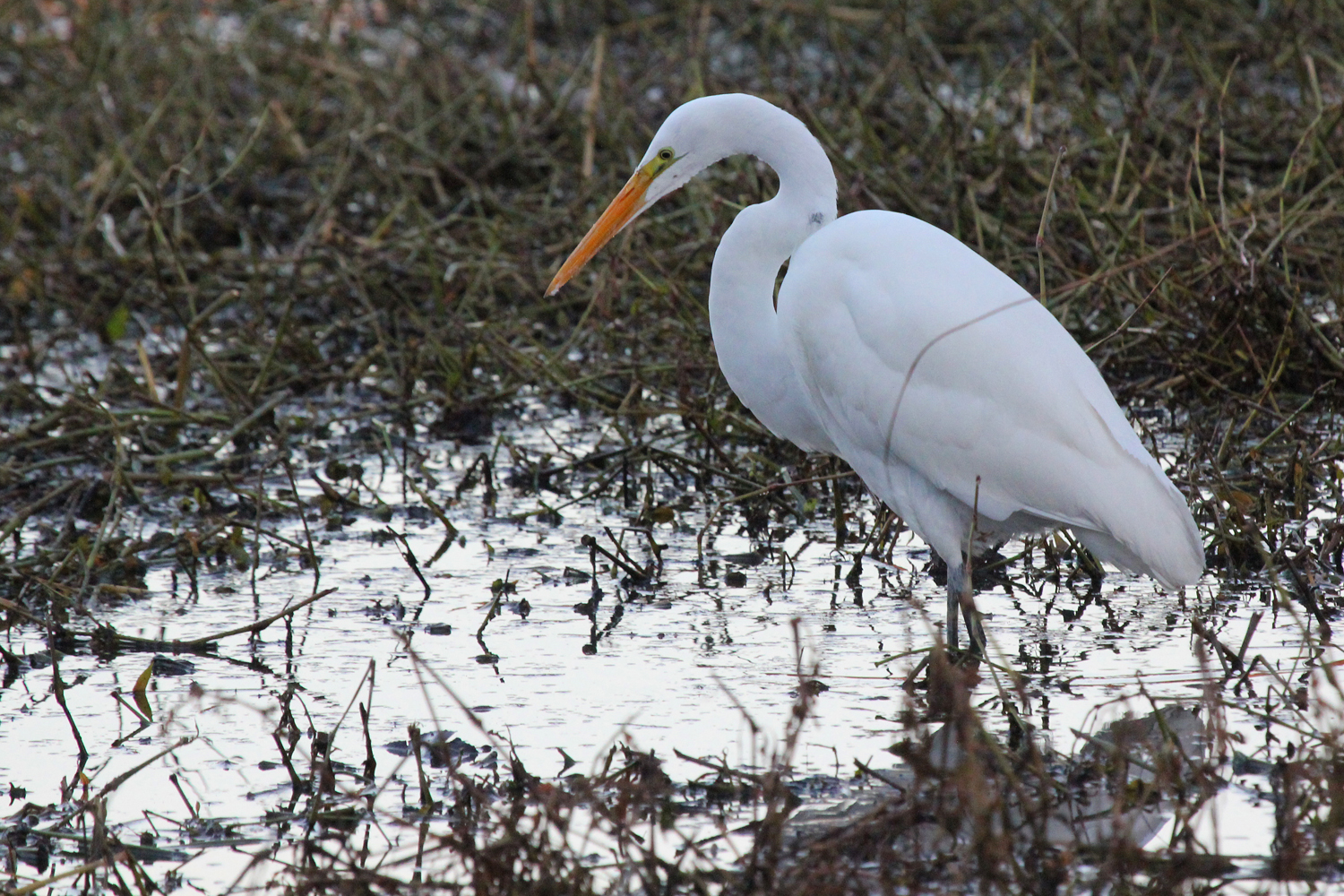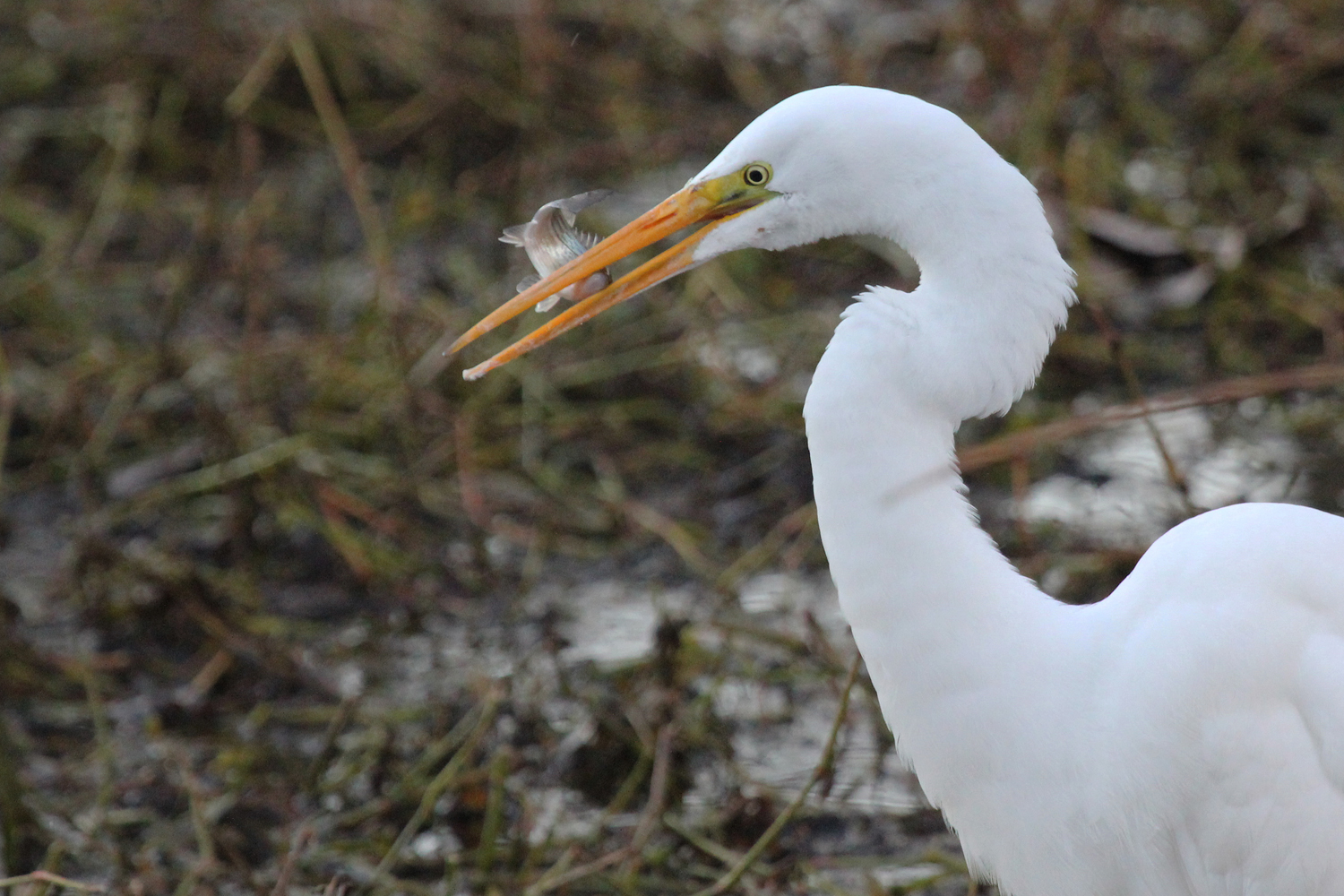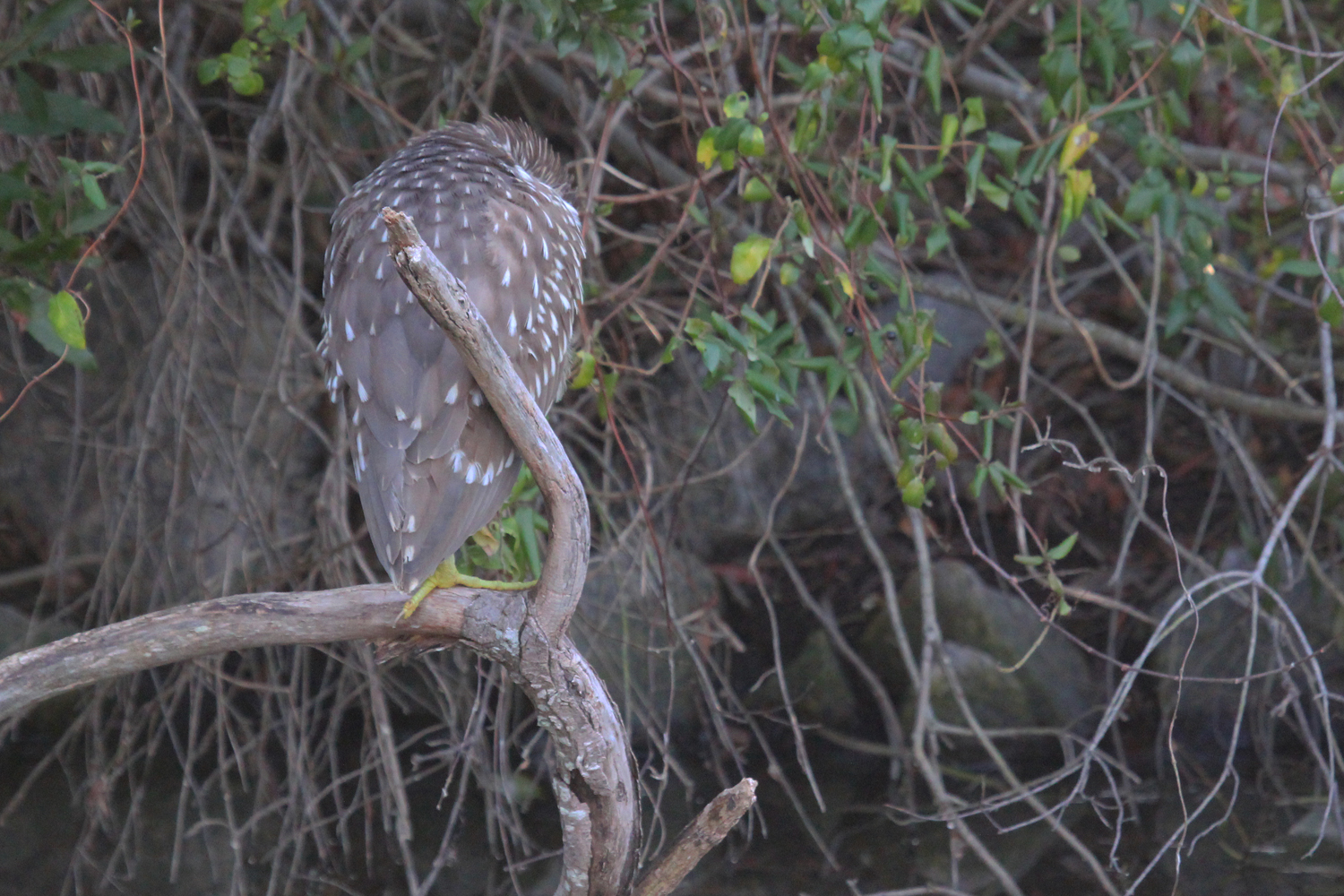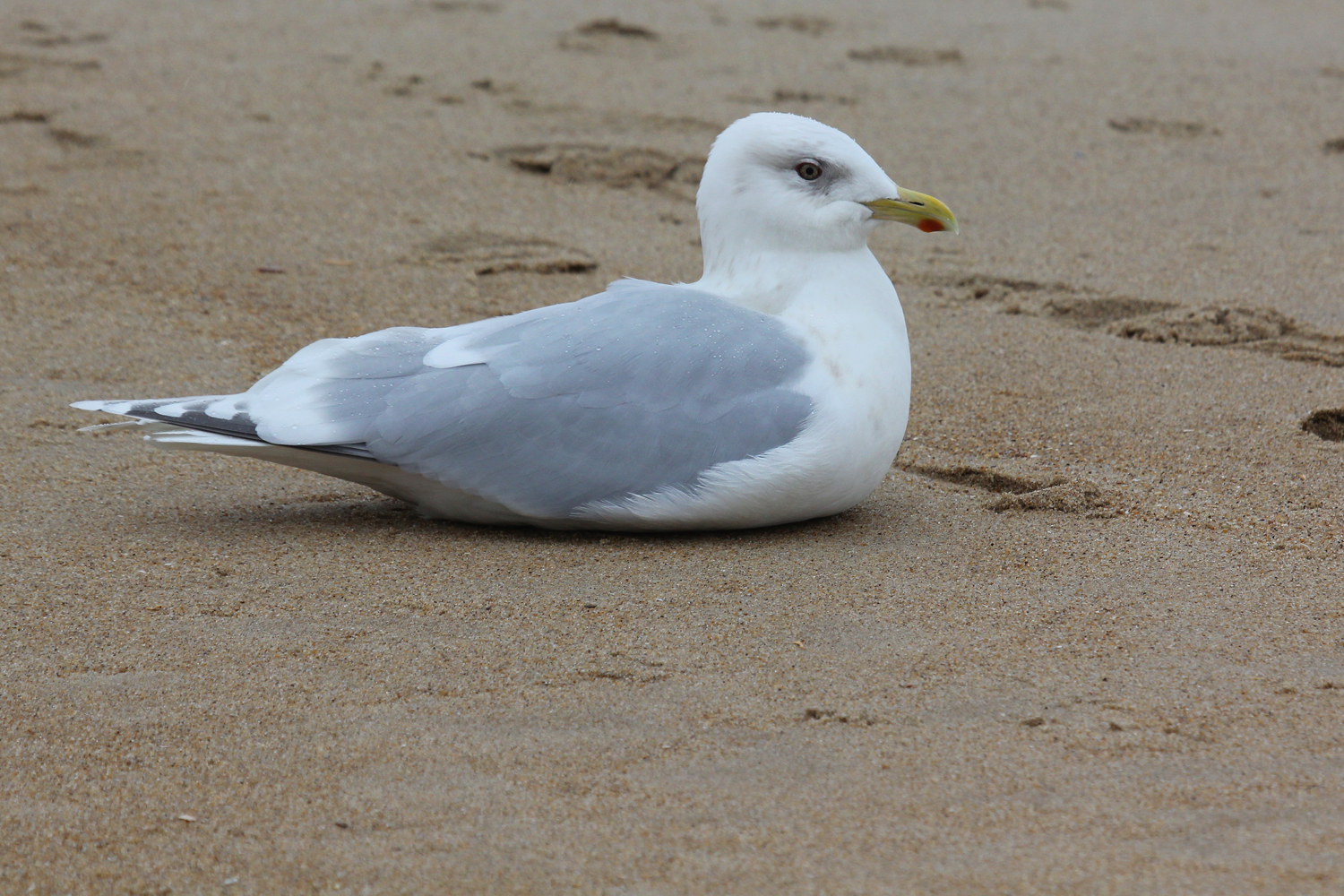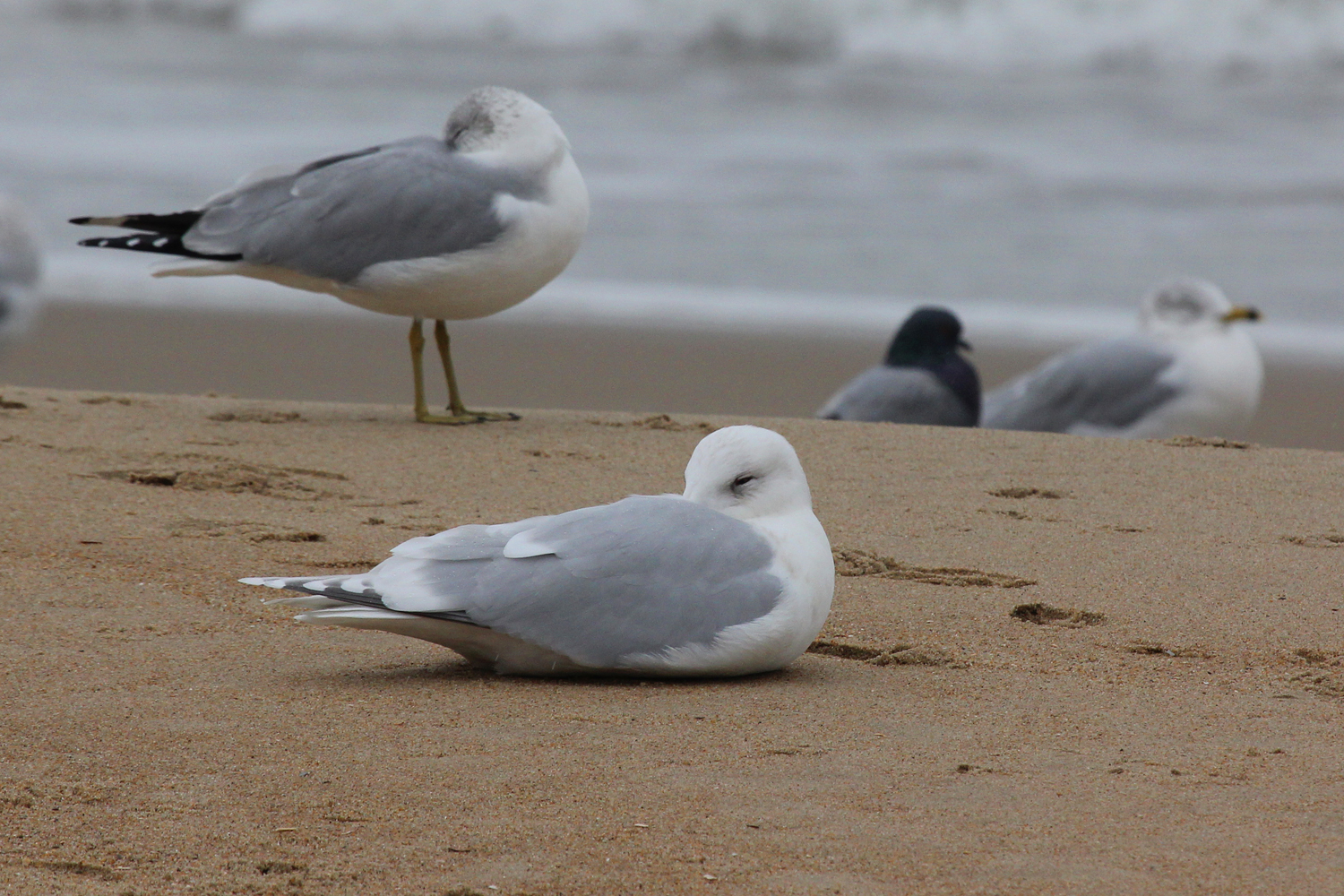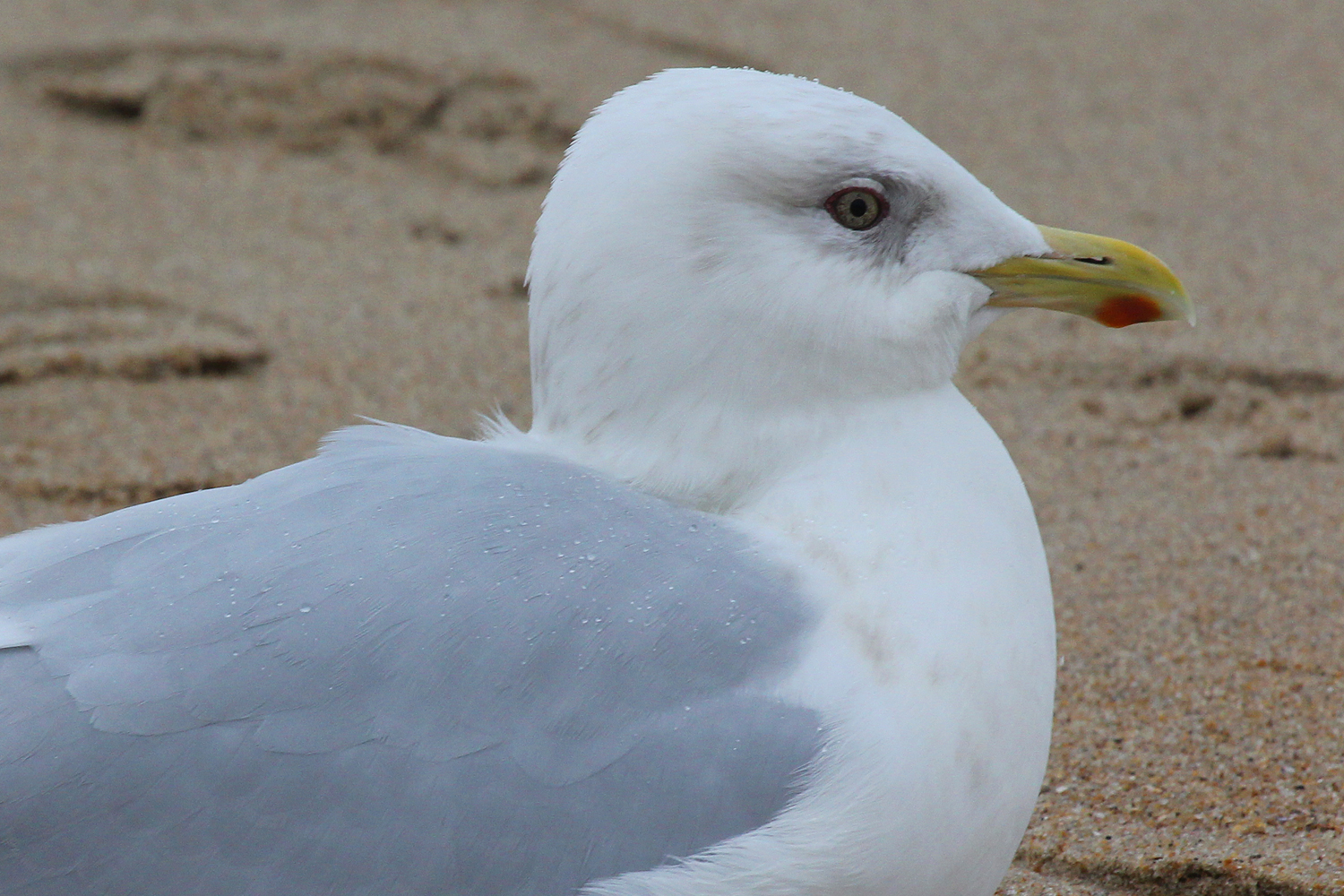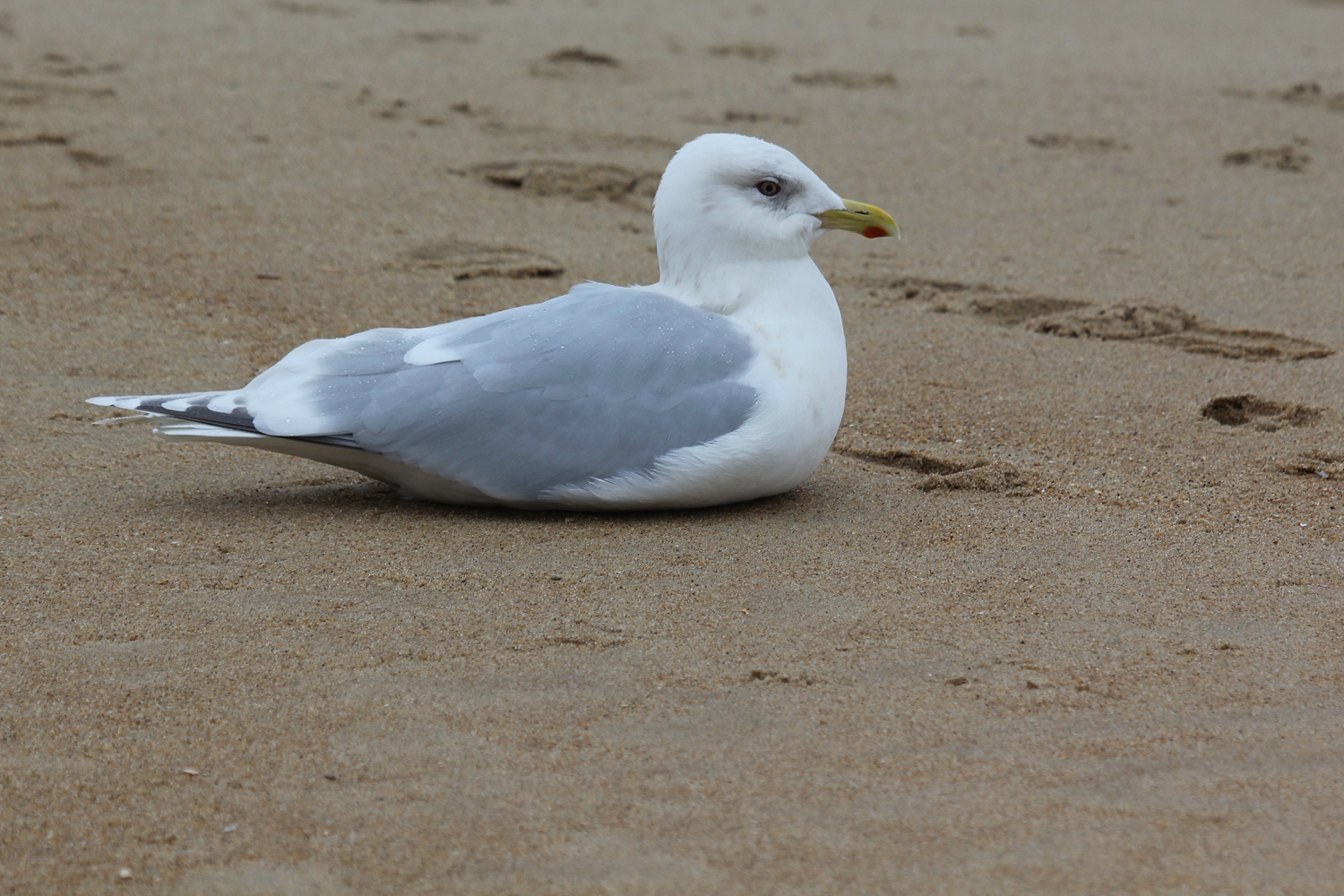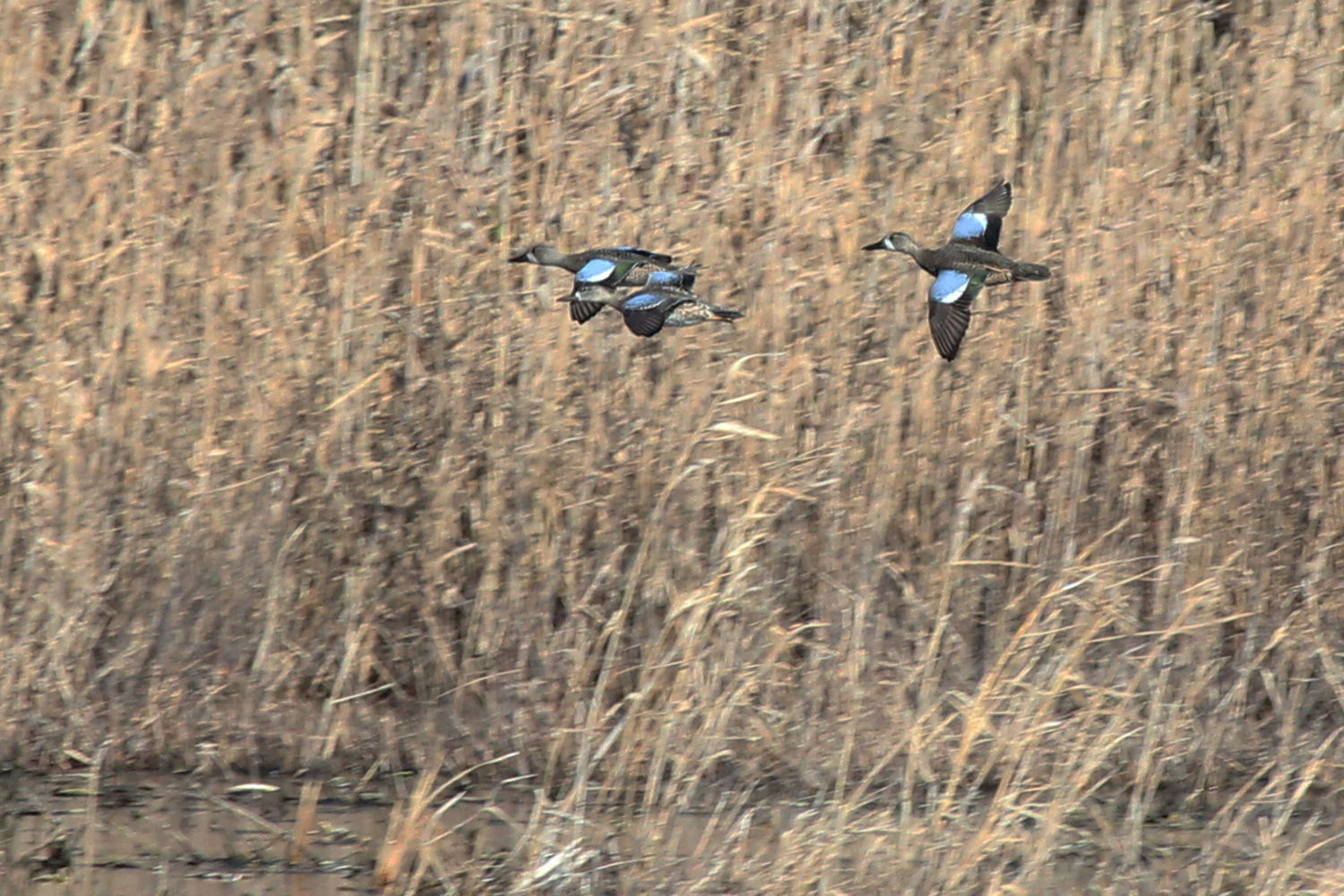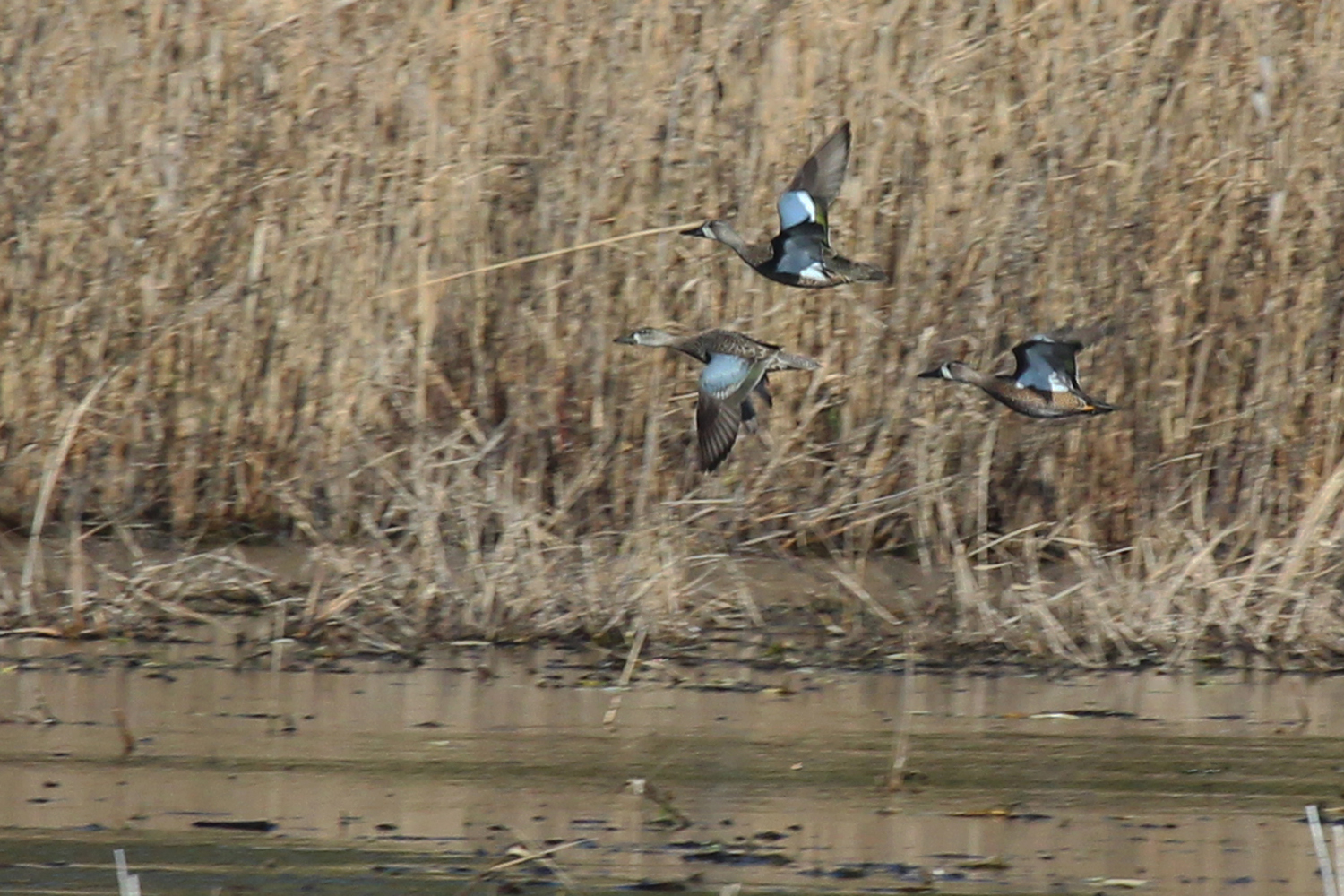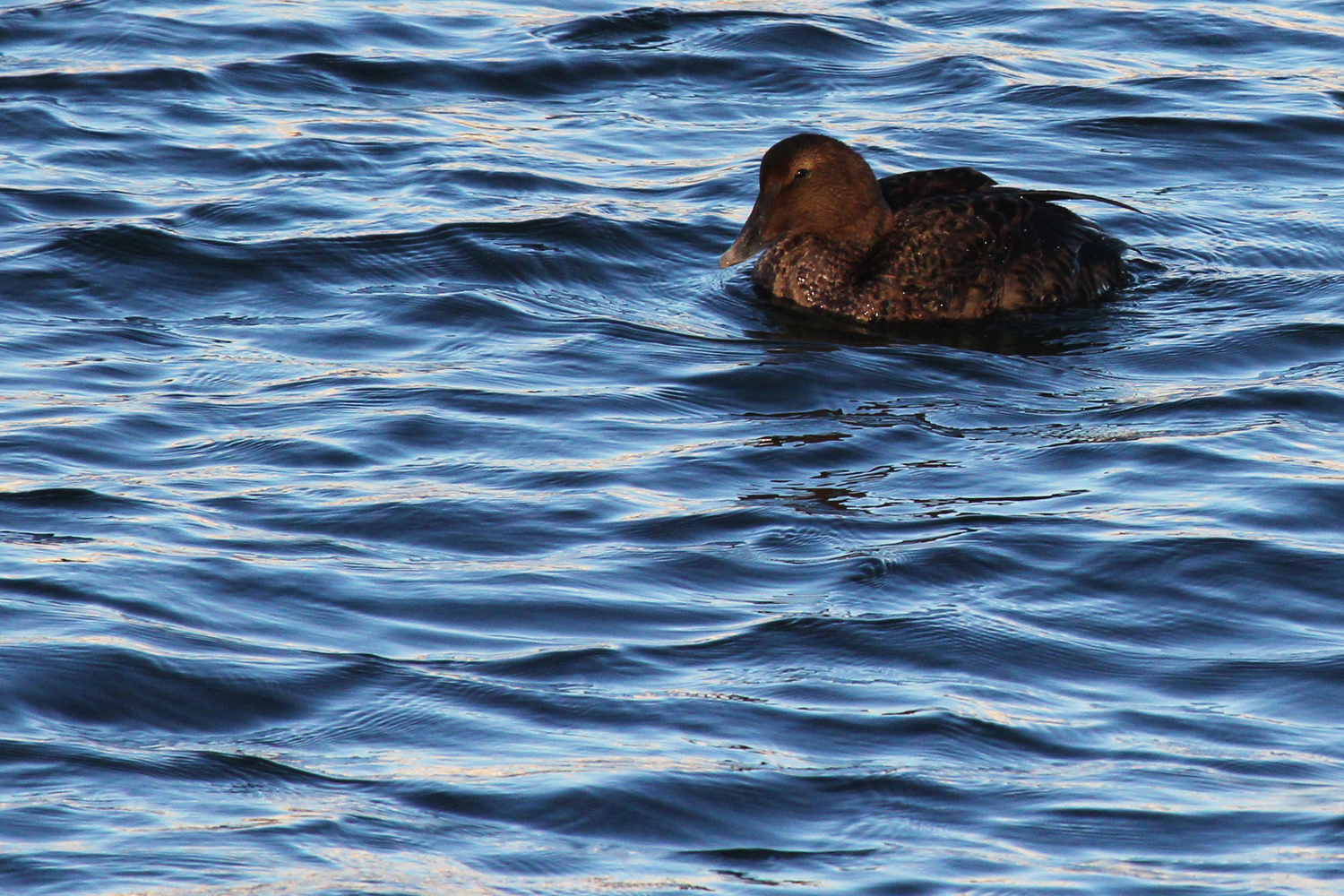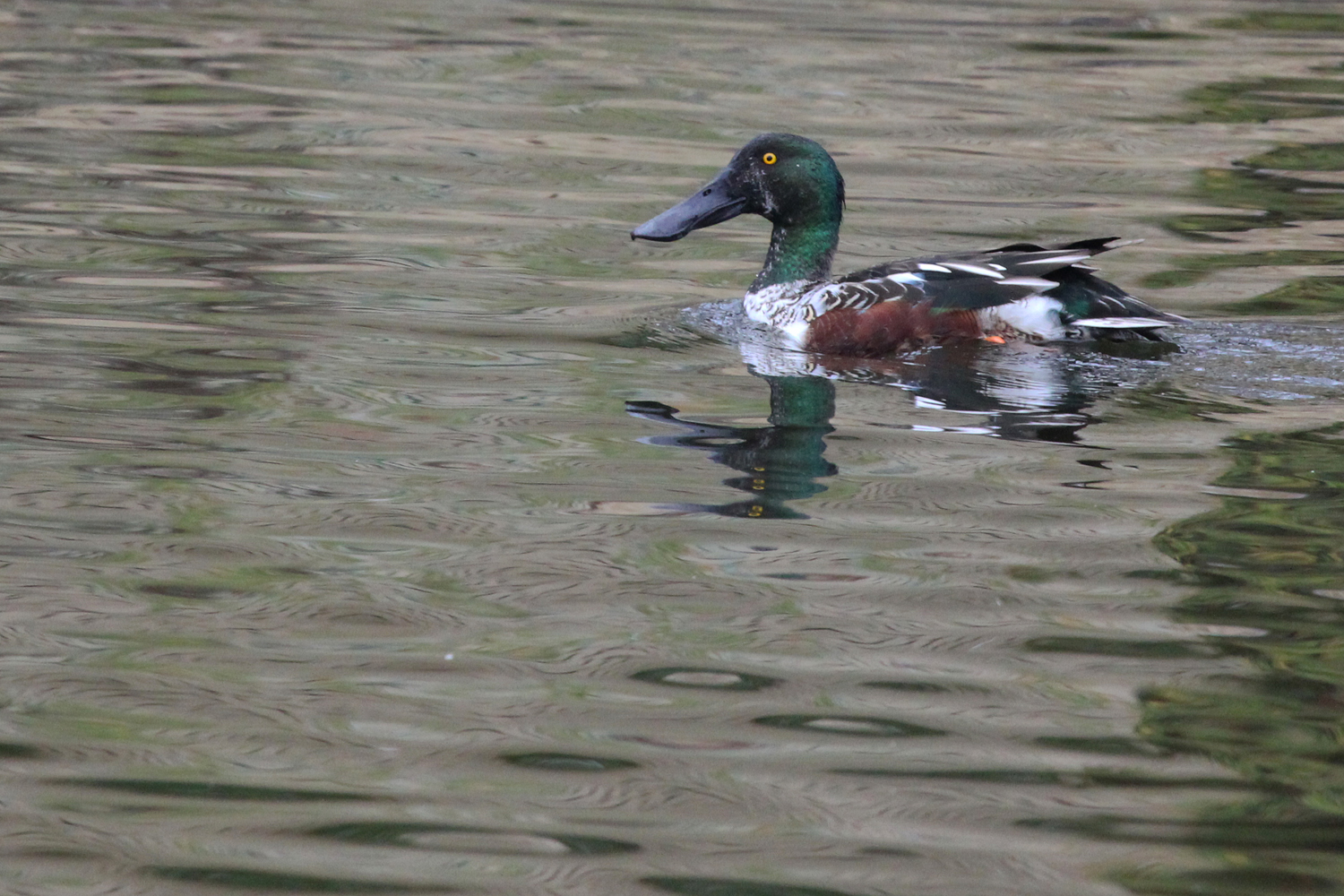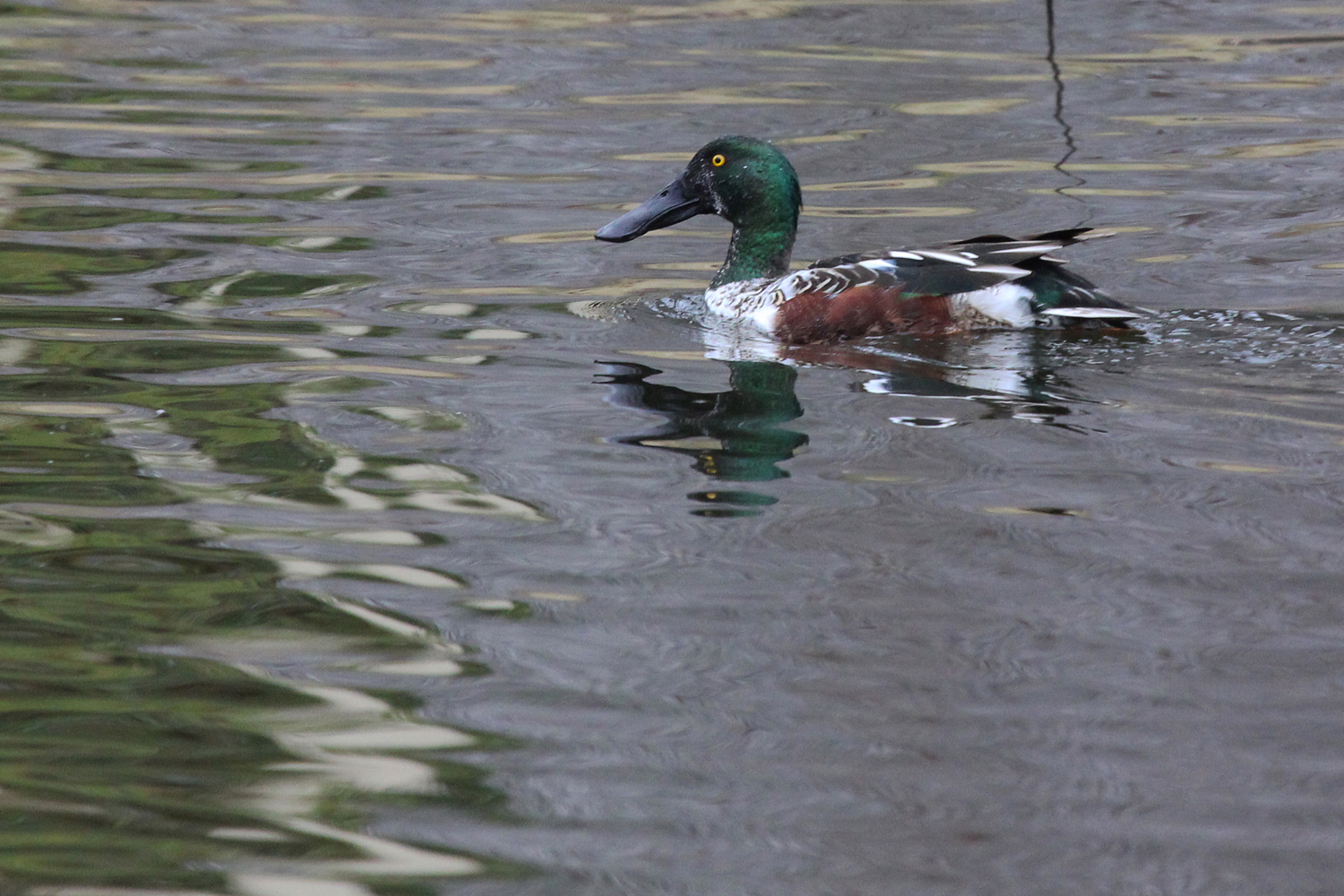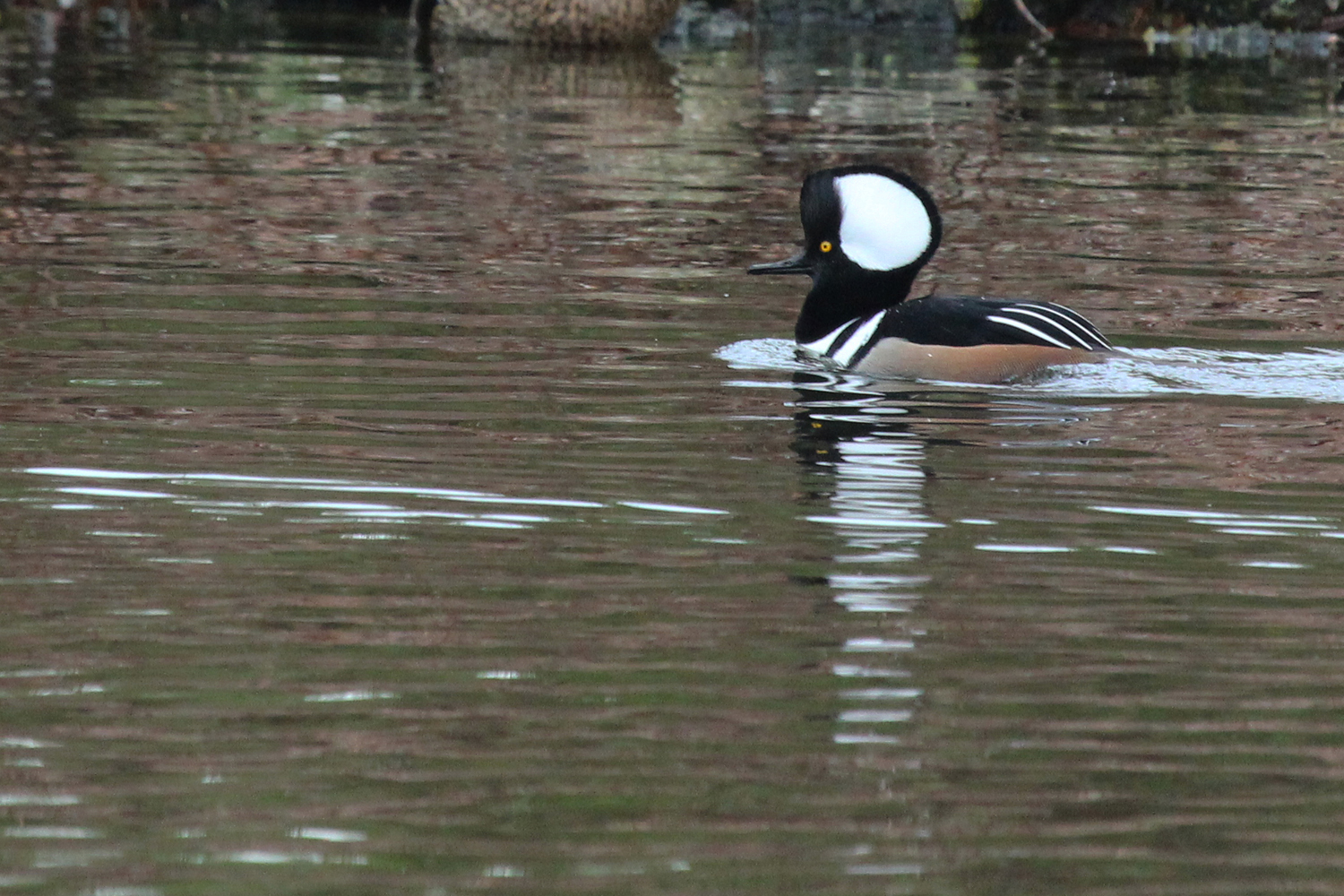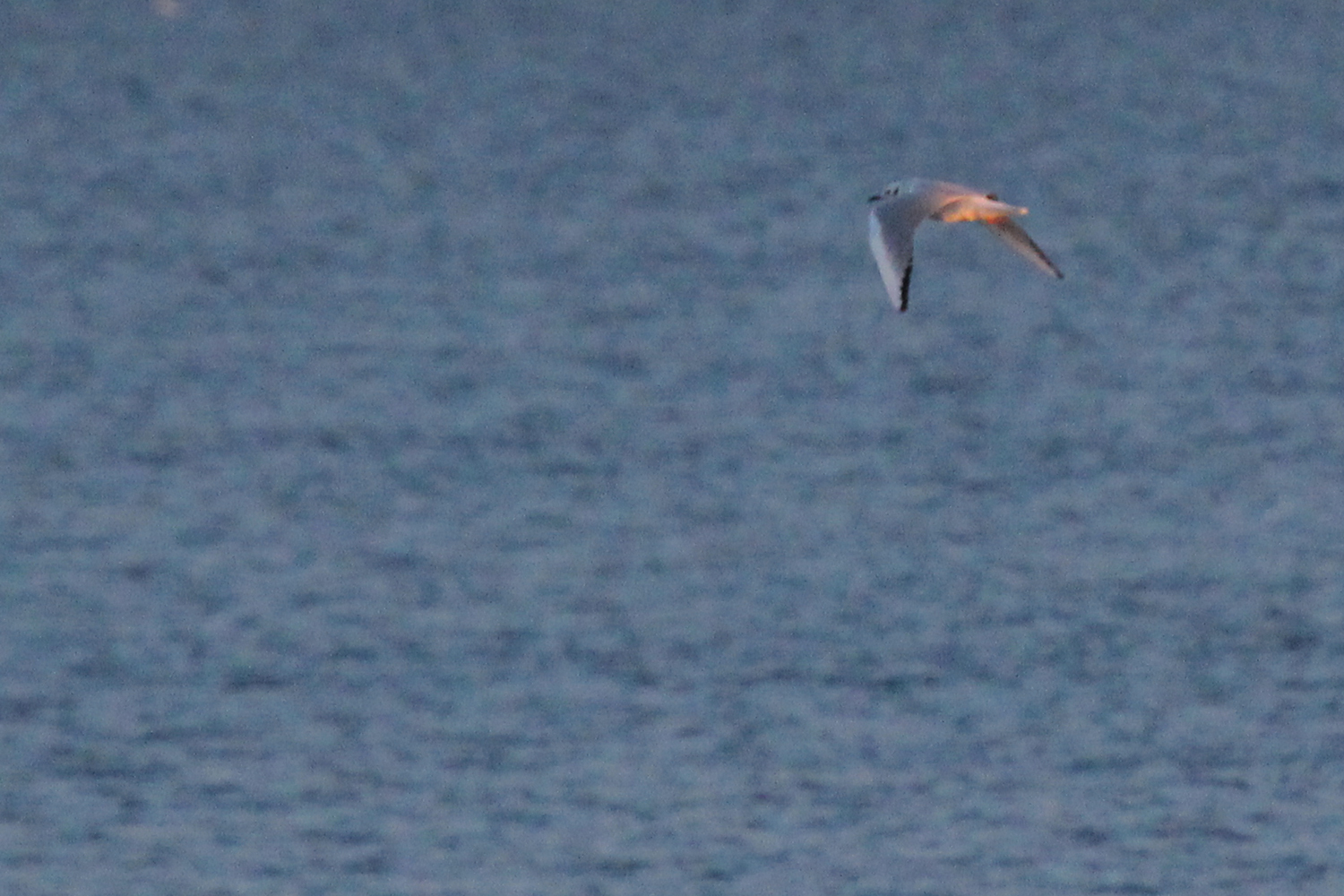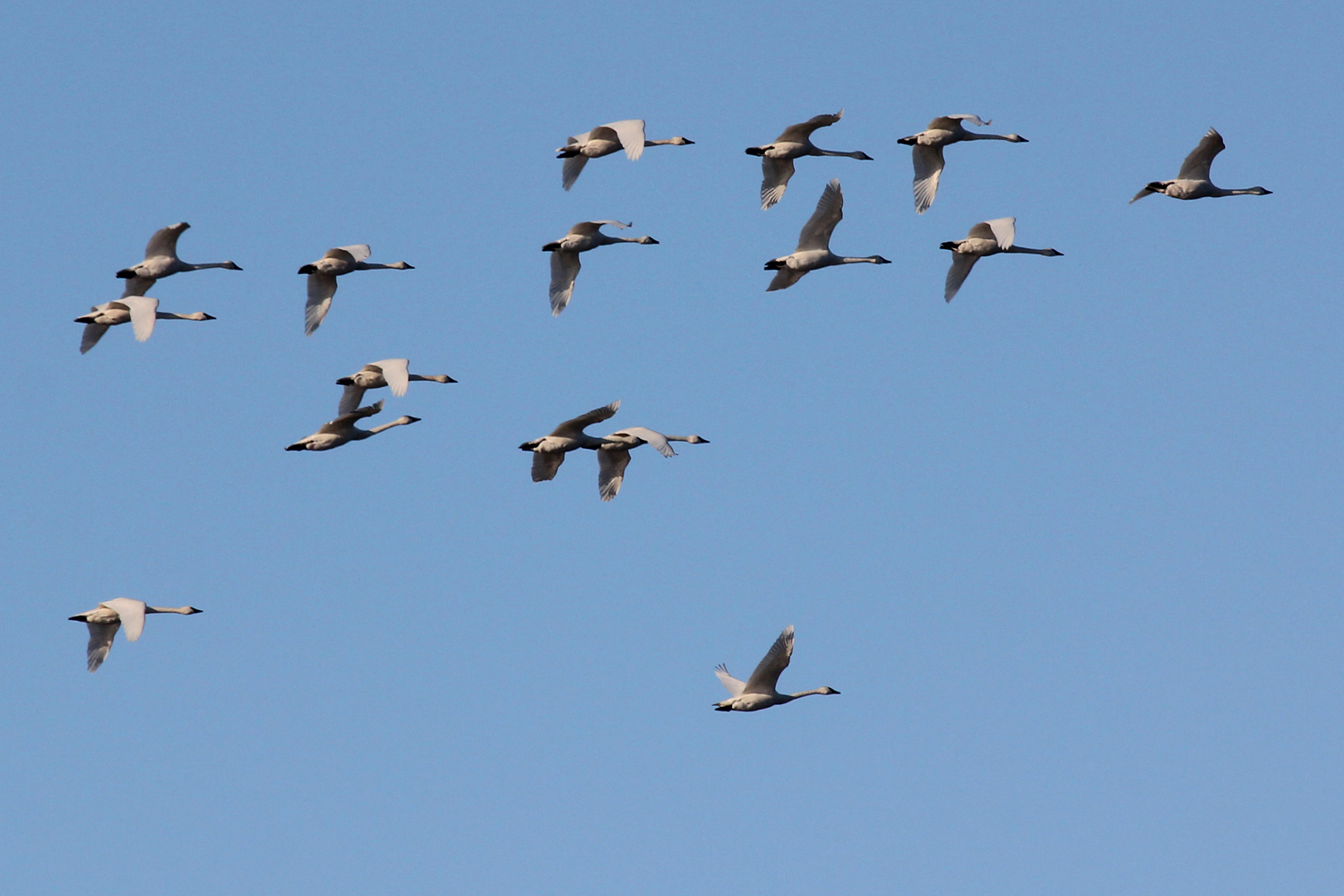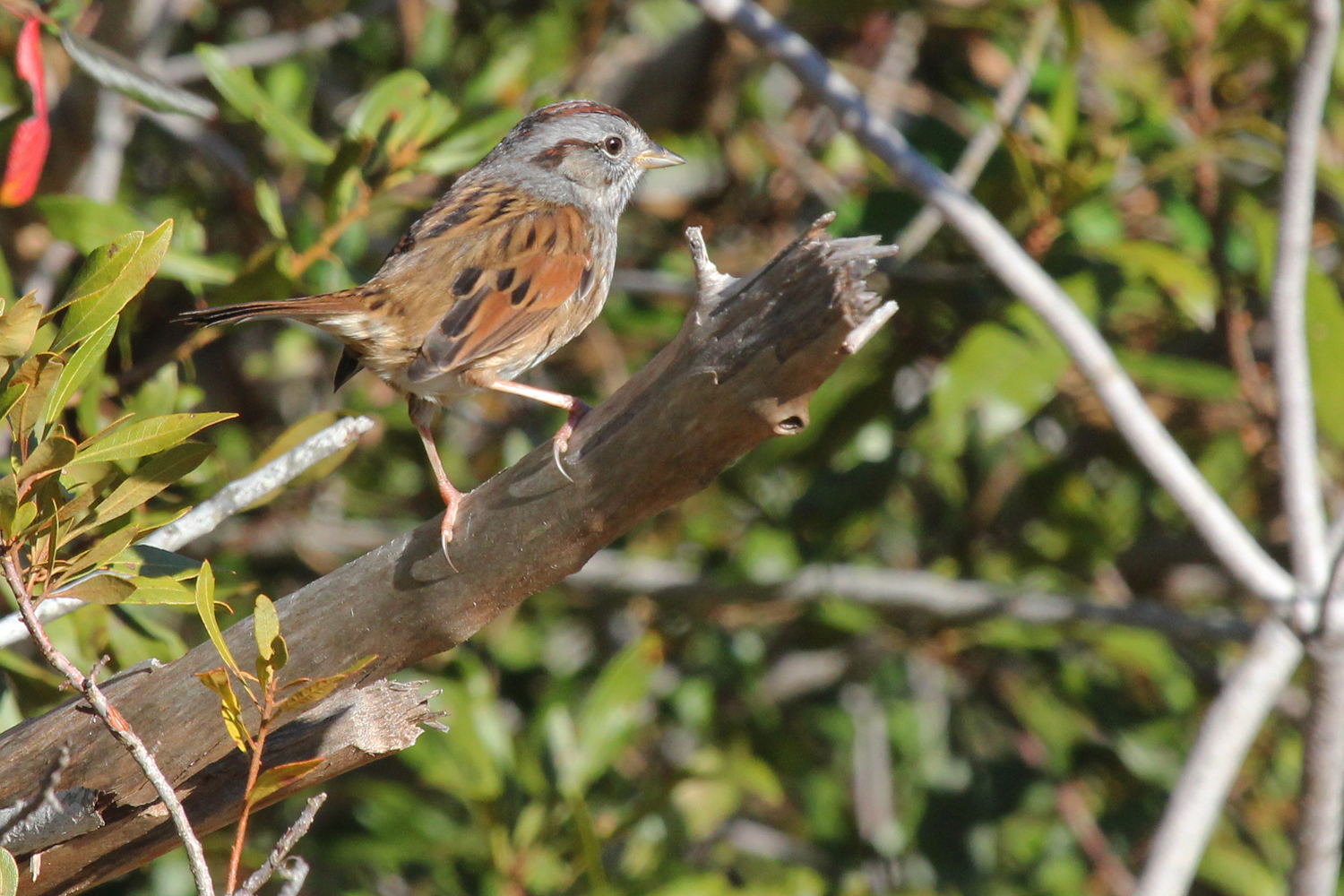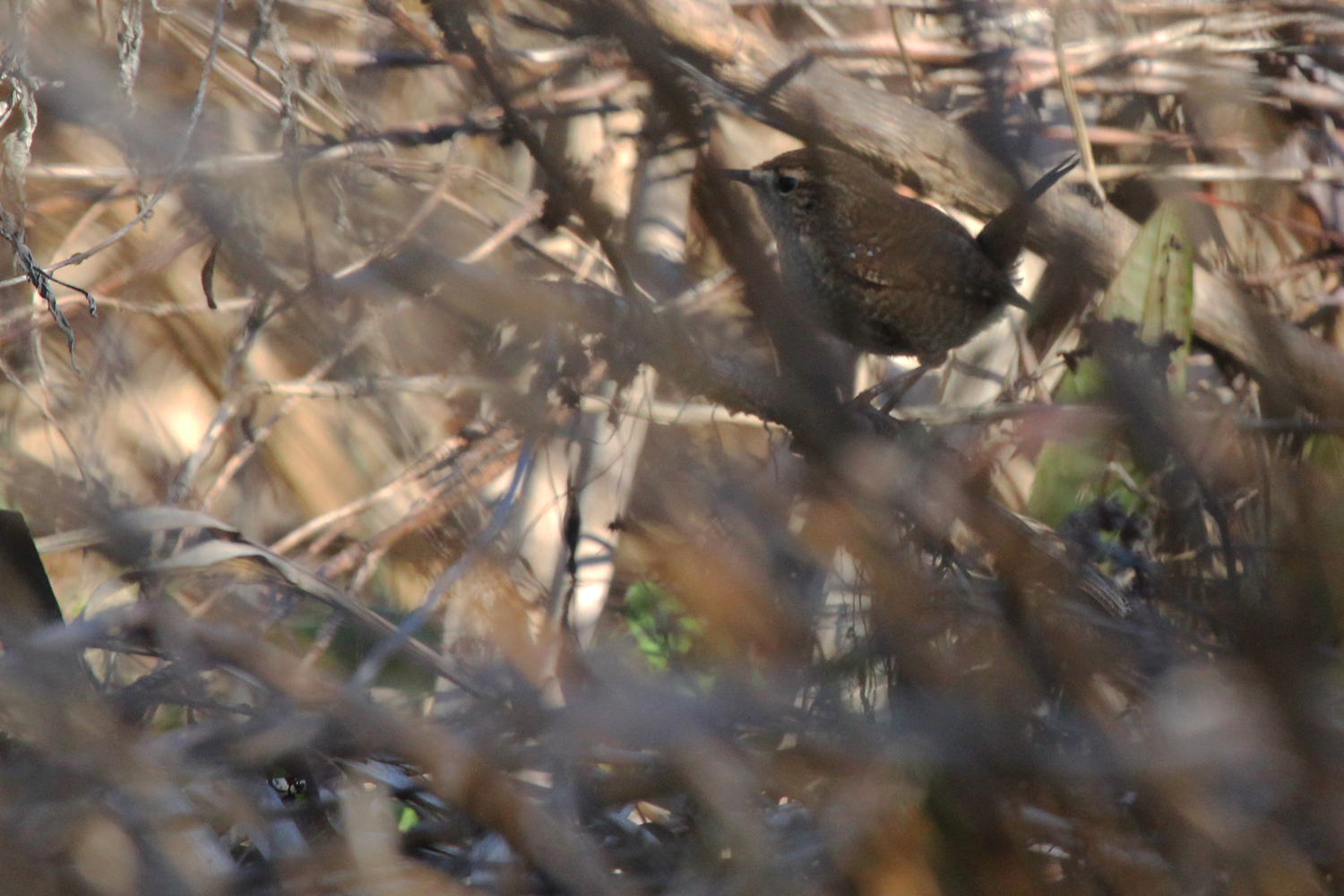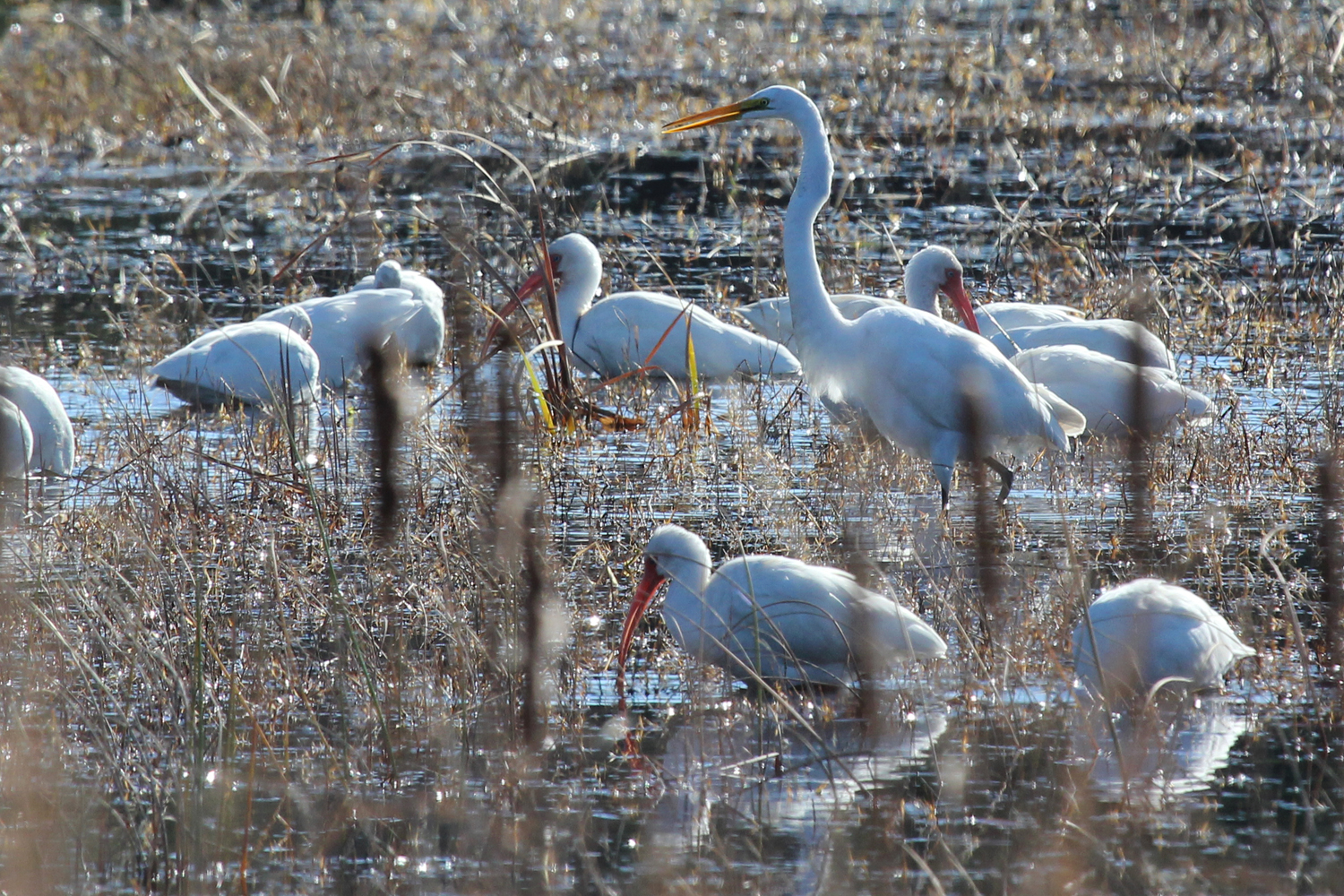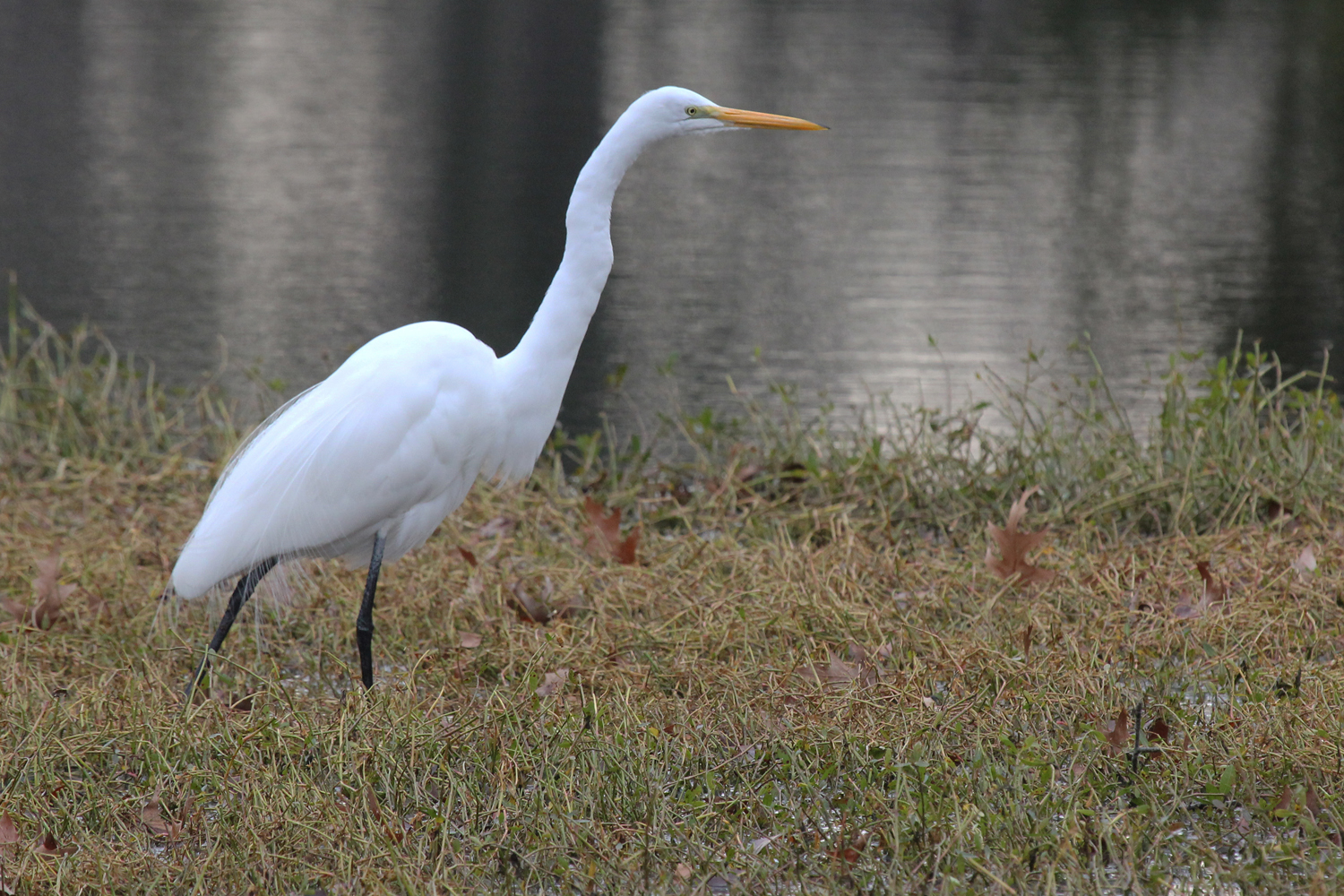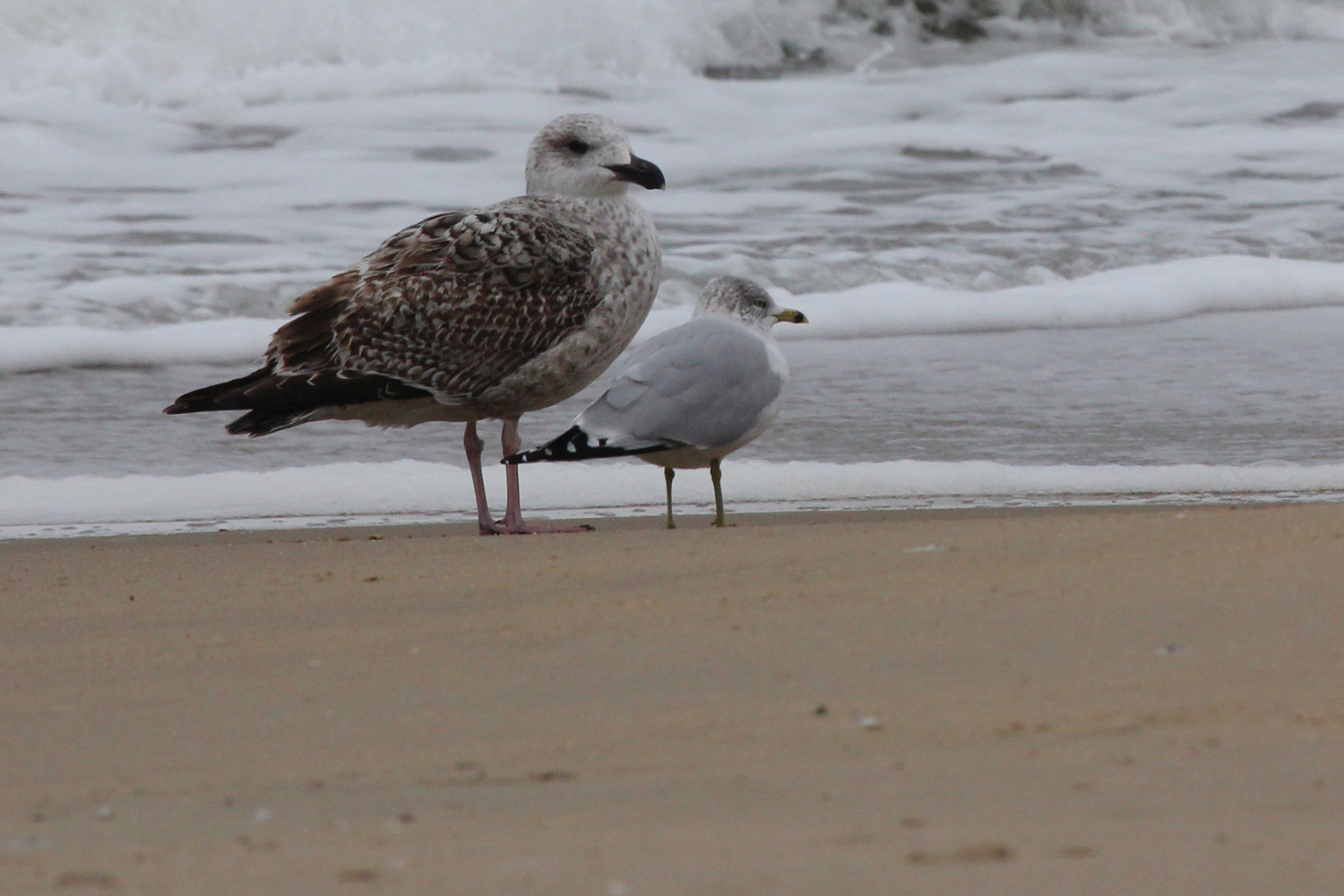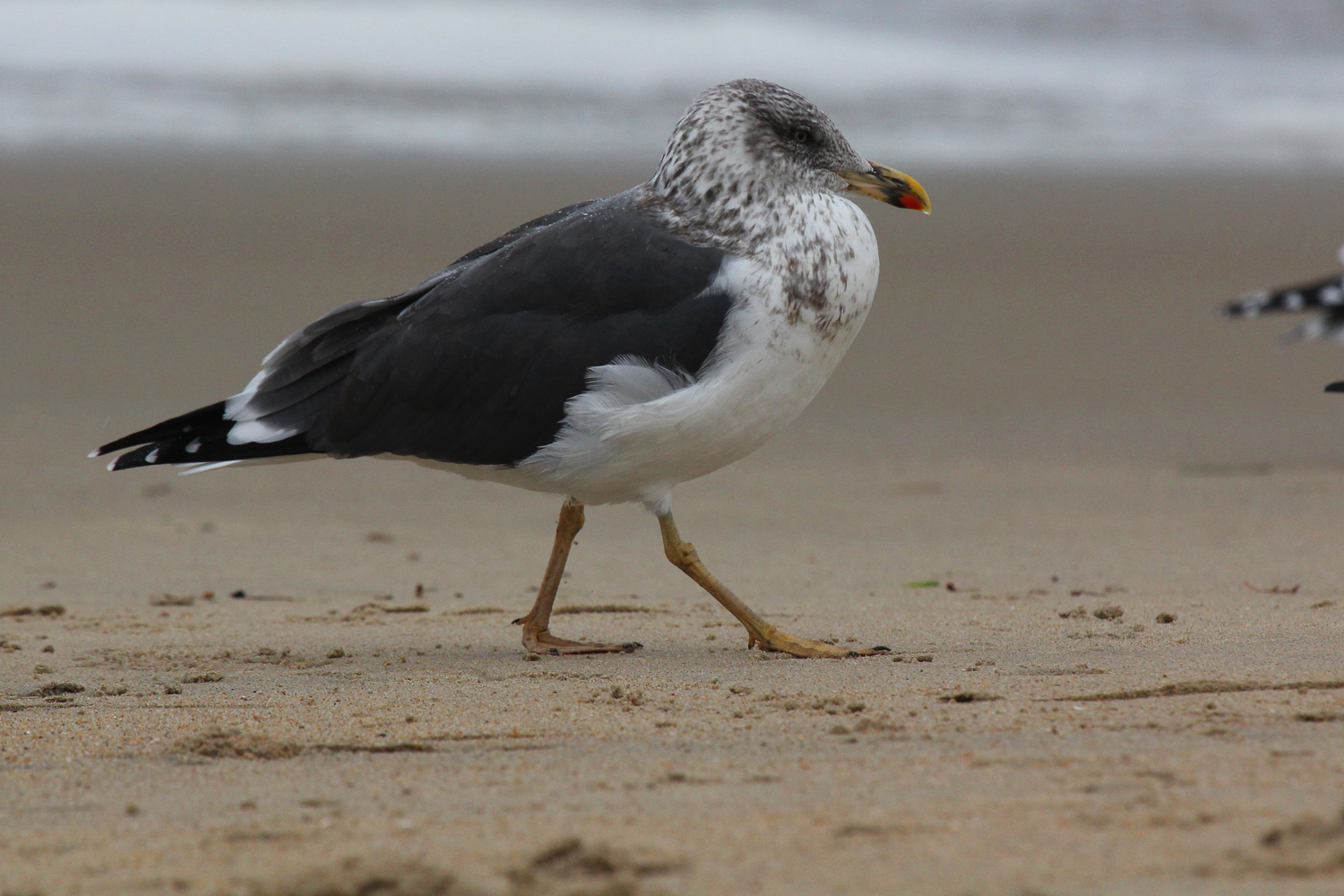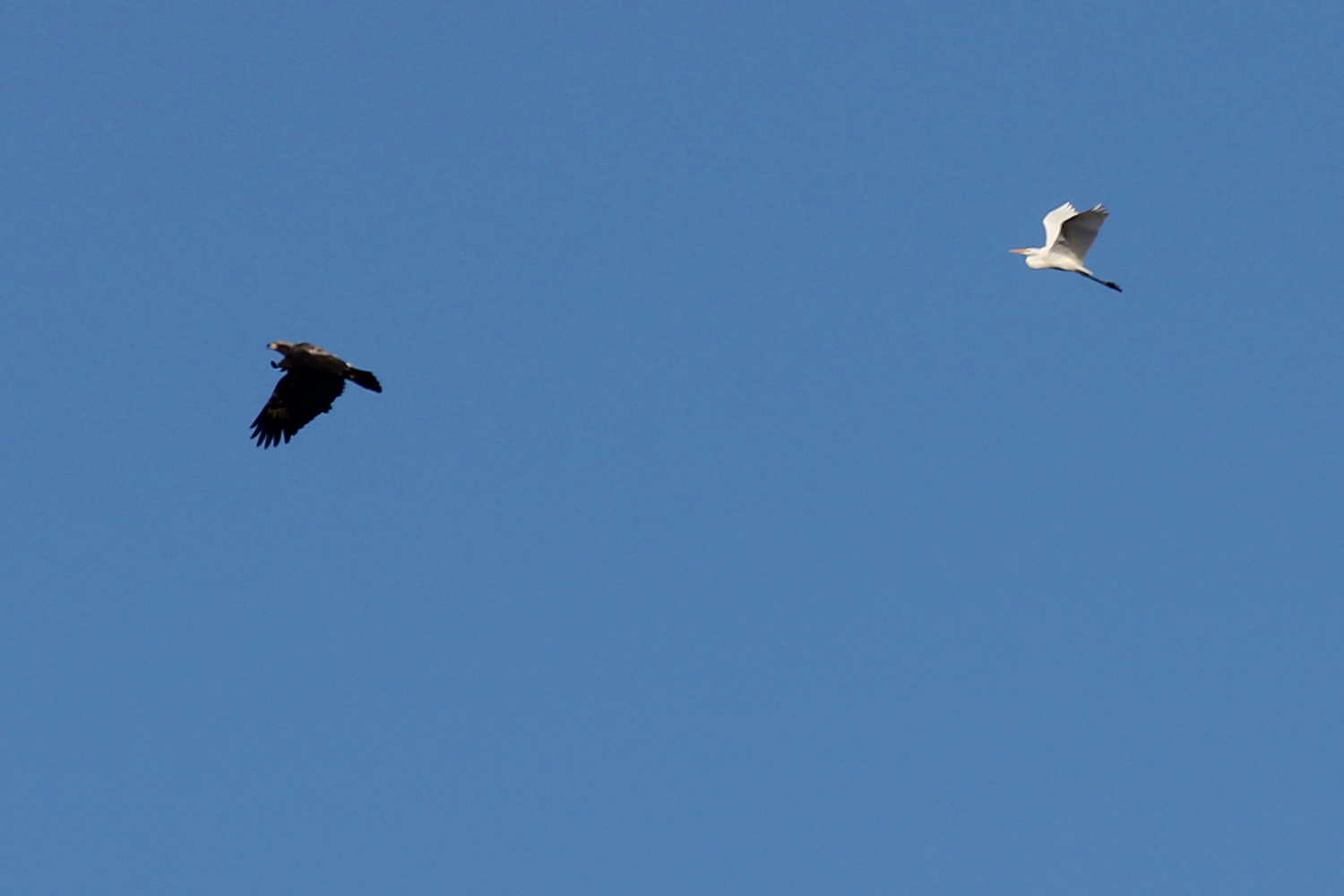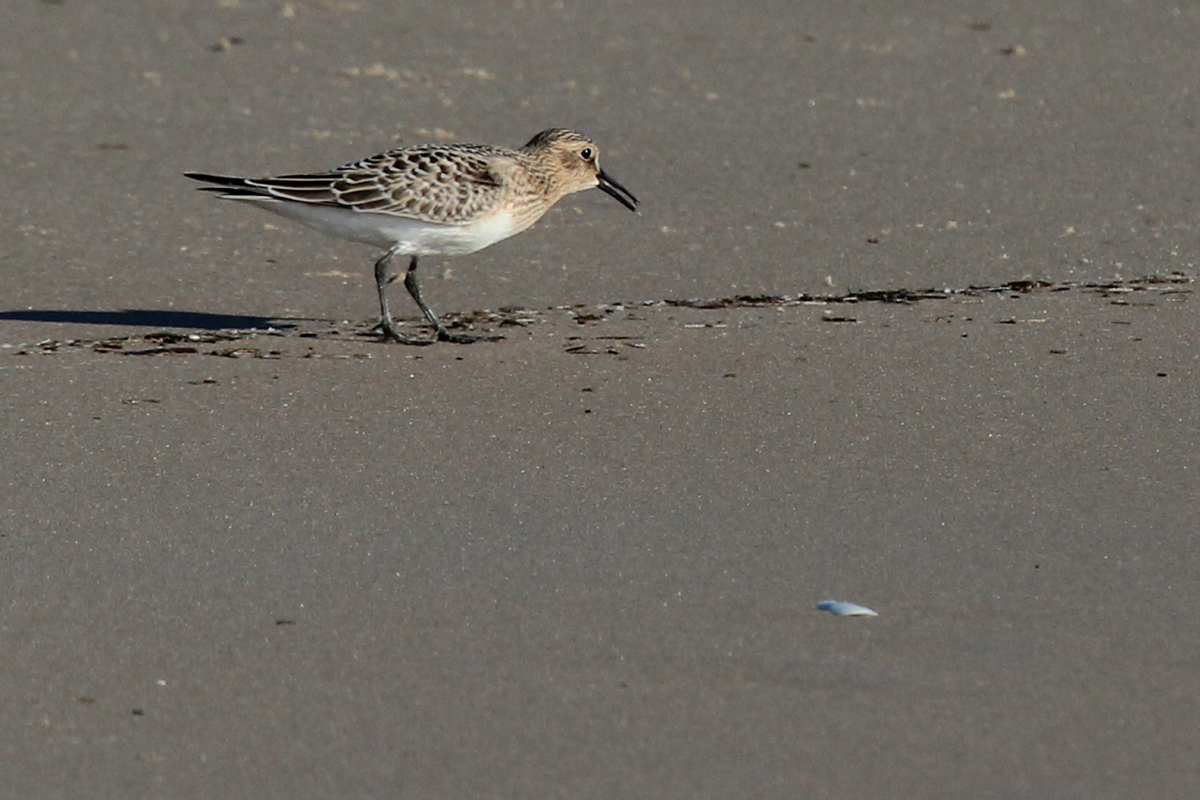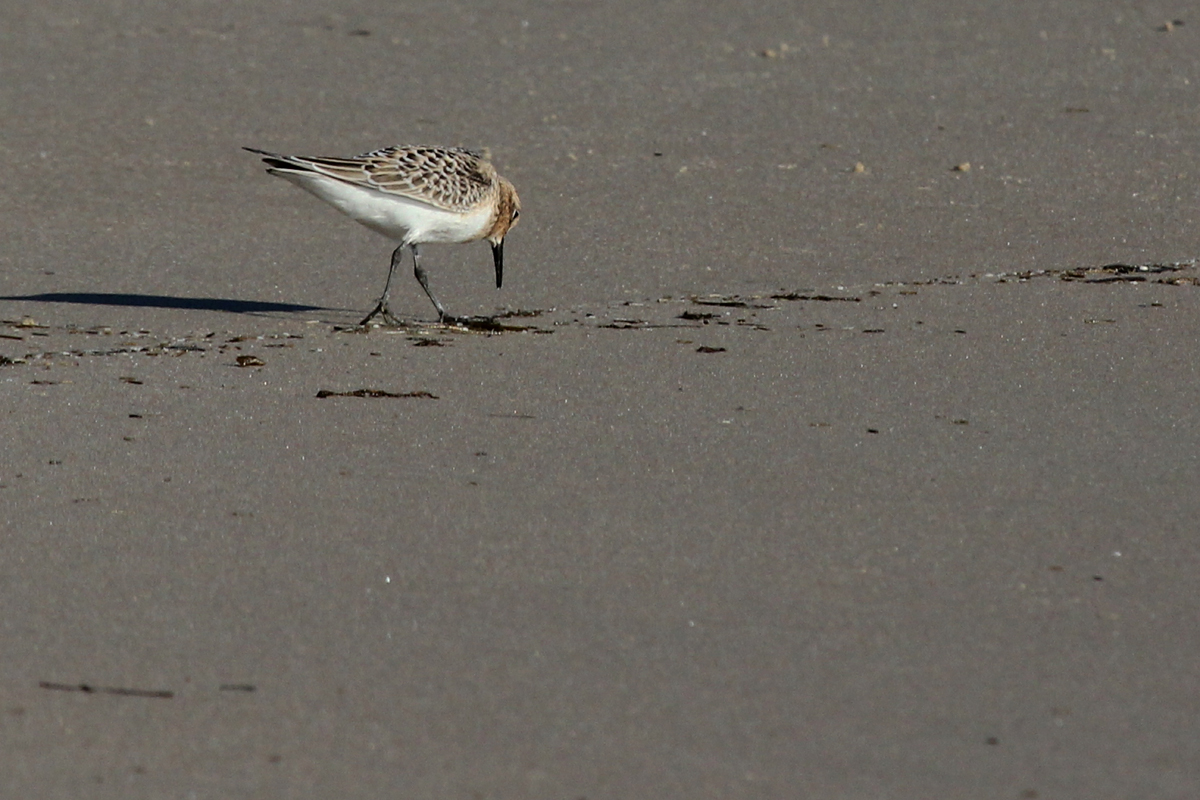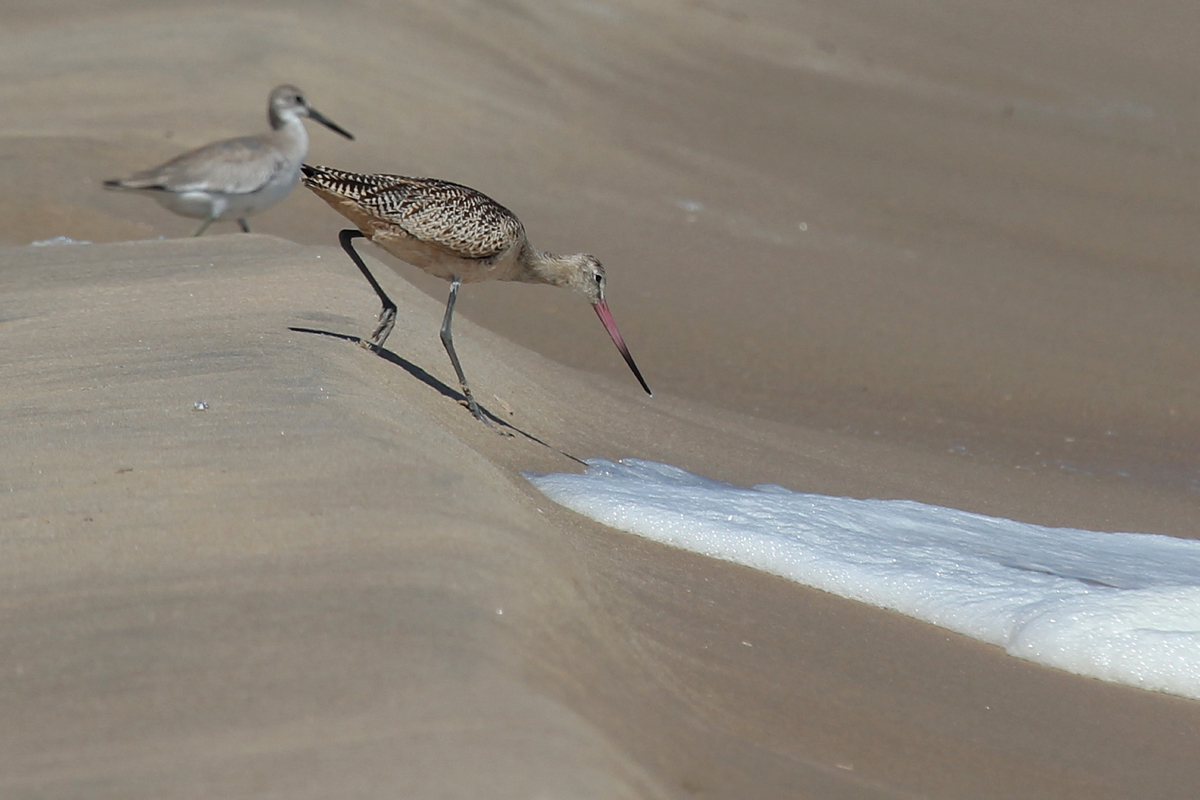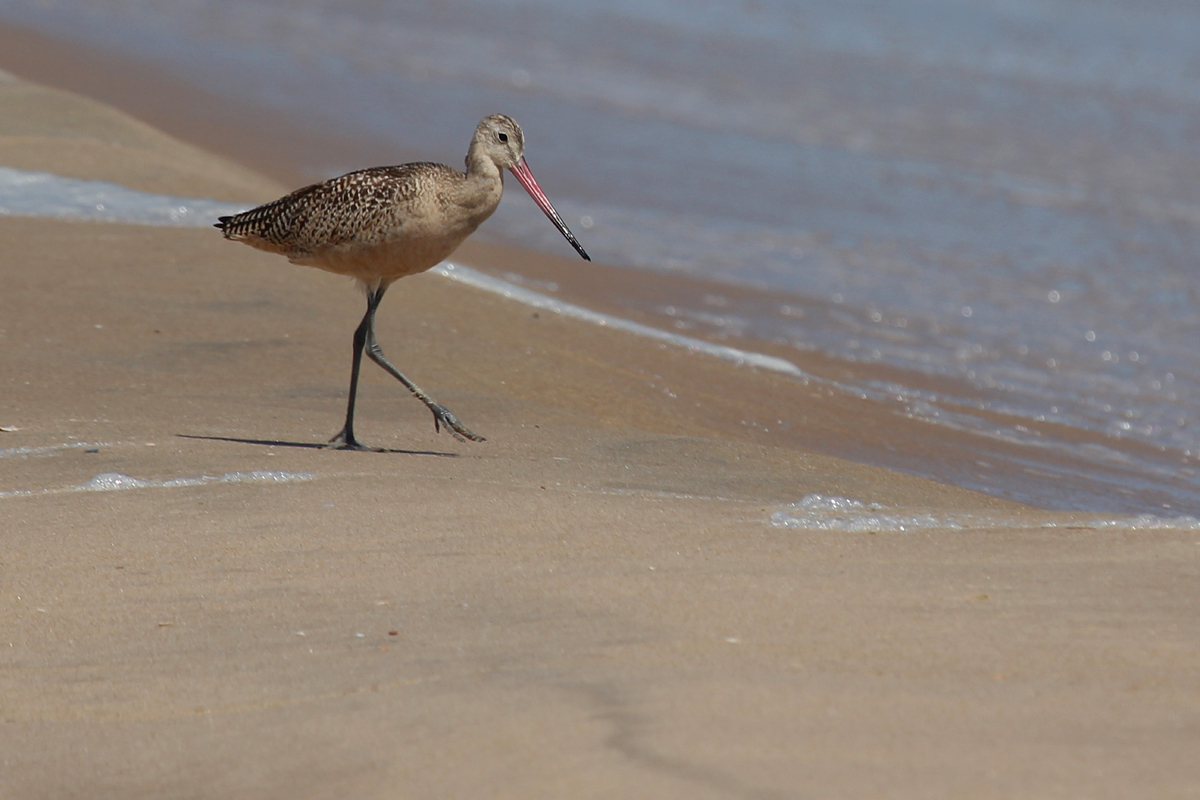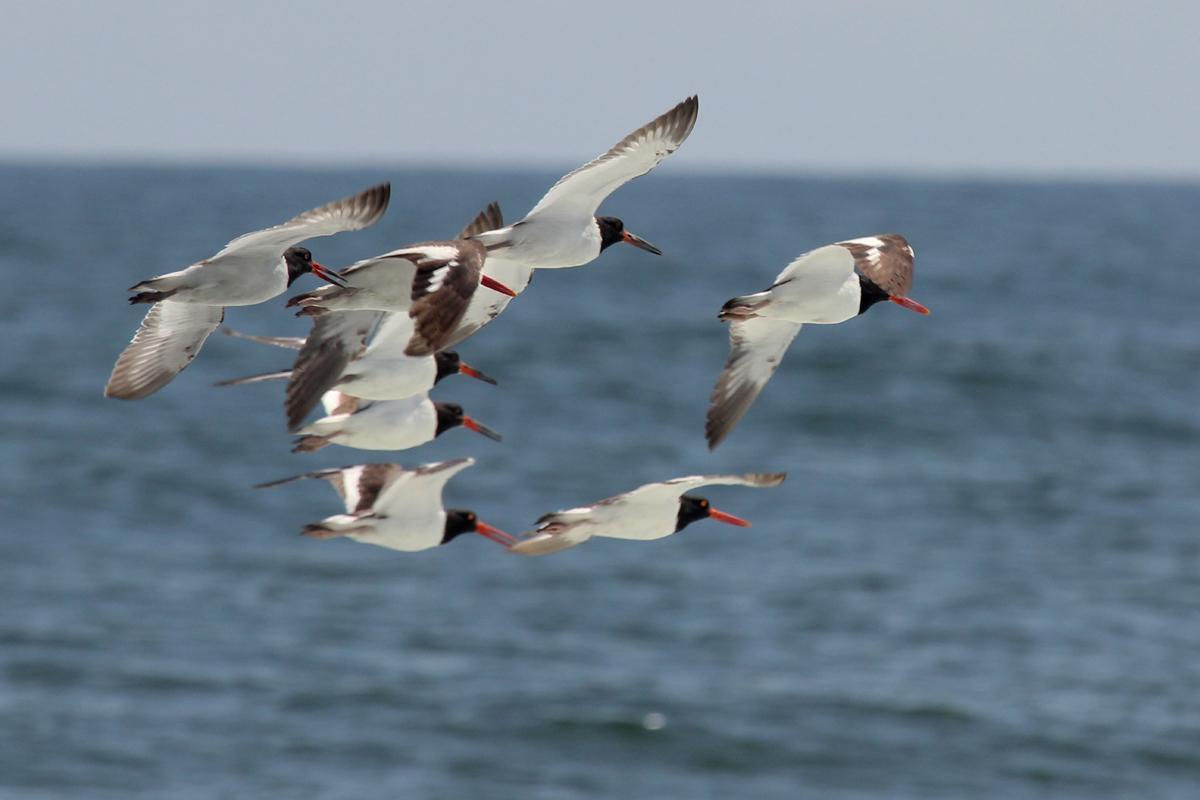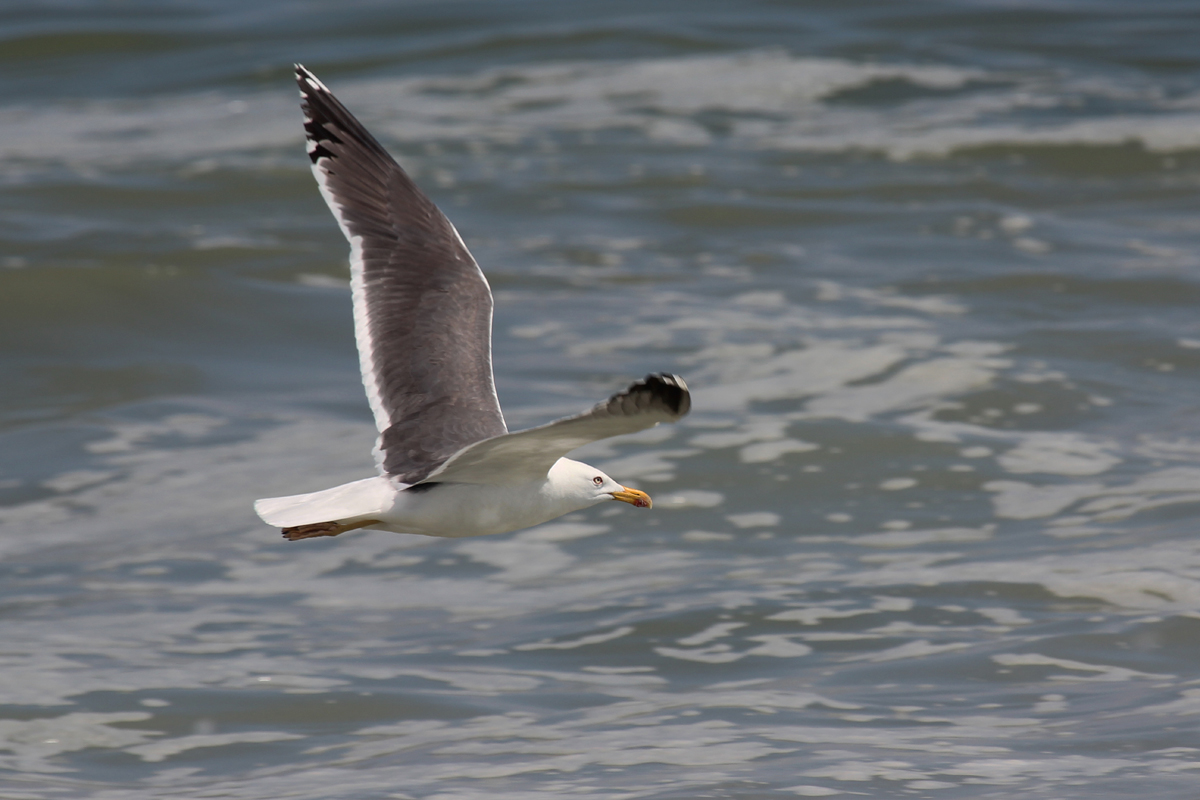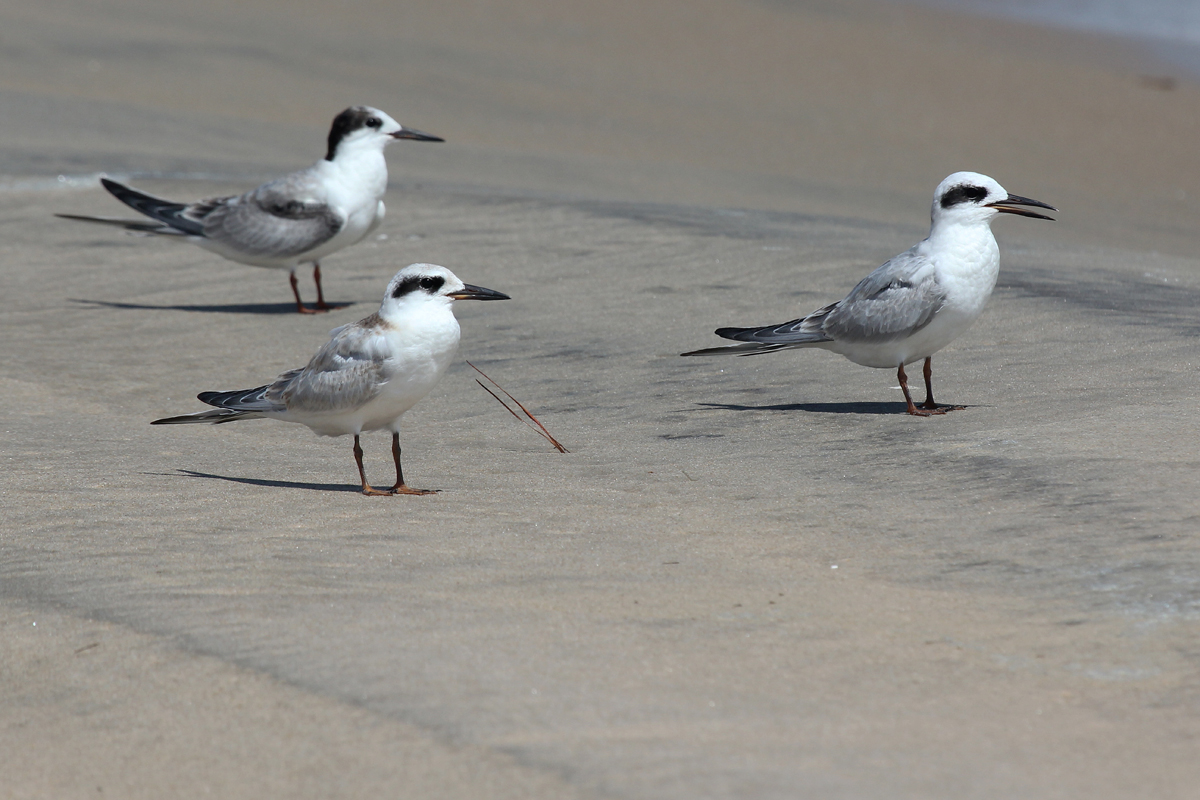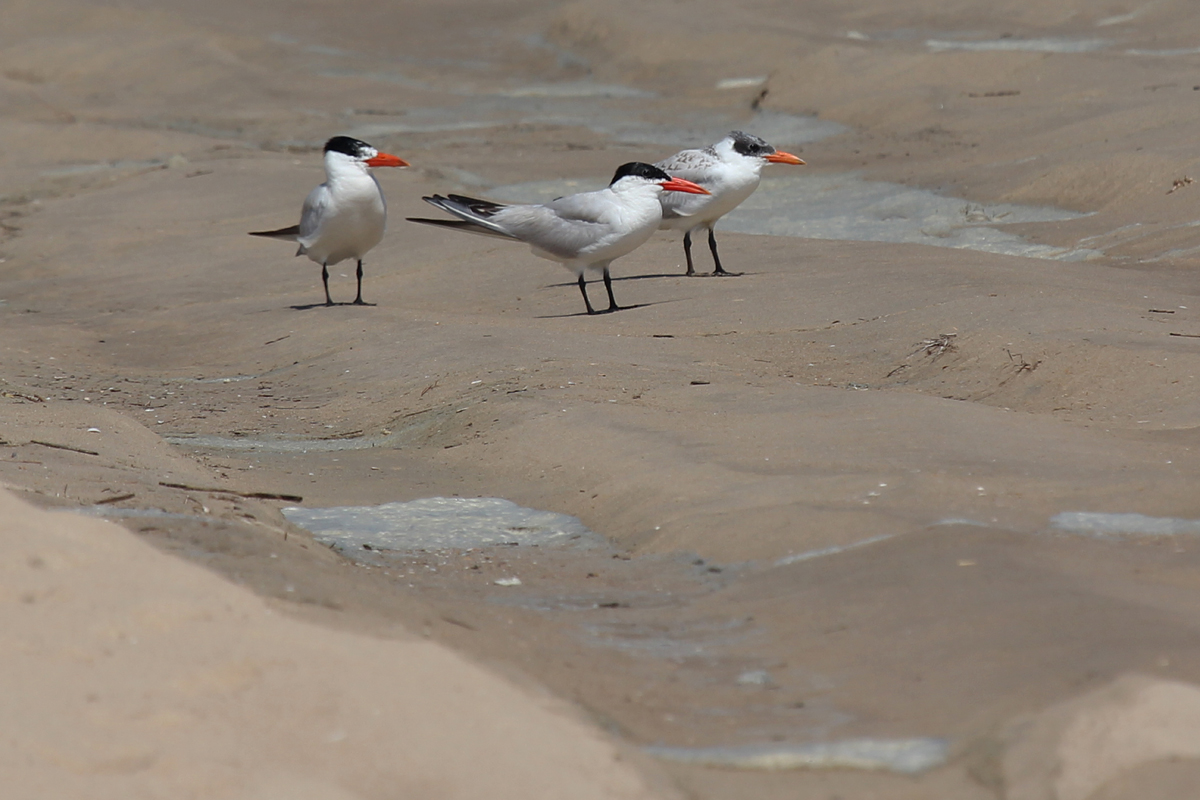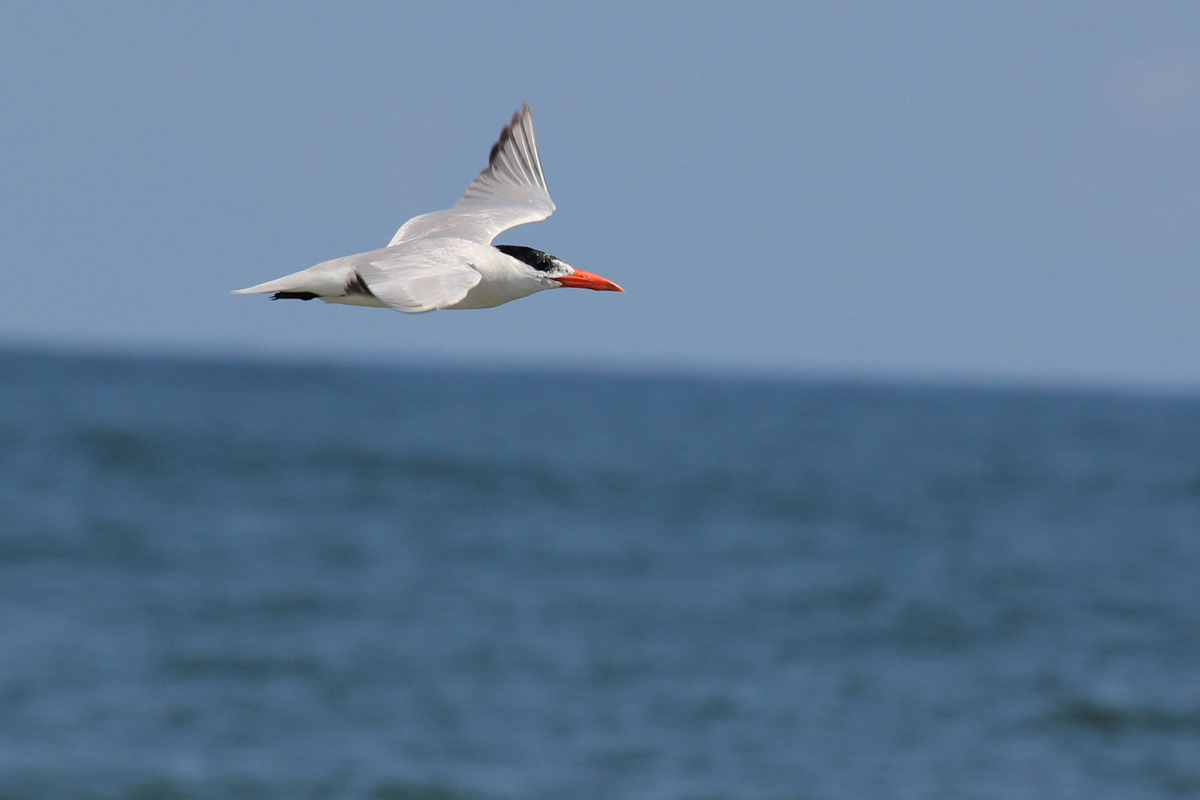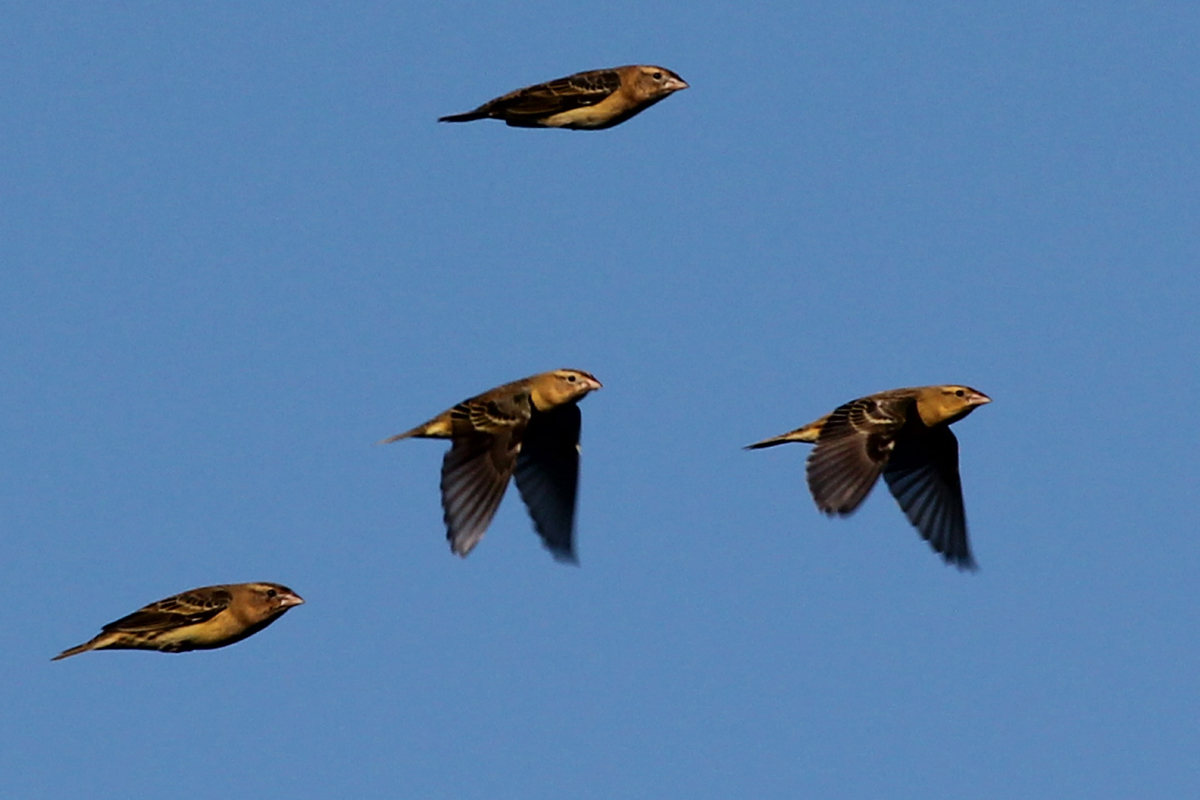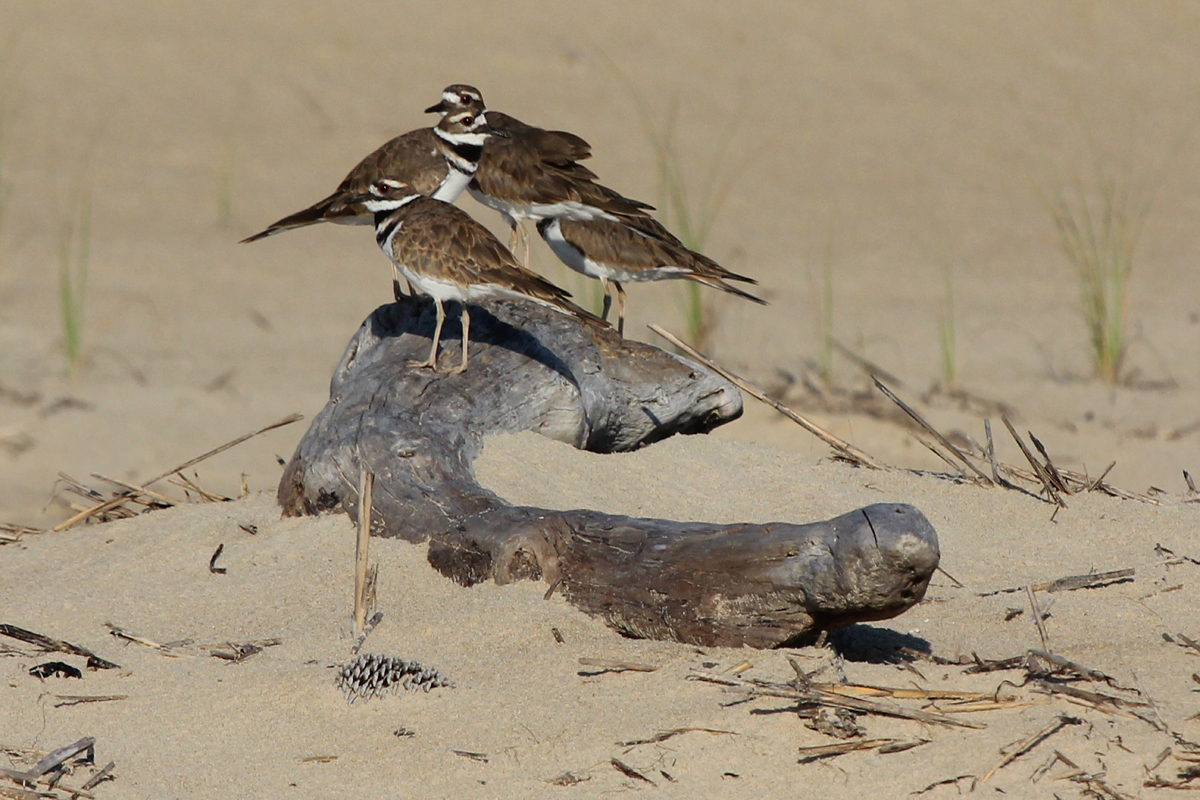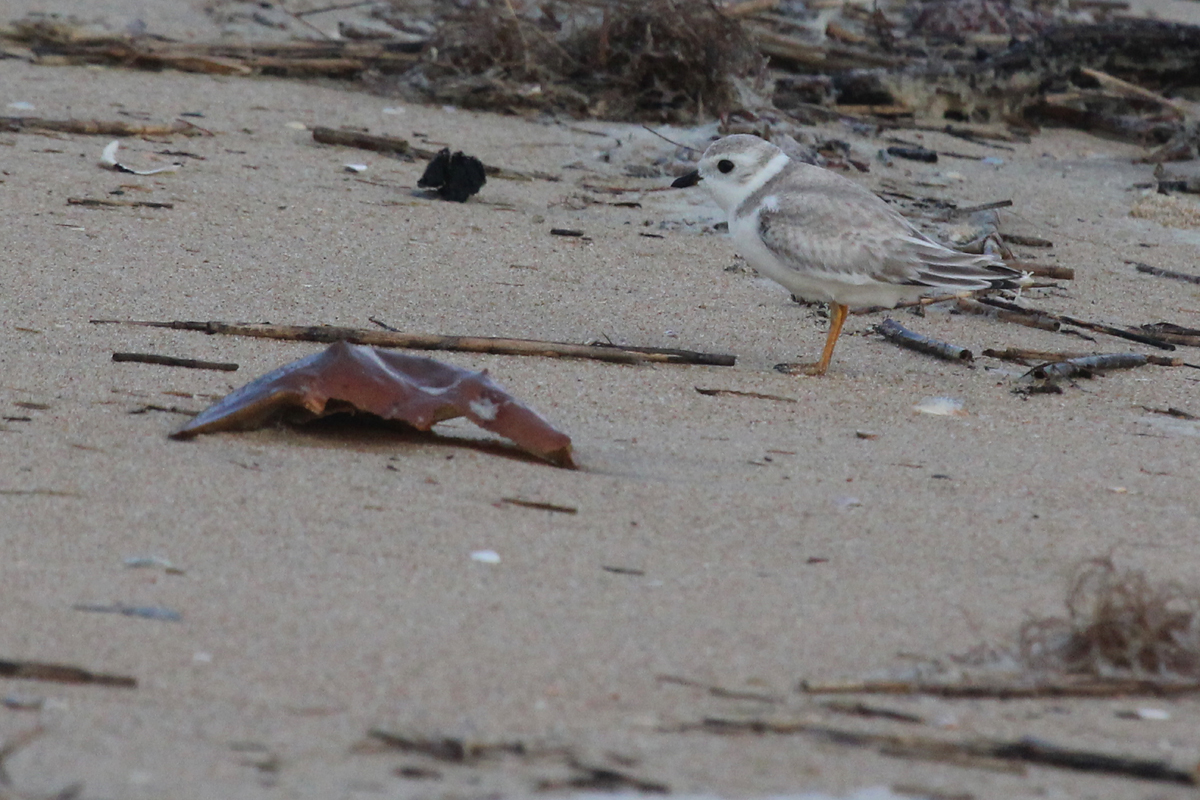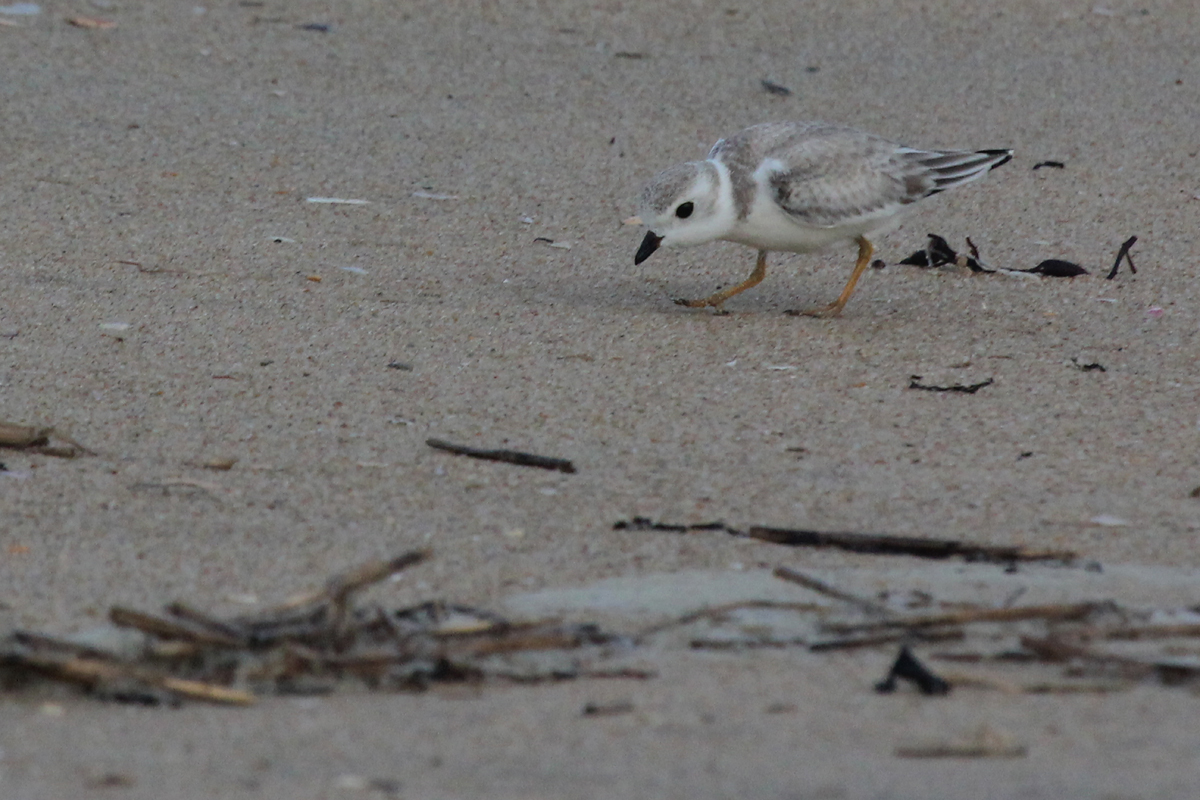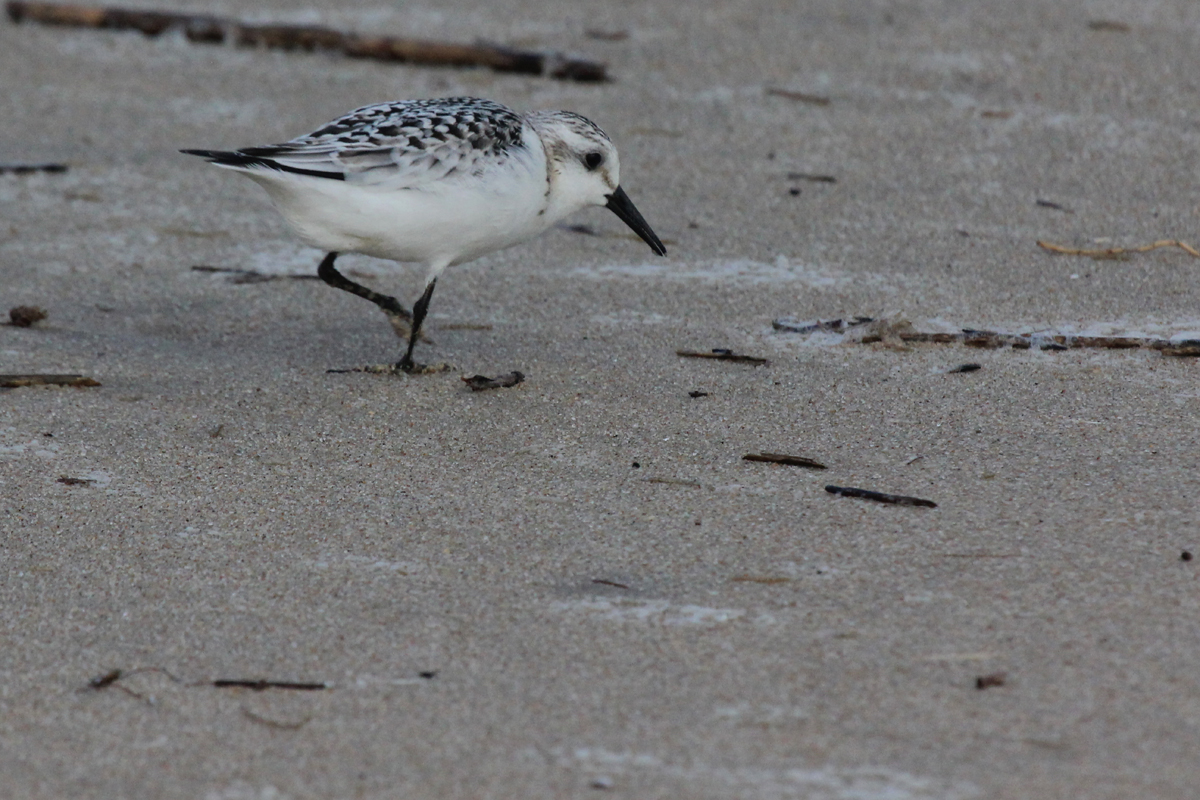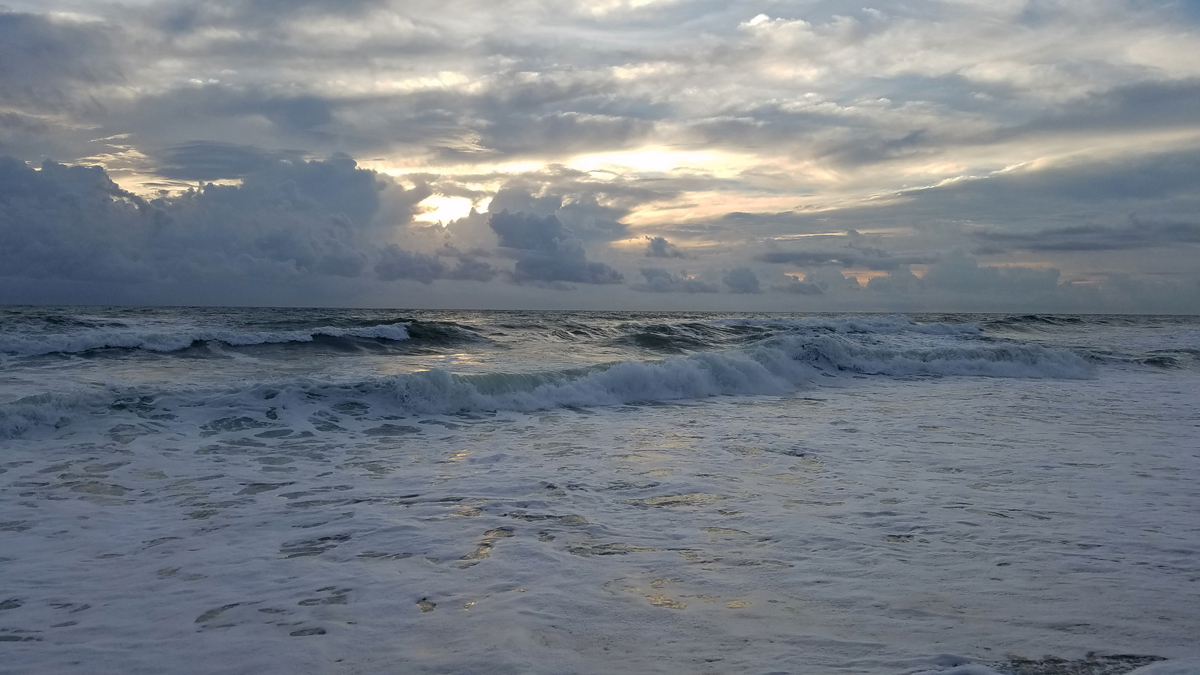Late January 2019 (21st-31st)
/Late January proved itself to be yet another period jam-packed with birding excitement! Heavily bolstered by the Virginia Beach Parks & Recreation department’s Winter Wildlife Festival, hundreds of eBird checklists poured in over the last eleven days, producing records for 154 species, including 8 new additions to the city’s 2019 list, which now sits at a remarkable 171 species! Among the vast array of species observed, highlights this period included new rarity records for EURASIAN WIGEON, COMMON MERGANSER, DOVEKIE, PURPLE FINCH & CLAY-COLORED SPARROW, continuing rarity records for CACKLING GOOSE, HARLEQUIN DUCK, ICELAND GULL, PARASITIC JAEGER & WESTERN TANAGER, new unseasonal records for BLUE-WINGED TEAL, continuing unseasonal records for YELLOW-THROATED WARBLER & BLACK-AND-WHITE WARBLER, late records for lingering BLACK SKIMMERS, first-of-year records for WILSON’S SNIPE, GREAT CORMORANT, RUDDY TURNSTONE, TREE SWALLOW & NORTHERN BOBWHITE and out-of-place records for BRANT & LONG-TAILED DUCK!
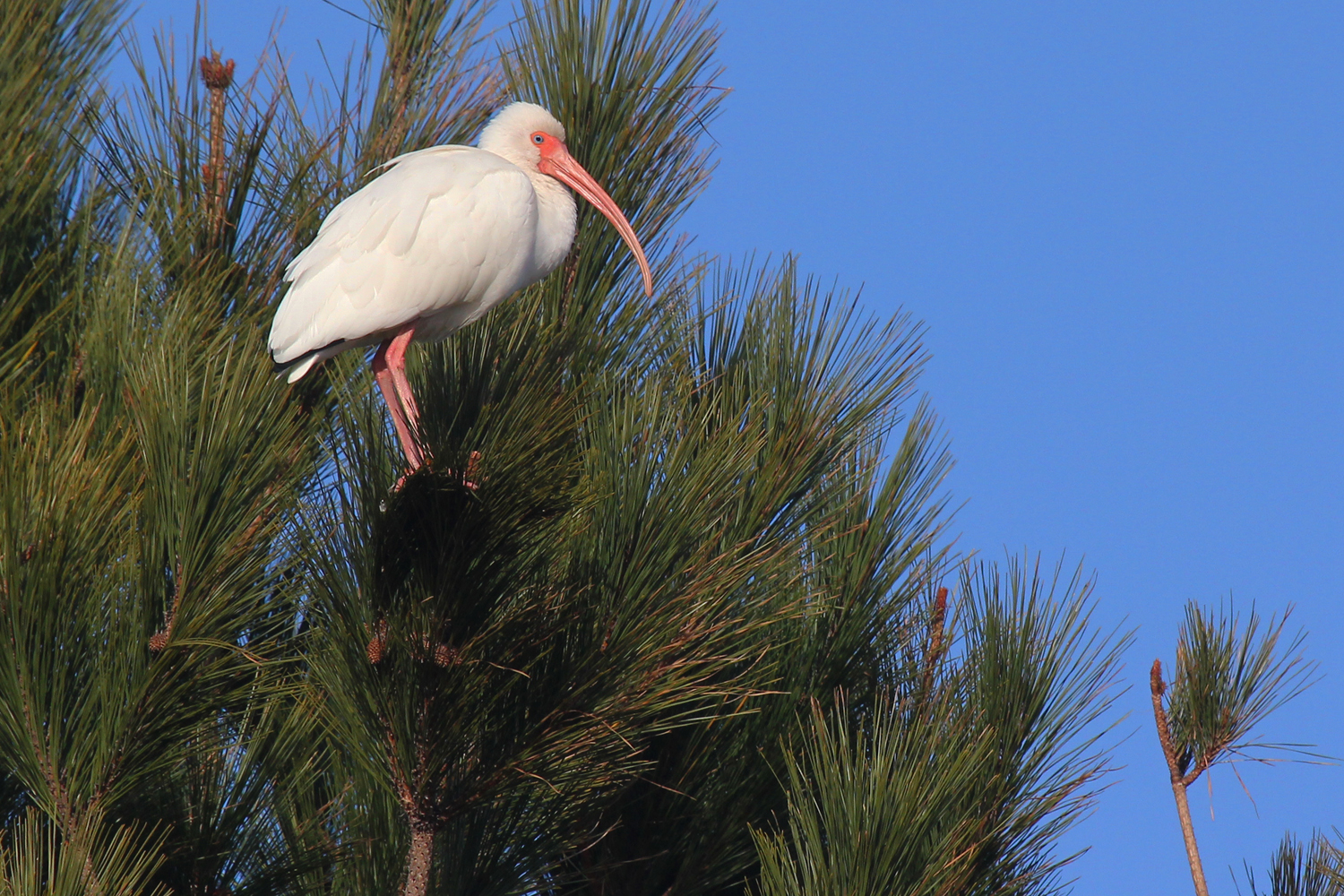
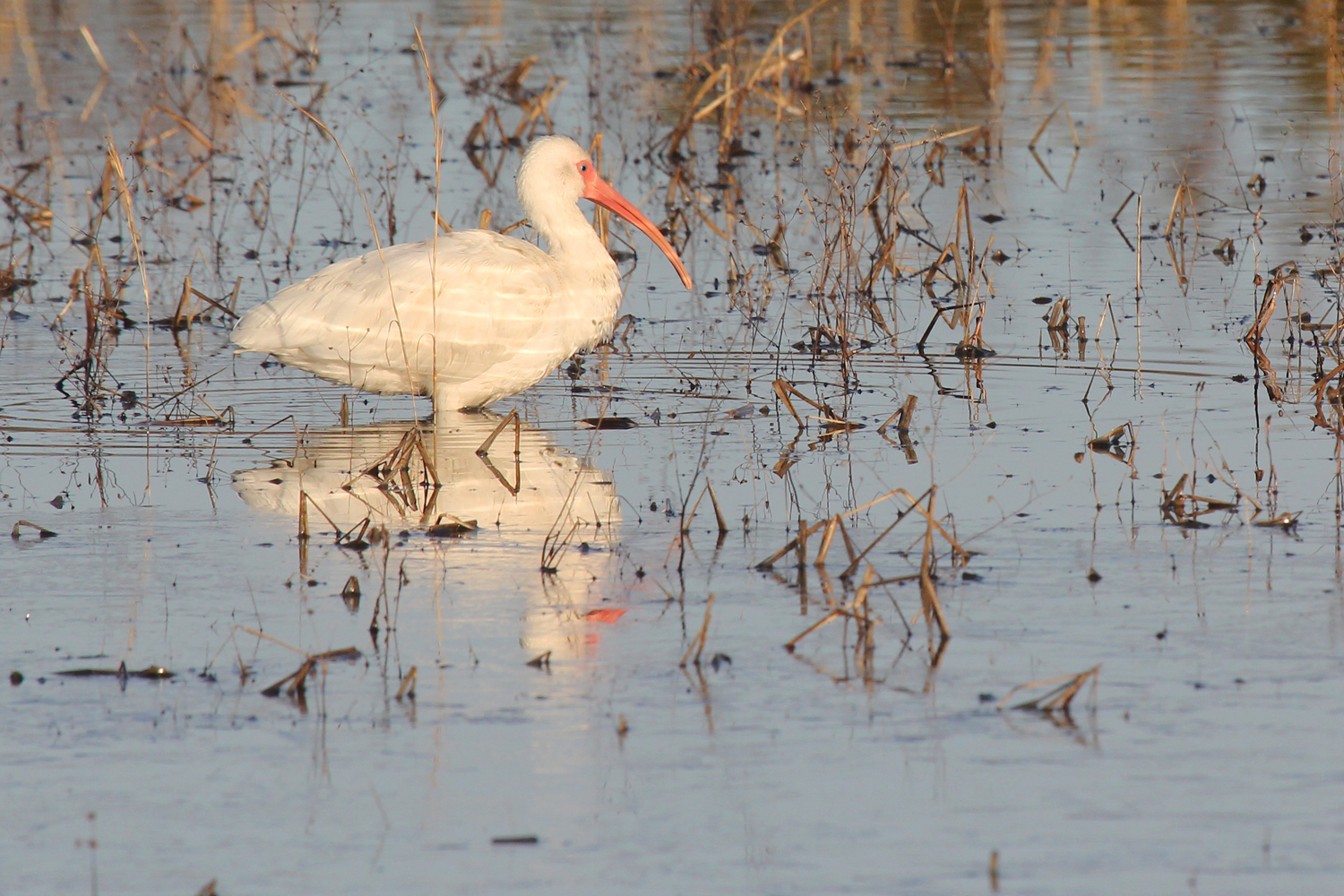
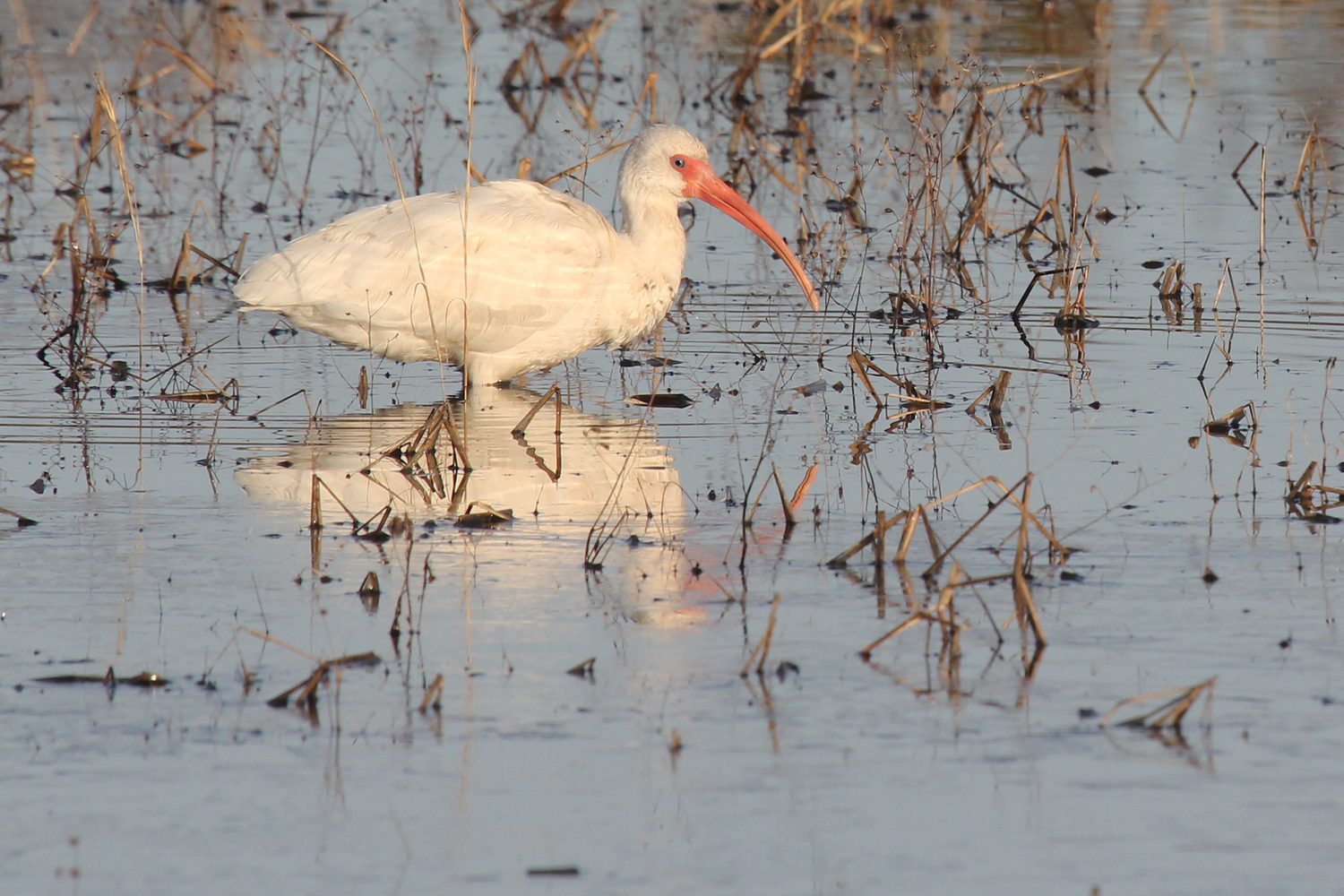

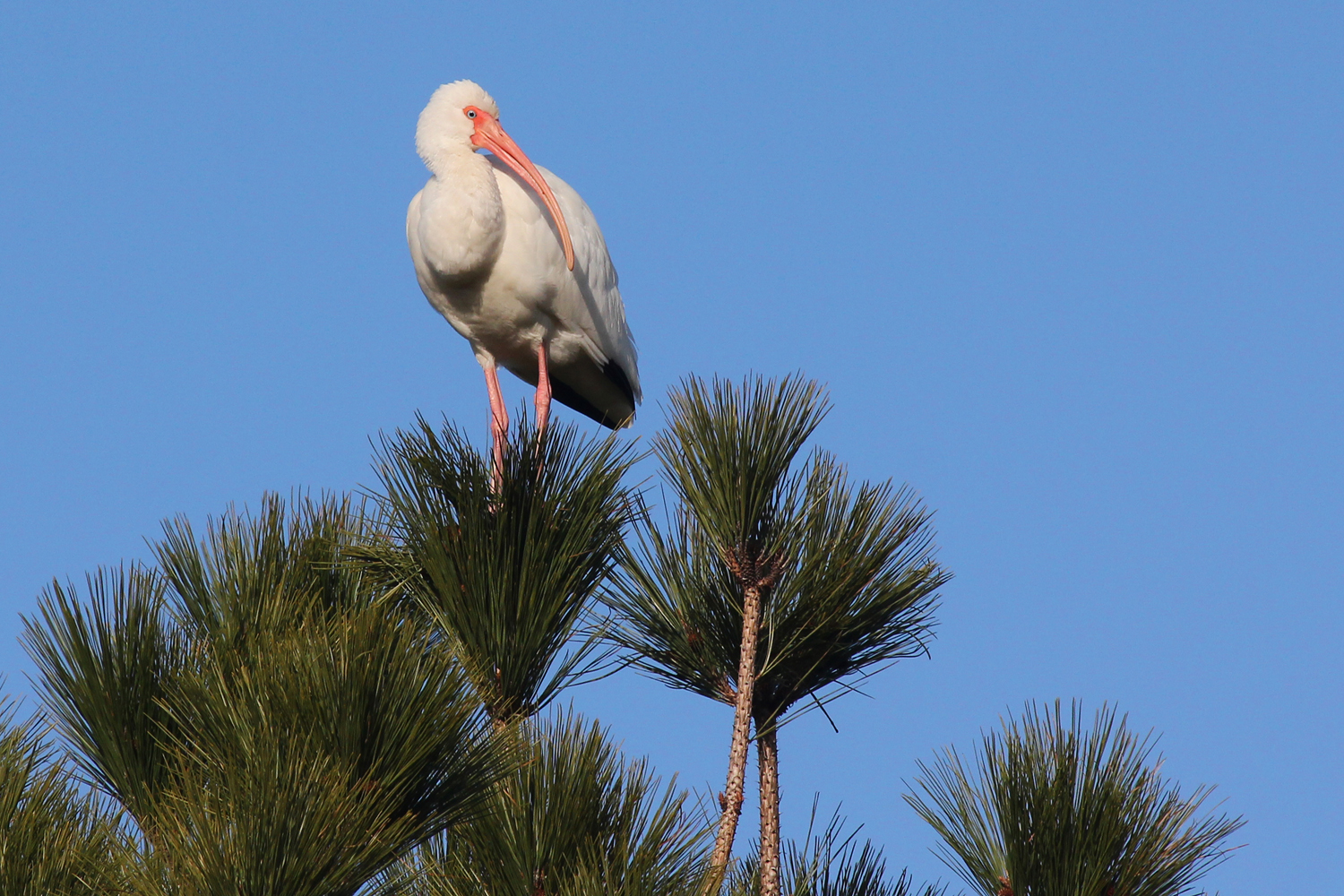
Starting off with the newly found rarities, a drake EURASIAN WIGEON was observed along Long Creek near the Great Neck Road bridge on 27 Jan (ph. Michelle Payne), marking a first record for this species in Virginia Beach this year! Thus far, it has not been re-located, but there are a plethora of locations along the waterway where it could be hiding out, and not as many public places for birders to view from unfortunately. This section of Long Creek has held some great birds this winter, with an adult female Common Eider near here on the Little Creek CBC at the end of December, and an immature male Harlequin Duck not too far way to the west towards Lynnhaven Inlet. Last winter, Common Goldeneye were also seen on this creek, which is fast flowing and therefore makes sense that divers and sea ducks would enjoy the habitat. A dabbling duck species like Eurasian Wigeon seems out of place here though! It seems each winter season we have at least one Eurasian Wigeon known in the city, and it’d be deeply intriguing if we could ever fully know how many are around.
With no records through the first 21 days of the year, a female COMMON MERGANSER flying southbound past the Little Island Park pier on 22 Jan (vis. Andrew Baldelli) made for another 2019 first in the city. At least two females had been present on the large pond off North Witchduck Road back in early-to-mid December, but that was the only other record this winter up until now. Ironically, it wasn’t long before another record occurred, with another female being found on the North Landing River on 26 Jan during a Winter Wildlife Festival boating trip (ph. Stephen Coari & Laura Mae). The very next day, 27 Jan, Sherwood Lakes saw its first report for the winter (and the calendar year) when a group of 7 females was discovered (ph. Prashant A). A peak count of 13 females was tallied on 28 Jan (ph. Steve Myers), and numbers ranged widely over the next several days up until the end of the period. In past winters, Sherwood has been the only reliable place to find Common Mergansers in the city though sporadic reports occur elsewhere (most aren’t well documented). Males of this species seem to be quite difficult to come by in the city, which is truly unfortunate given how striking they are. If you do make an effort to see these birds, please remember to be respectful of the neighborhood residents, many of whom are interested in what we’re finding on the ponds.
Along with loads of Razorbill reports this period, we also acquired our second land-based DOVEKIE report for the year when one flew past the Little Island Park pier on 25 Jan (vis. Karen & Tom Beatty). This winter is shaping up to be quite stellar for alcids, and perhaps as we head into February we’ll start to see more Dovekies mixed in with the larger flocks of Razorbills. Two years ago, in February 2017, we had our largest alcid movement on record, and with that movement we also had record for Ancient Murrelet, Manx Shearwater, Great Shearwater, Little Gull and even a Magnificent Frigatebird. Time will tell if we’re in for similar treats this year.
In what has continued to be one of the best winters for PURPLE FINCH in recent memory, individuals were logged at three separate locations in the city and reported to eBird (who knows how many backyard feeders are actually seeing them visiting). The first record for the period was of a single female, which occurred in Thoroughgood on 21 Jan (vis. Tracy Tate). The second record was of a male & female pair observed in Bay Colony on 23 Jan (vis. Tommy Maloney), and the final record was that of a photographed male in Laurel Cove on 27 Jan (ph. Loretta Silvia). Thus far, there doesn’t seem to be anywhere on public property where this species is being observed, so seeing one is truly a matter of keeping your feeders filled and hoping for the best!
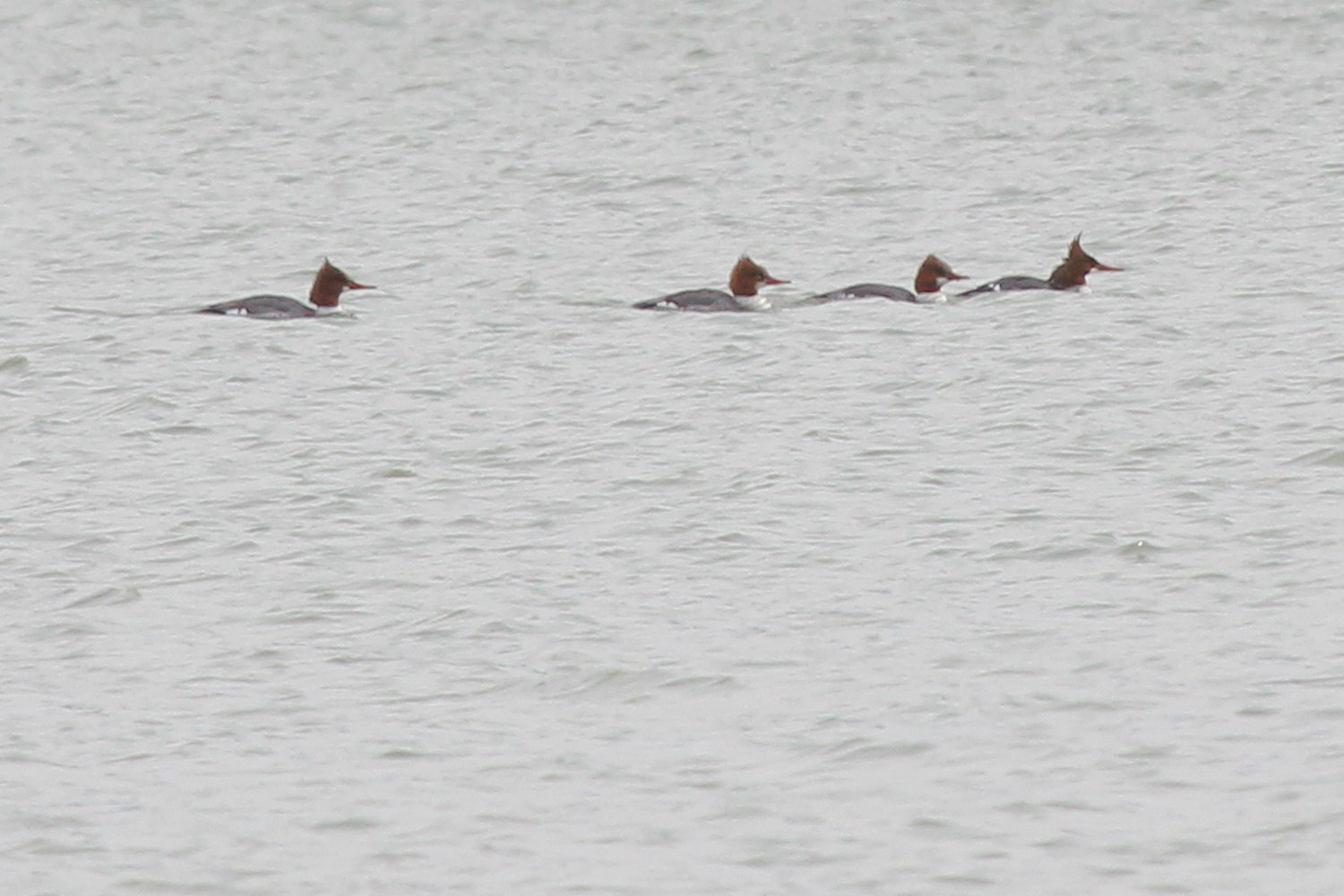
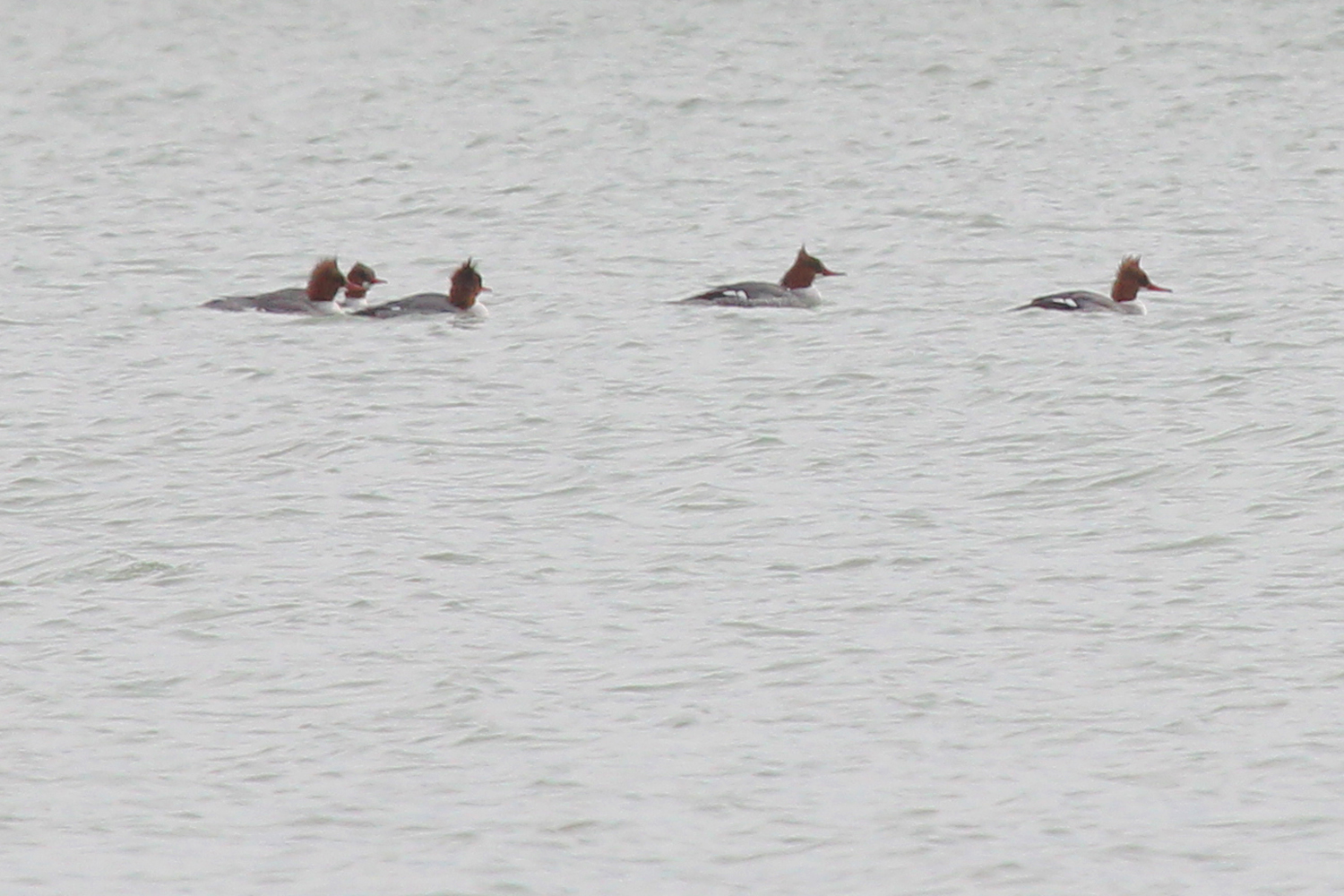
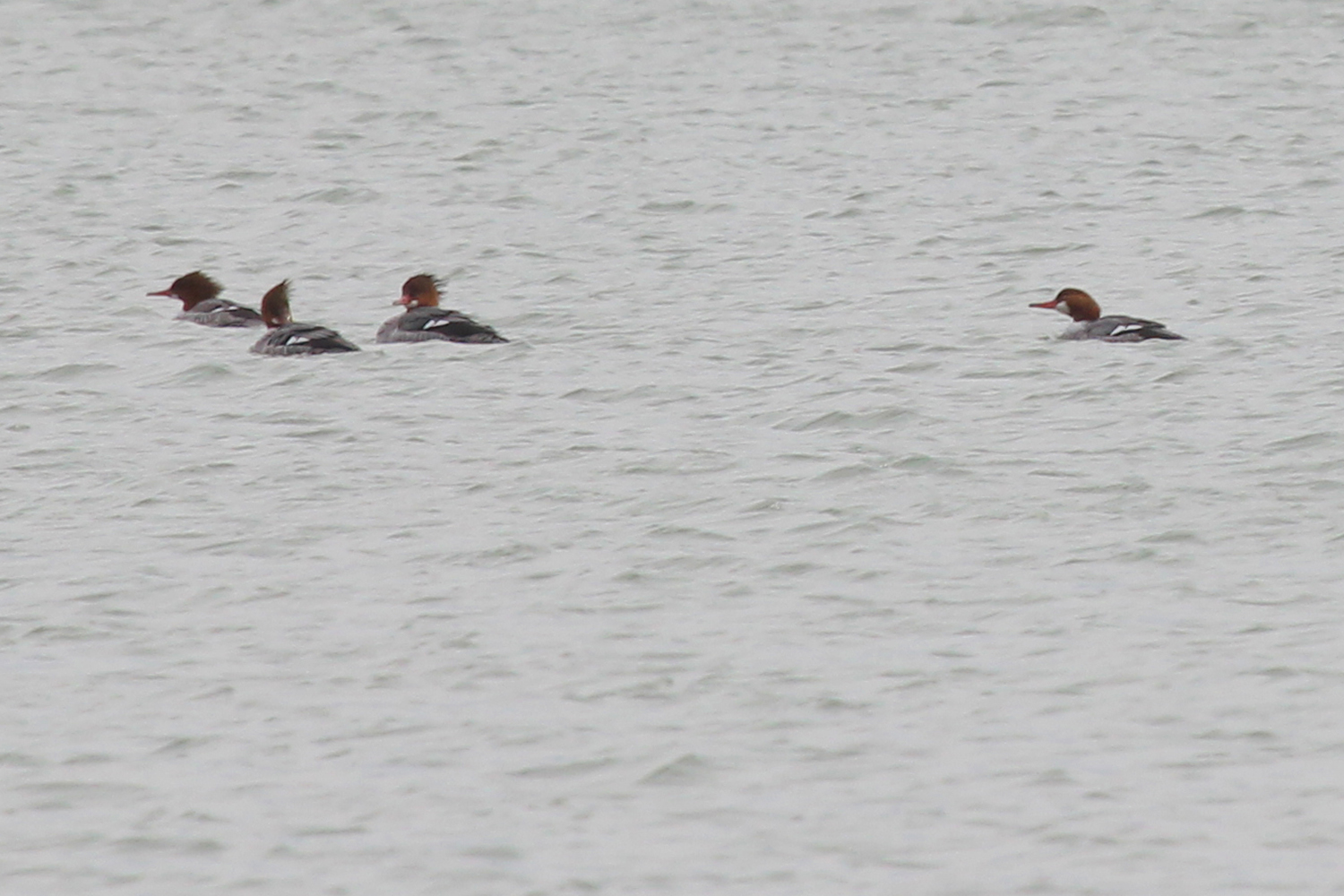
Last of the newfound rarities this period, a remarkable record for CLAY-COLORED SPARROW occurred in the Indian River section of Virginia Beach’s western fringe on 31 Jan (vis. George Harris). That marks the first known occurrence for the species in 2019 in the city and only the second individual documented in the state thus far (the other being at Laurel Hill Equestrian Center in Fairfax County). Typically observed during the fall season, winterers are tough to come by even here in the southeastern part of the state. Last winter, we had just a single record as well, also in January, so it is certainly one of the rare sparrows to be on the lookout for along with Lark, Lincoln’s & White-crowned.
In terms of rarities continuing from prior periods, the single CACKLING GOOSE that has been mixed in with the Canada Goose flock north of Pungo was again observed on 22 Jan, this time on (and later over) the north pond of Sherwood Lakes (vis. Andrew Baldelli, later vis. Tom Beatty). The goose flock tends to move around between the ponds here, the fields to the east and along Princess Anne Road to the south, as well as the large fields east of Ocean Lakes High School and the pond surrounded by Haviland Drive. Careful study of this flock has not yet produced any other rare geese this winter, but with frigid winter weather impacting the Midwest and the Northeast this week, perhaps we will get a shot at a Greater White-fronted or Ross’s Goose in February.
The immature male HARLEQUIN DUCK first detected on the Little Creek CBC on 31 Dec (vis. Andrew Baldelli, Linda Chittum & Lisa Rose) continues to be observed around Lynnhaven Inlet with the most recent record occurring on 26 Jan (ph. Guy Babineau) in conjunction with the Winter Wildlife Festival boat trip to the islands of the Chesapeake Bay Bridge-Tunnel. “Chaseable” Harlequin Ducks are difficult to come by in Virginia Beach, even moreso now that South Thimble Island is no longer accessible to public while construction of a new tunnel is performed over the next few years. So, the fact that this one appears to be lingering around the inlet should be exciting for all birders in the city. Harlequins love fast moving water surrounded by hardened shorelines and the areas east of the inlet where Long Creek runs into the Lynnhaven is ideal habitat for this bird. Viewing from the restaurants along the north side of the channel is probably the best position to search from, though it has been scoped from as far away as Pleasure House Point NA to the west as well.
The adult KUMLIEN’S ICELAND GULL first found on the 39th Street Beach of the Oceanfront Resort Area back on 27 Dec (ph. Linda Chittum & Ada Jones) continues to linger along the coastal beaches. Most recently, it was photographed a little further to the north at 85th Street Beach on 26 Jan (ph. Kathy Richardson). This represents the farthest north that the individual has been observed, and reports have ranged as far south as Rudee Inlet, though most records have been at the source, 39th Street. The dredge spoils pipe at 6th Street Beach is also a good spot to look for this and other gulls when the dredge is operating and spewing sediment and water onto the beach.
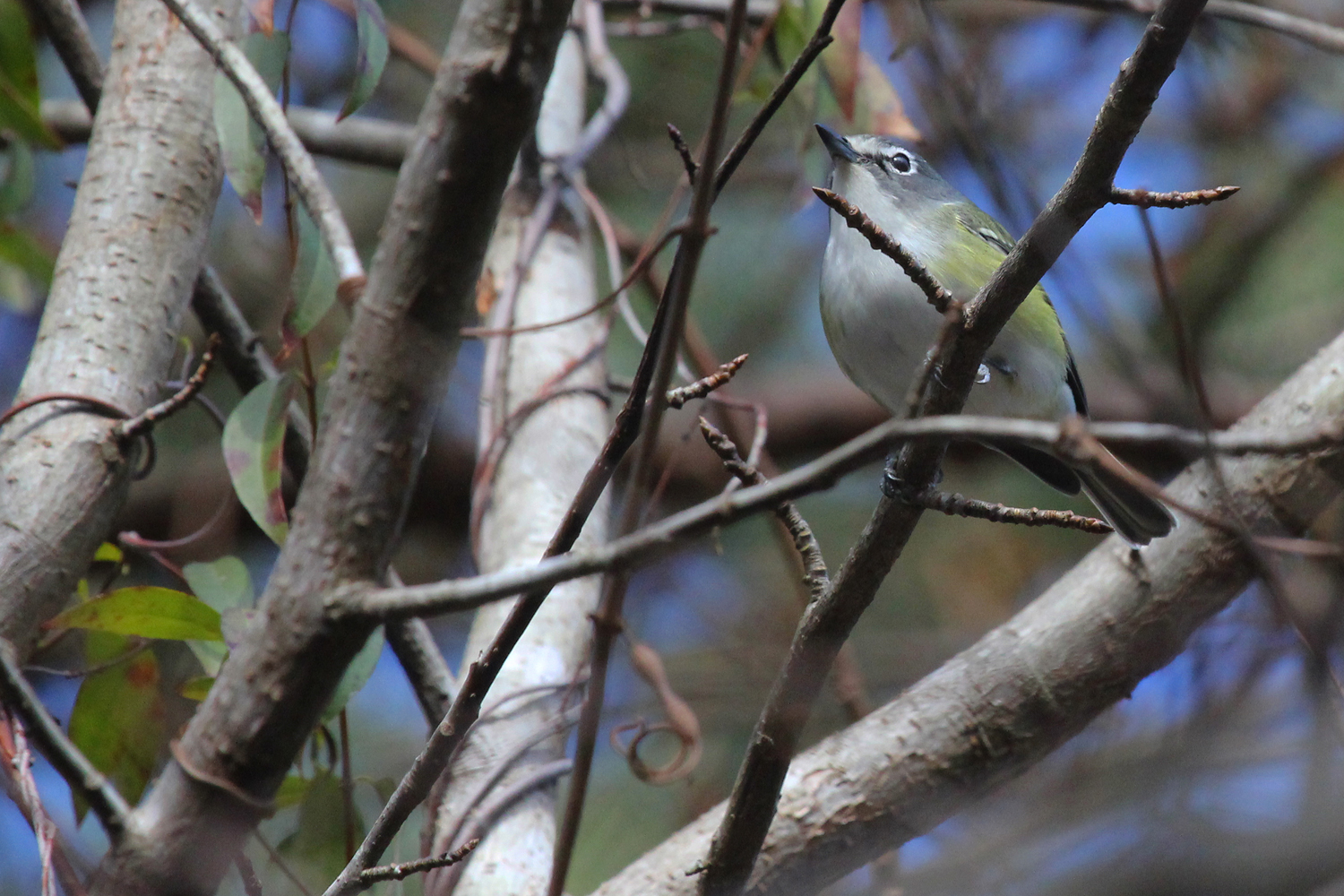

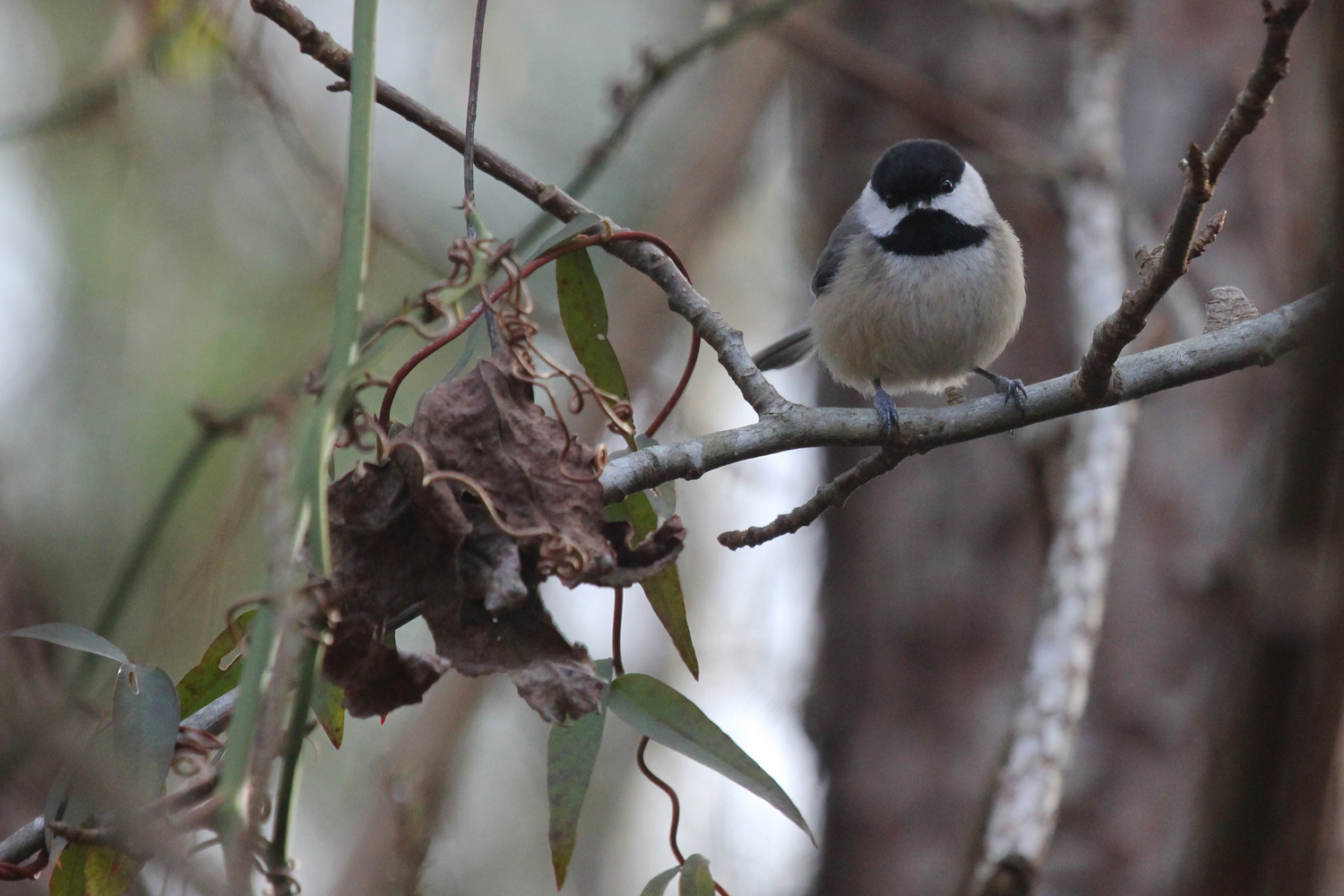
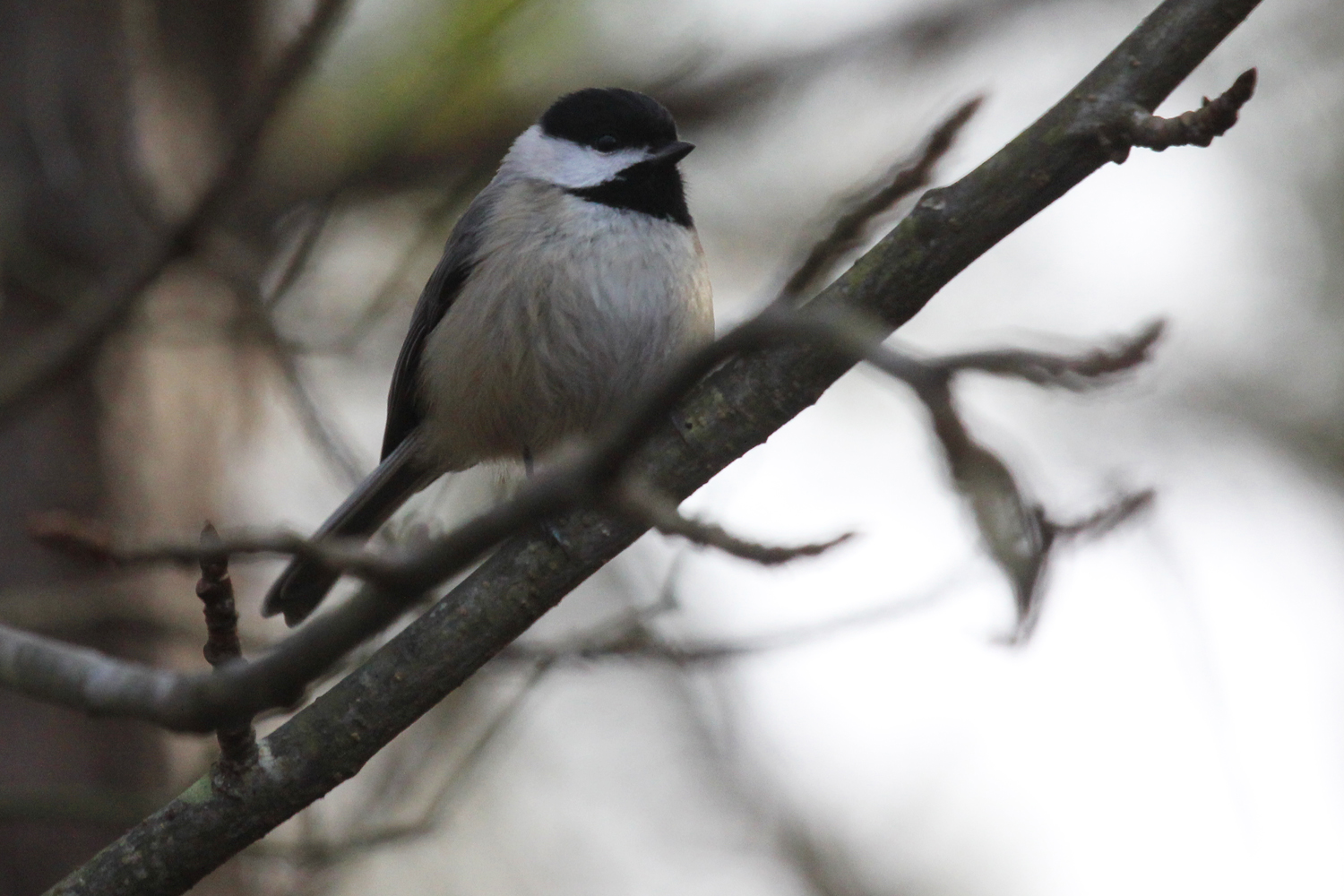
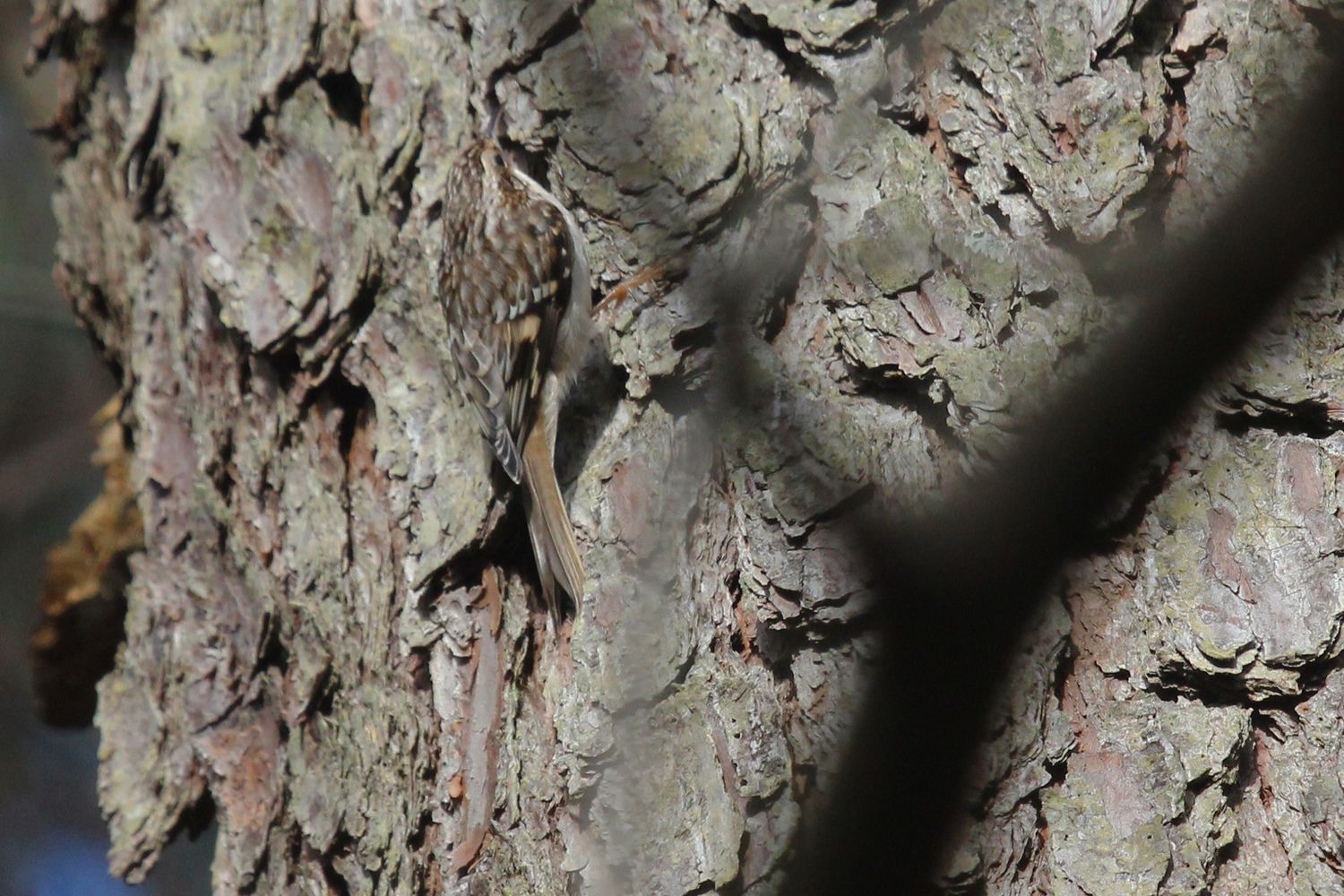

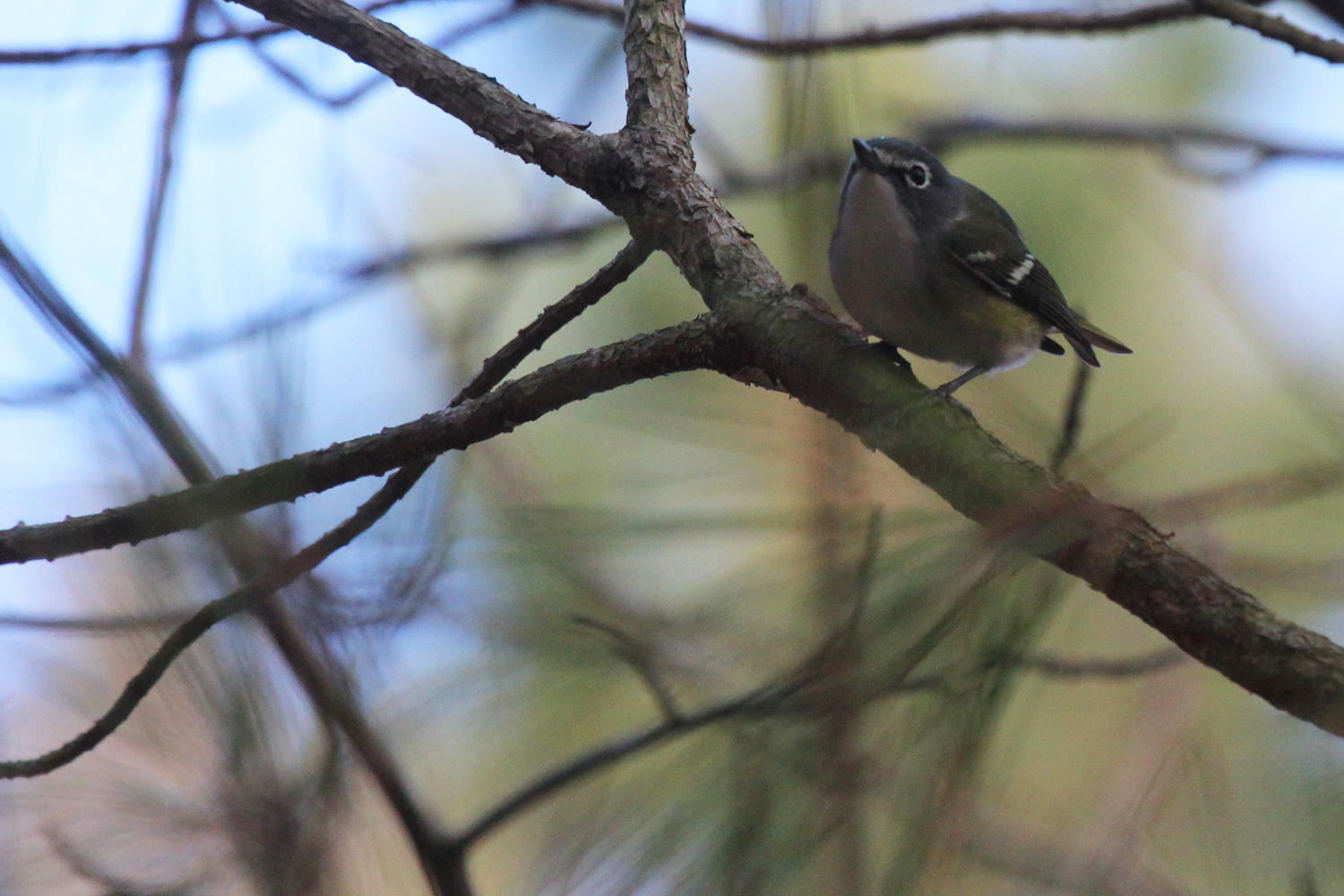
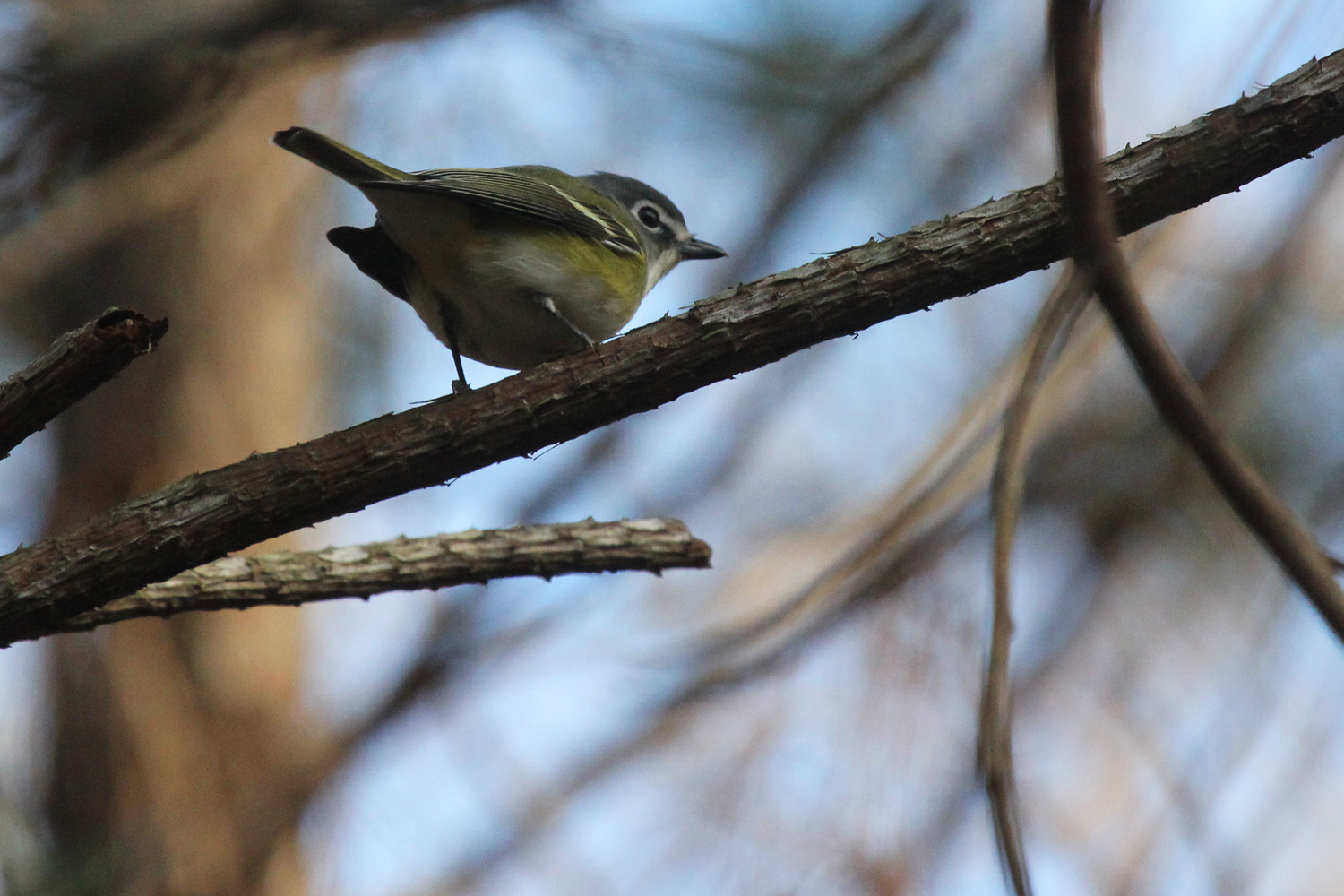

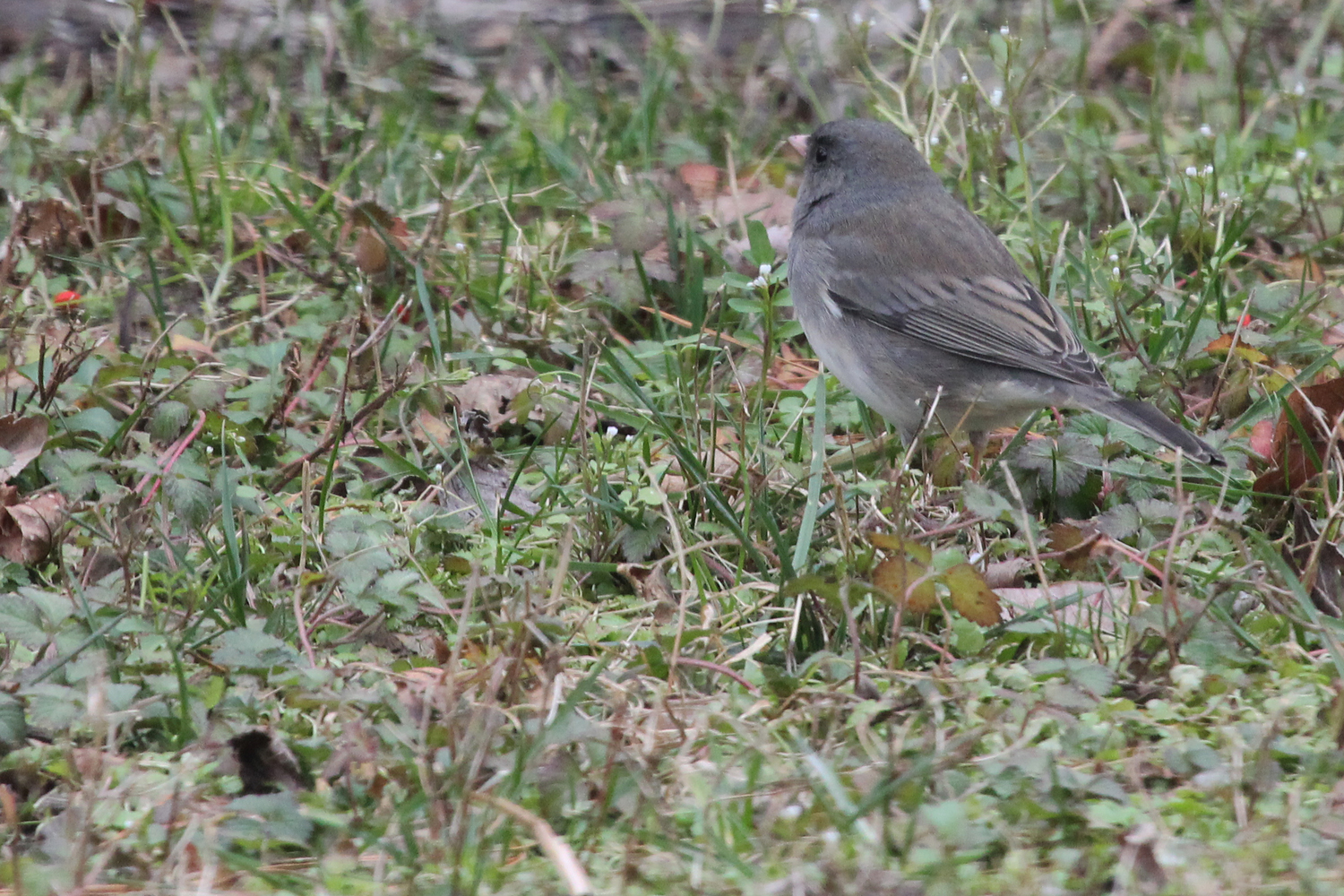
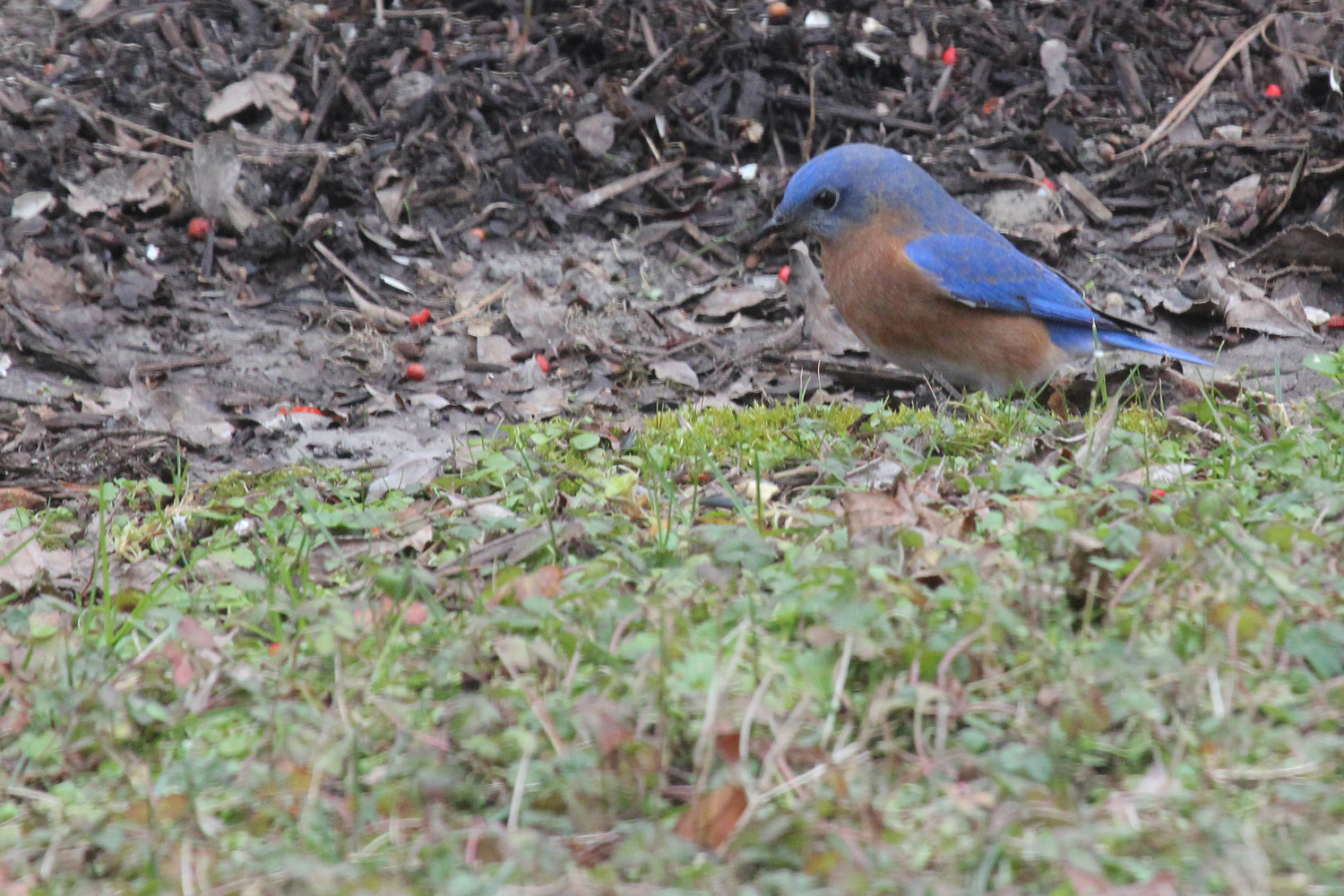
Another PARASITIC JAEGER was observed this period offshore of the oceanfront from the Virginia Aquarium & Marine Science Center’s Whales & Wildlife boat trip on 22 Jan. These excursions have picked up a number of great birds so far this winter, this being the second jaeger after one was photographed last period (ph. Jason Sosebee), and of course the incredible inshore Common Murre early in the month (ph. Alexis Rabon). Loads of Razorbills and sea ducks have also been viewed from the boat, and the harsh winter weather north and west of us this week should only increase the wintering populations of these species along our coastline. For more information regarding these boat trips, be sure to consult the Aquarium’s official website!
Our final continuing rarity record for late January goes to the WESTERN TANAGER that has persisted at the backyard feeders of a private residence in the Windsor Woods neighborhood, last recorded on 22 Jan (ph. Lisa Rose). This eBird checklist offers a remarkable comparison of this species with a superficially similar female Baltimore Oriole, highlighting both the color and bill differences extremely well. If more people view these photographs and study them, my bet is we’ll find out there are more Western Tanagers than we think in the city during winter; it’d be easy to catch a glance of one and think it was an oriole. This particular tanager has been present since at least 13 Dec, and it seems likely that it’ll continue until springtime, hopefully.
We had our second record of the year for BLUE-WINGED TEAL when a female was detected at Back Bay NWR during the park’s thrice-monthly impoundment survey on 29 Jan (vis. Robert Ake). Unfortunately, the impoundments at the refuge are off limits to the public but it is good to see another winter record for this species in the city regardless. Since mid-November, only one other record for this species has occurred away from the refuge, with three (two males & a female) photographed at Princess Anne WMA’s Beasley Tract on 6 Jan (ph. Rob Bielawski). Return visits to that site on Sundays when it is open have not yielded additional sightings, but it is certainly a species to keep looking for as we head into February.
In terms of continuing, unseasonal, species, the YELLOW-THROATED WARBLER that has been frequenting at least a pair of residential feeder setups in Bellamy Manor was most recently observed 22 Jan (ph. Reuben Rohn). At this point, we have far more winter records for this species than we do summer records, and that should shock anyone reading this. A common breeder in counties west of Virginia Beach, this has been a shockingly difficult species to find here during Jun/Jul, though nestbuilding activities at Stumpy Lake NA last spring helped confirm this species as a breeder, none were observed at that location into the summer months. Perhaps it will take some avid kayakers traveling along the shorelines of the lake hoping to hear one singing. Until then, we can enjoy our winter reports though, and this is typically the earliest arriving warbler, in late March, along with another warbler about to receive mention next.
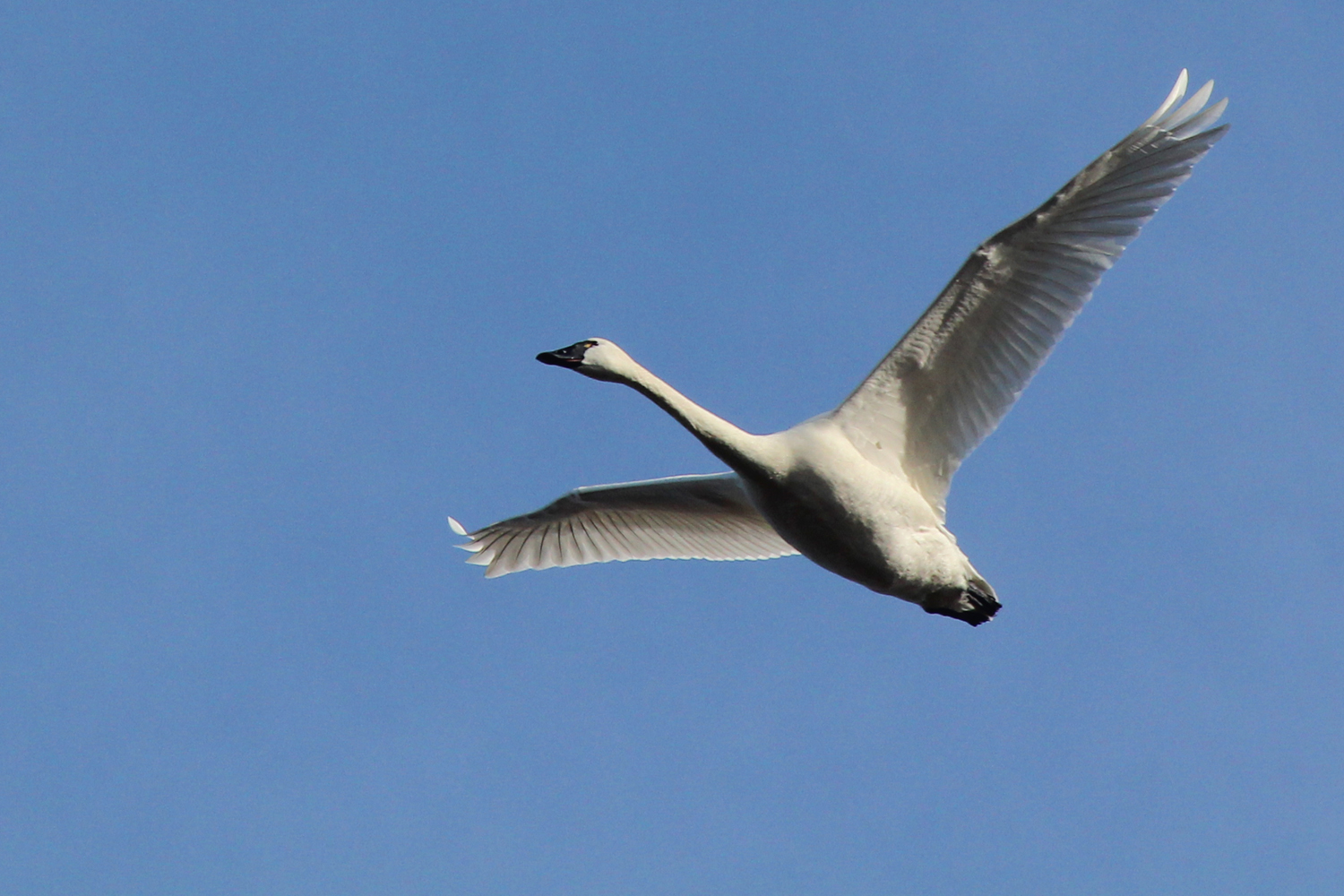
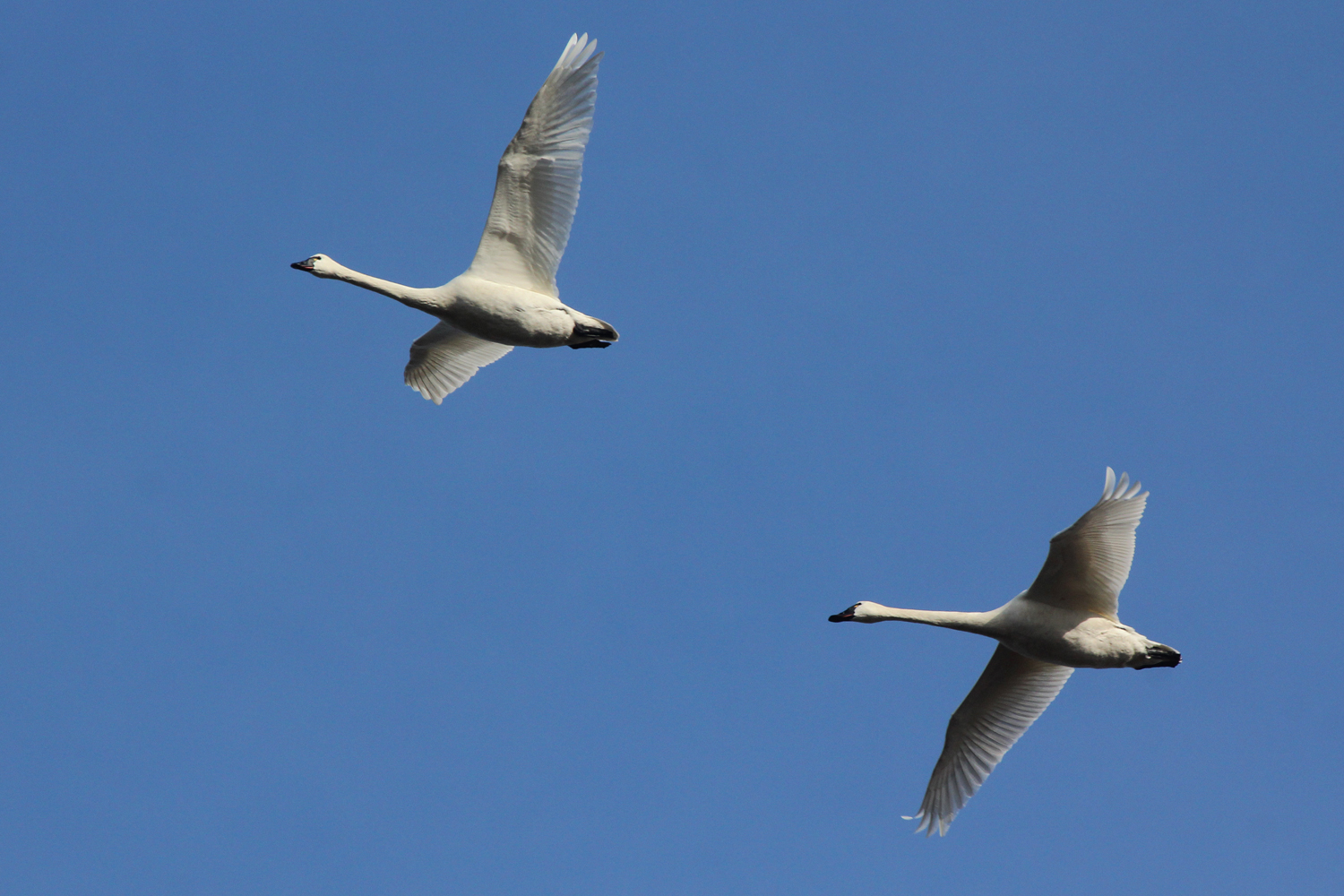
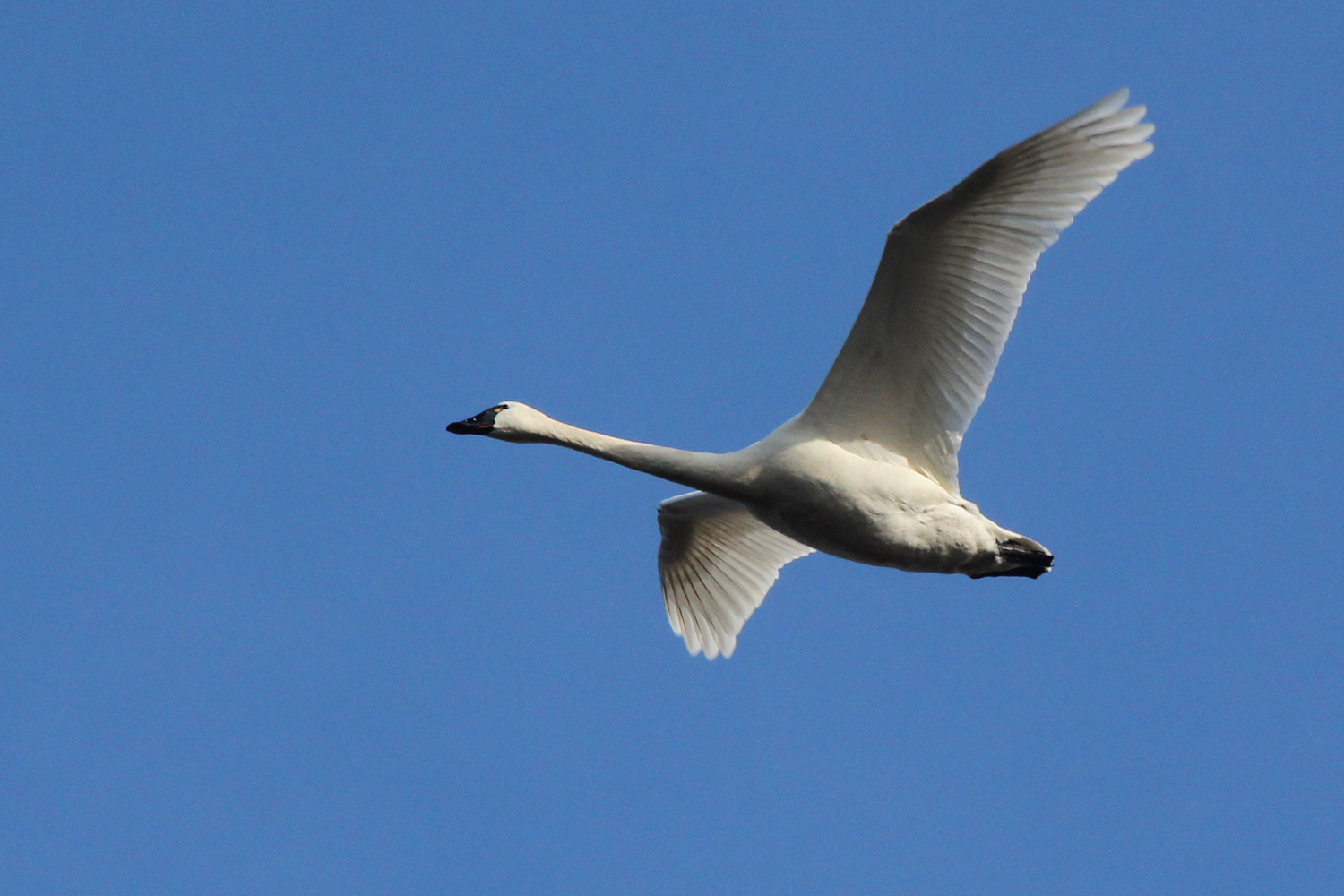
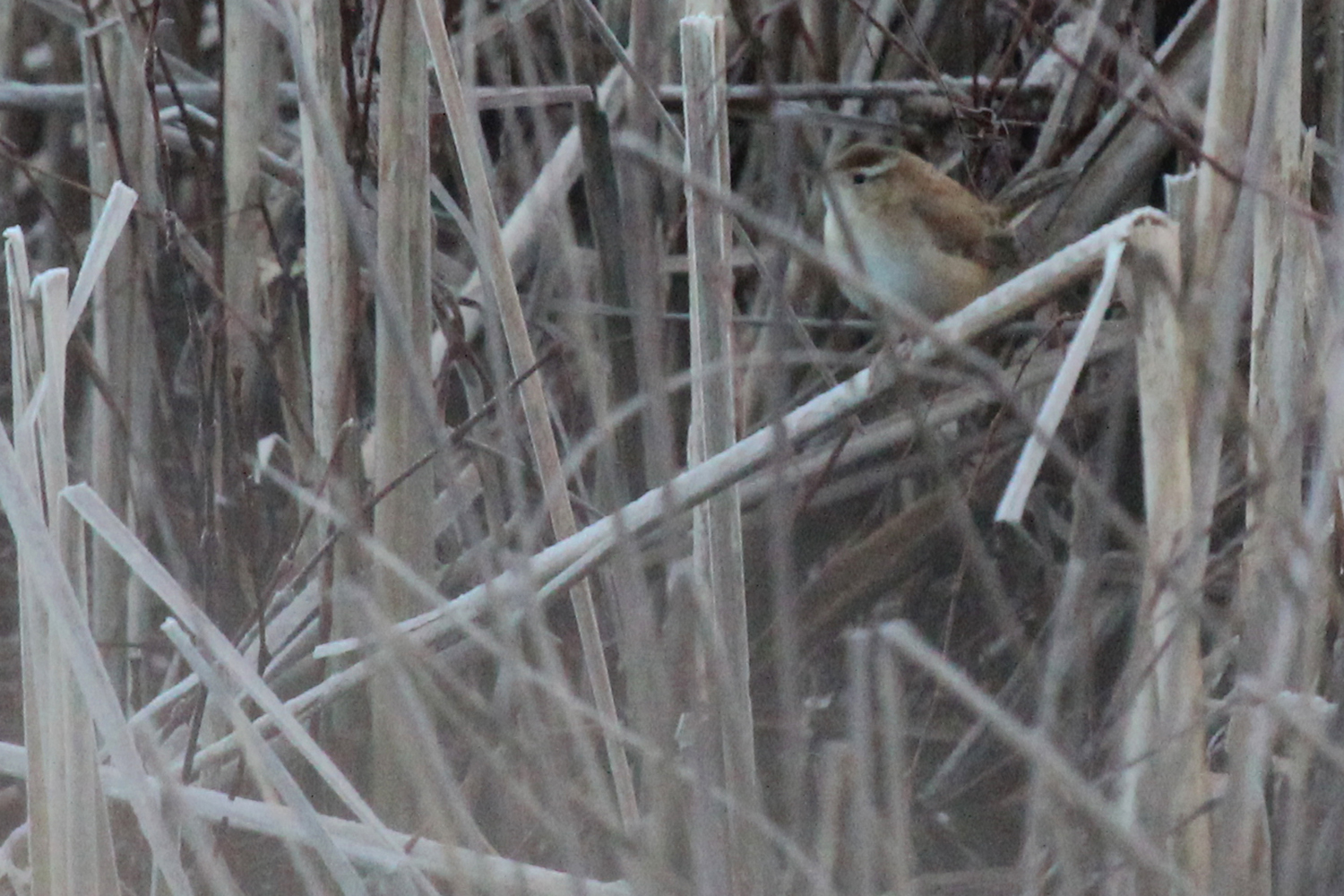

Unseasonal records continued also this period for BLACK-AND-WHITE WARBLER, with a single record at Stumpy Lake NA on 26 Jan (ph. Alexandra Munters & Tim van der Meer) in the same general vicinity of where one has been observed going back to 15 Jan (ph. Steve Myers). Though this species isn’t reported here every January, it is quite possible there are one or more present each winter that manage to go undetected. Along with Yellow-throated, Prairie and perhaps Nashville, these are the most ‘expected’ warbler species to winter here in addition to the dedicated winterers (Yellow-rumped, Pine, Orange-crowned, Palm & Common Yellowthroat). Hopefully this individual continues to be picked up along the first trail loop from the parking area as we head into February.
With an expected departure date of 20 Jan in an average year, lingering BLACK SKIMMERS managed to best the eBird filters this season. Though wintering is rarely observed in the state, Lynnhaven Inlet tends to be the most expected site for this to occur. Three individuals were observed there on 30 Jan (vis. William Parkin), resting on the low tide mudflats. Additionally, another record of two skimmers occurred at Little Island Park’s pier on 26 Jan (vis. Nancy Barnhart, Jan Lockwood & Joyce Lowry), making for an exciting report both in terms of the late date and the unexpected location for lingerers to be found! This has been a strong winter for this species in Virginia Beach, and is in stark contrast to the winter of 2017-18 where we didn’t have a single record for the species in the city between 27 Dec and 6 Apr! In fact, the 6 Apr record was the very first for the calendar year in the entire state. This just goes to show how much the weather plays a role in which species we’re seeing. During the frigid January last year, all the Skimmers seemed to have departed a few days ahead of our first snow event. So, when we stop seeing them this year, we know we’re in for some rough weather ahead.
In addition to the Eurasian Wigeon, Common Mergansers & Clay-colored Sparrow discussed above, we also had five other species which were new additions to the city’s 2019 calendar year list in eBird! Miraculously, WILSON’S SNIPE managed to evade birders for the first twenty days of the year, but patience paid off when a group of nine snipe were found along Drum Point Rd. on 21 Jan (ph. Eric Alton & Tamara Conklin). Next up, GREAT CORMORANT and RUDDY TURNSTONE were added on 26 Jan by loads of birders, courtesy of the Winter Wildlife Festival boat trip to the Chesapeake Bay Bridge-Tunnel islands. The CBBT is truly the only reliable location in the state to find Great Cormorants, so it is unsurprising that this was a new addition to the list with no other means of access to the islands and no other boat trips reaching them earlier this month. However, it is truly shocking how our loss of access to the first island has limited our ability to find Ruddy Turnstones in winter! For a species that used to be one of our most commonly reported species in winter, it’s just incredible that we can’t seem to find them elsewhere in the city (Rudee Inlet, Ft. Story, Little Creek Inlet all seem likely spots but just don’t seem to produce them). Additionally, our very first TREE SWALLOWS for the year were reported at Pleasure House Point NA on 26 Jan (vis. Tracy Tate), and lastly, the first NORTHERN BOBWHITE of the year was reported at Back Bay NWR (or possibly False Cape SP given the checklist distance) on 27 Jan (obs. Scott Hartley).
Out-of-place records for BRANT continued to come in this period, with the flock along Ocean Boulevard originally reported back on 11 Jan (ph. Stephen Keith) ballooning into a larger grouping of 72 on 29 Jan (ph. Karl Suttmann). It really is bizarre to be seeing these numbers on inland agricultural fields, and while it isn’t unheard of in Virginia Beach, it has not been known to occur the past few winter seasons. Another bizarrely out-of-place record came in this period, also of the waterfowl variety. A single adult male LONG-TAILED DUCK was photographed in a Wawa parking lot at the corner of Virginia Beach Boulevard and Oceana Boulevard on 26 Jan (ph. Lisa Kirkman). This is actually the only eBird record for a grounded individual in Virginia Beach, with every other record occurring along the immediate coastline. Bizarre indeed.
As we head into February, also known as ‘late winter’ in the birding community, we should continue to see rises in the waterfowl numbers along the coast, as well as with alcids. Laughing Gull and Black Skimmer are the only species to expectedly depart the city during the month of January, and either species would be exciting to see in the new couple of periods (though Laughing Gulls will start returning typically in late February). Snowy Egrets & Ospreys should continue to hang around Lynnhaven Inlet and Pleasure House Point NA is the most reliable place in the state to observe both during this time of year. As this report is being typed up, a major freeze event is occurring across the Midwest and Northeast portions of the country, which could force wintering water birds to head towards the coast and south in search of open water. Loons, grebes, cormorants, waders and waterfowl could all potentially be affected by this and it will be interesting to see what shows up in early February. Also, the Williamsburg Bird Club has a boat trip to the CBBT scheduled for Sunday, 3 Feb, so we could see some interesting species getting report, perhaps even a Thick-billed or Common Murre, but at the very least, loads of ducks and Razorbills!
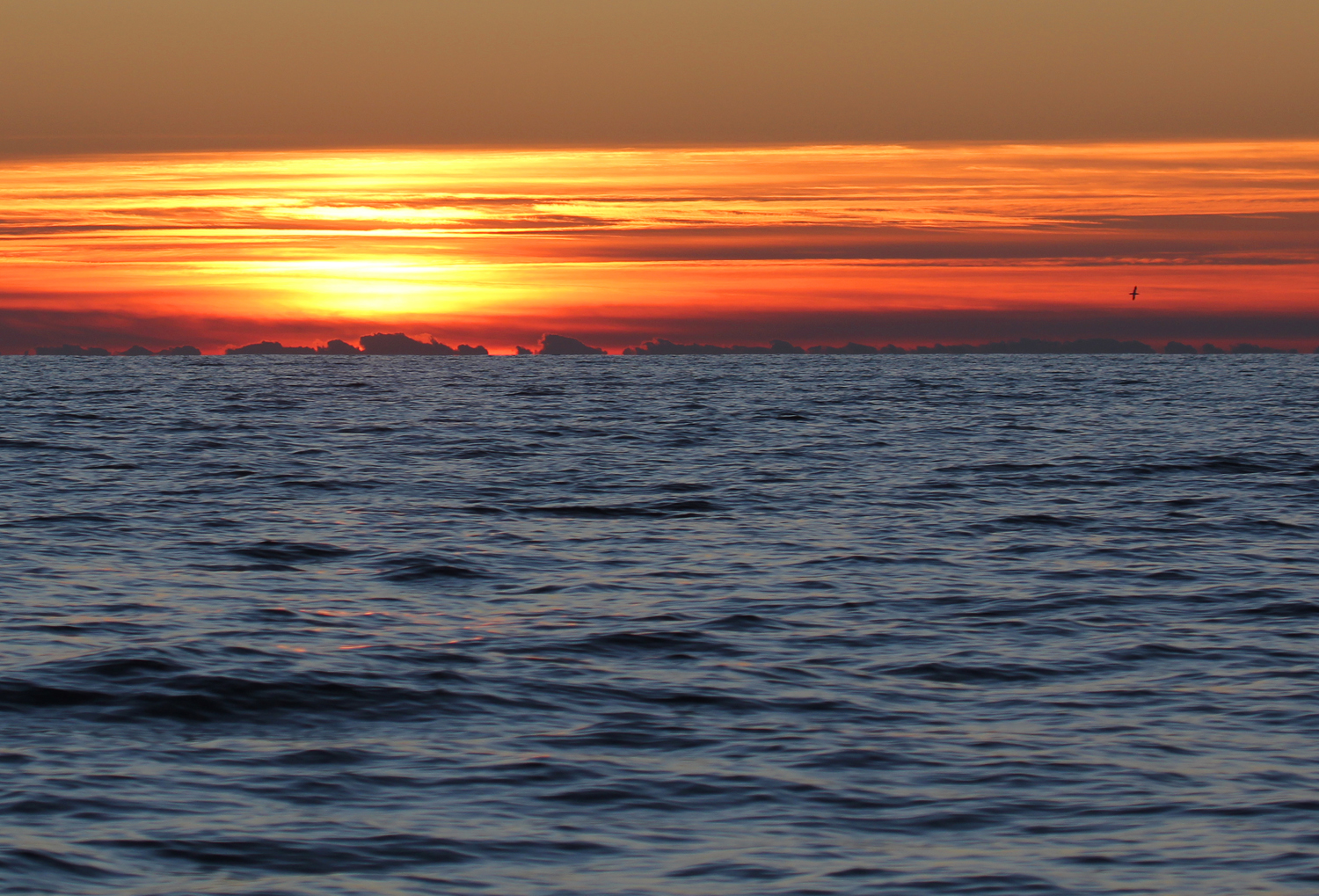
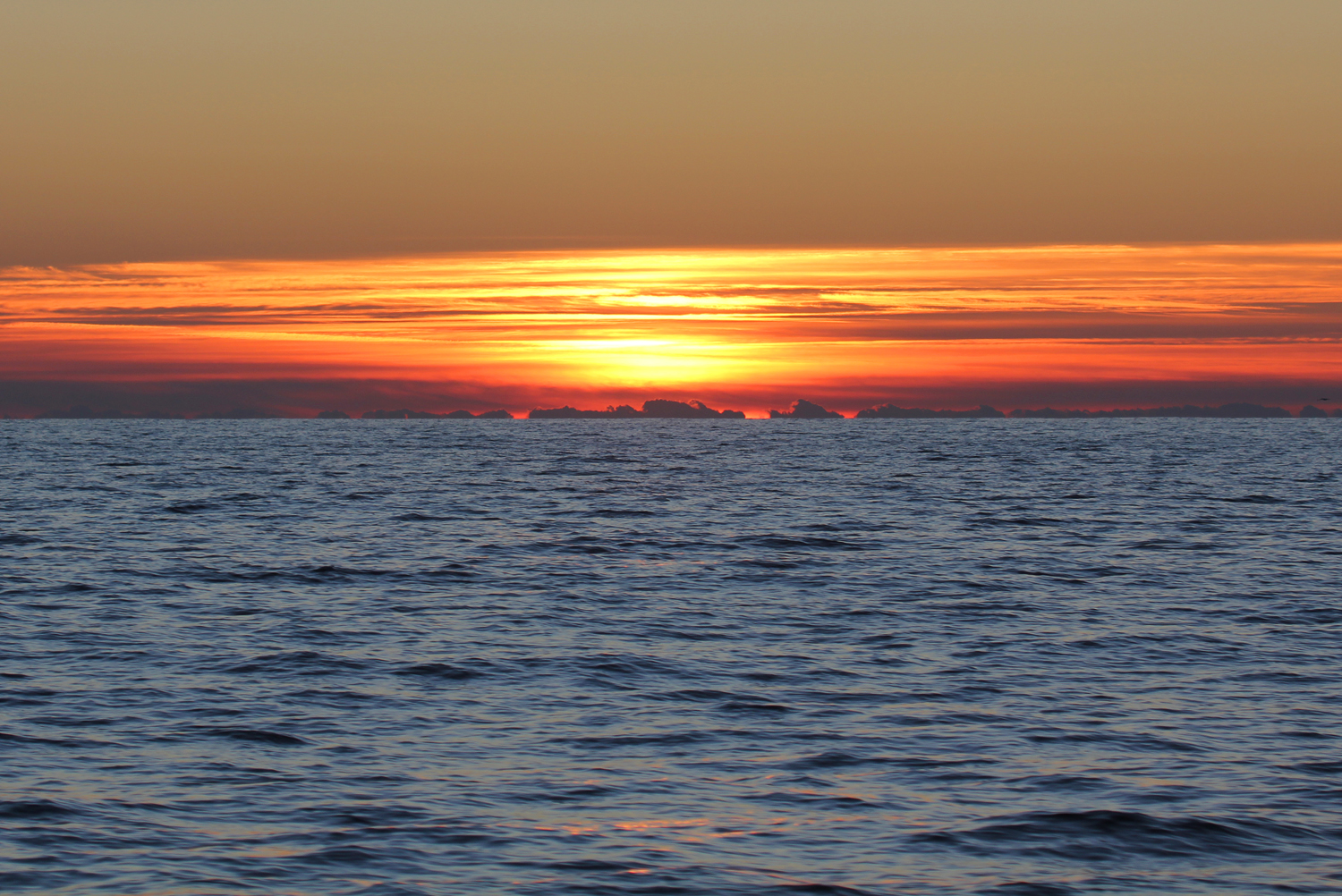
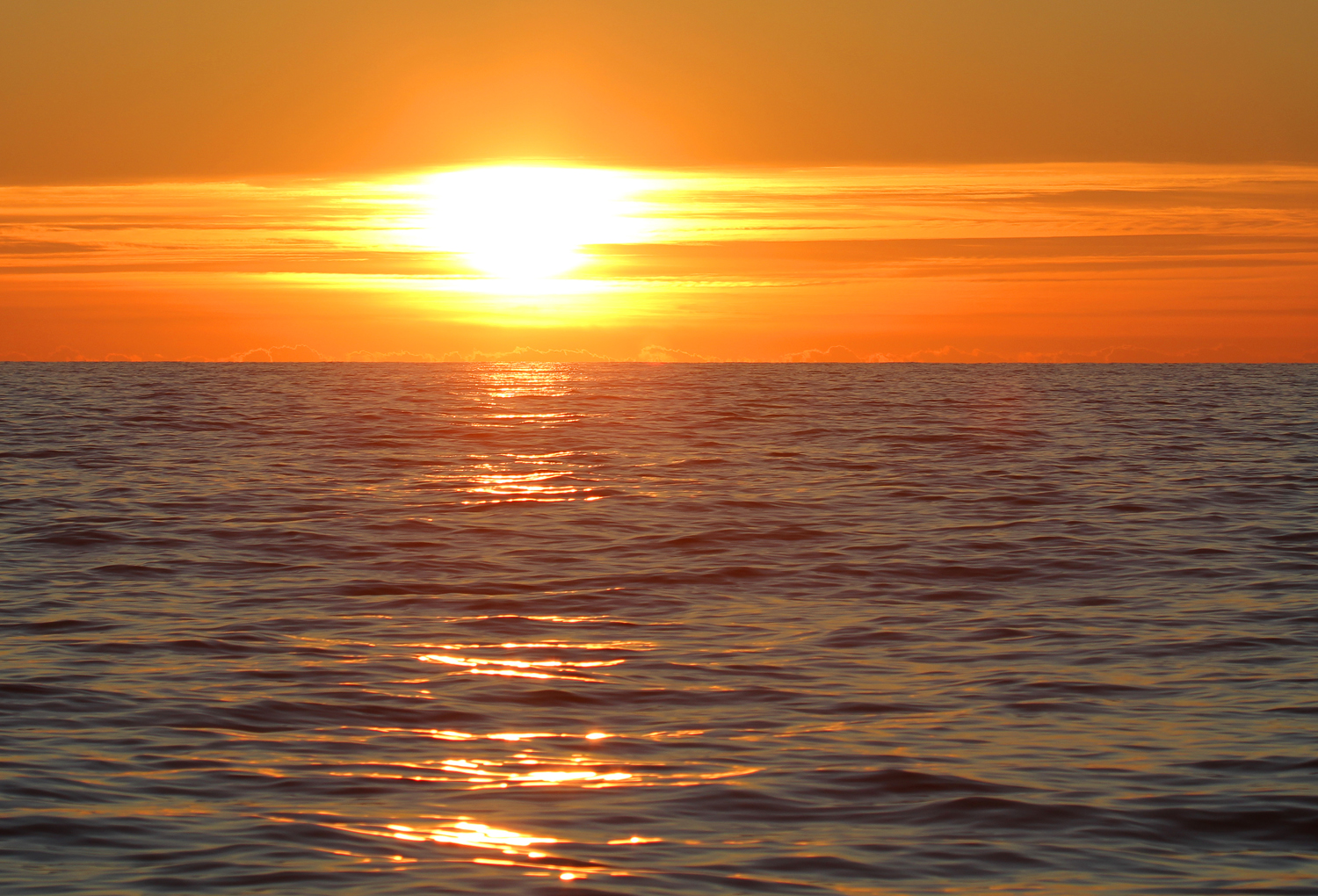
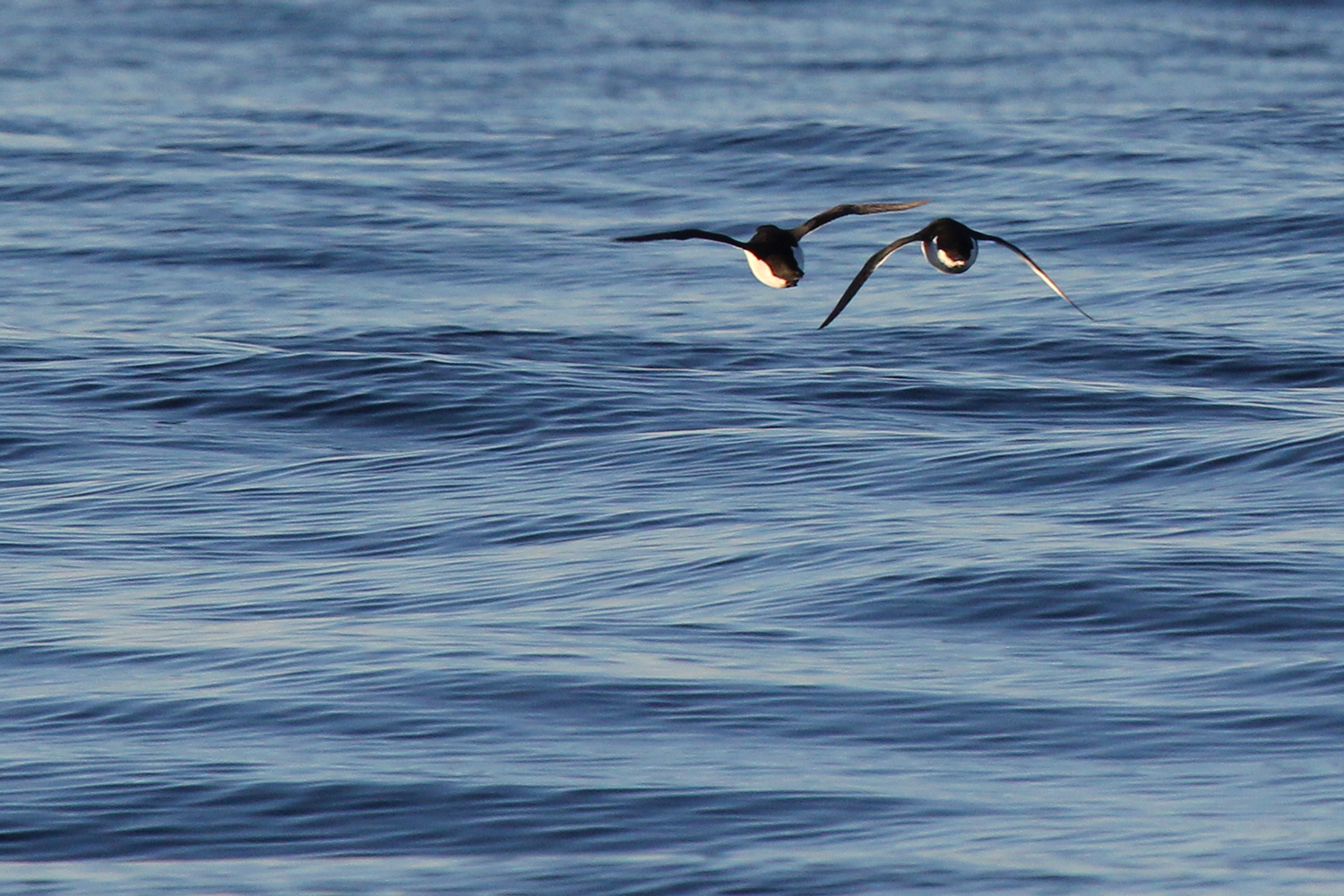

For those hoping to view every photograph submitted for Virginia Beach during this period, please see the complete listing for the month of January located on eBird’s Media explorer by clicking here! Please remember, anyone with an eBird account also has the ability to rate these photographs (1-5 stars), and based on the average rating, this is how eBird populates anything media-driven on the website, particularly the Illustrated Checklists! So, if you're one of the many folks who enjoy looking at photographs of birds, take some time to click them all and rate them, it helps make eBird better and better each day!
Next Entry | Entry Index | Previous Year | Previous Entry
For further information regarding this thrice-monthly, online publication, please visit the Journal Overview Page which provides an in-depth explanation of the format, layout and composition of the journal. As always, thank you for reading, and please leave me a comment below (you may use your Facebook, Gmail or other accounts to easily do so), or just click the Heart icon to the lower right of this post to let me know you stopped in!
